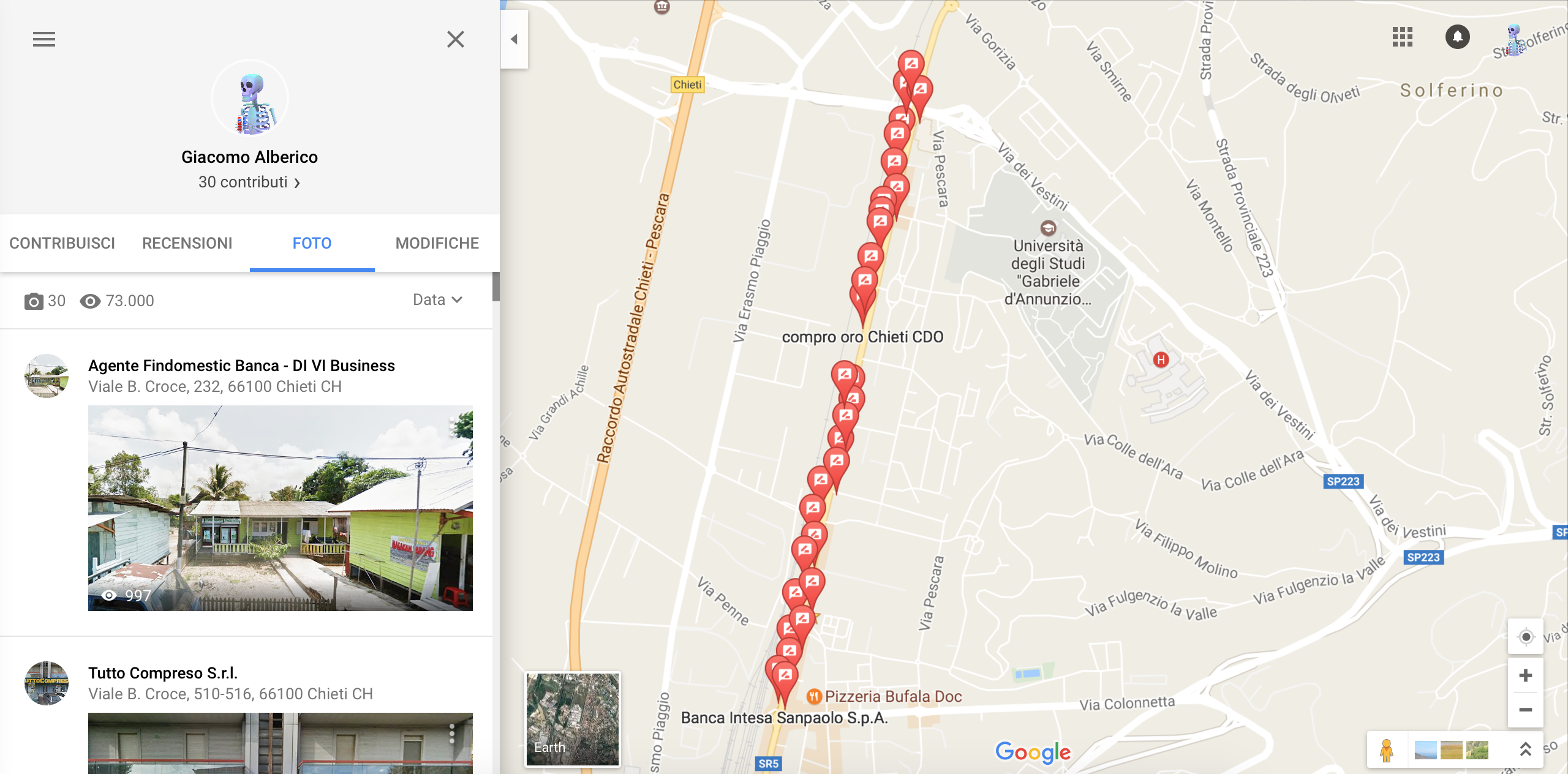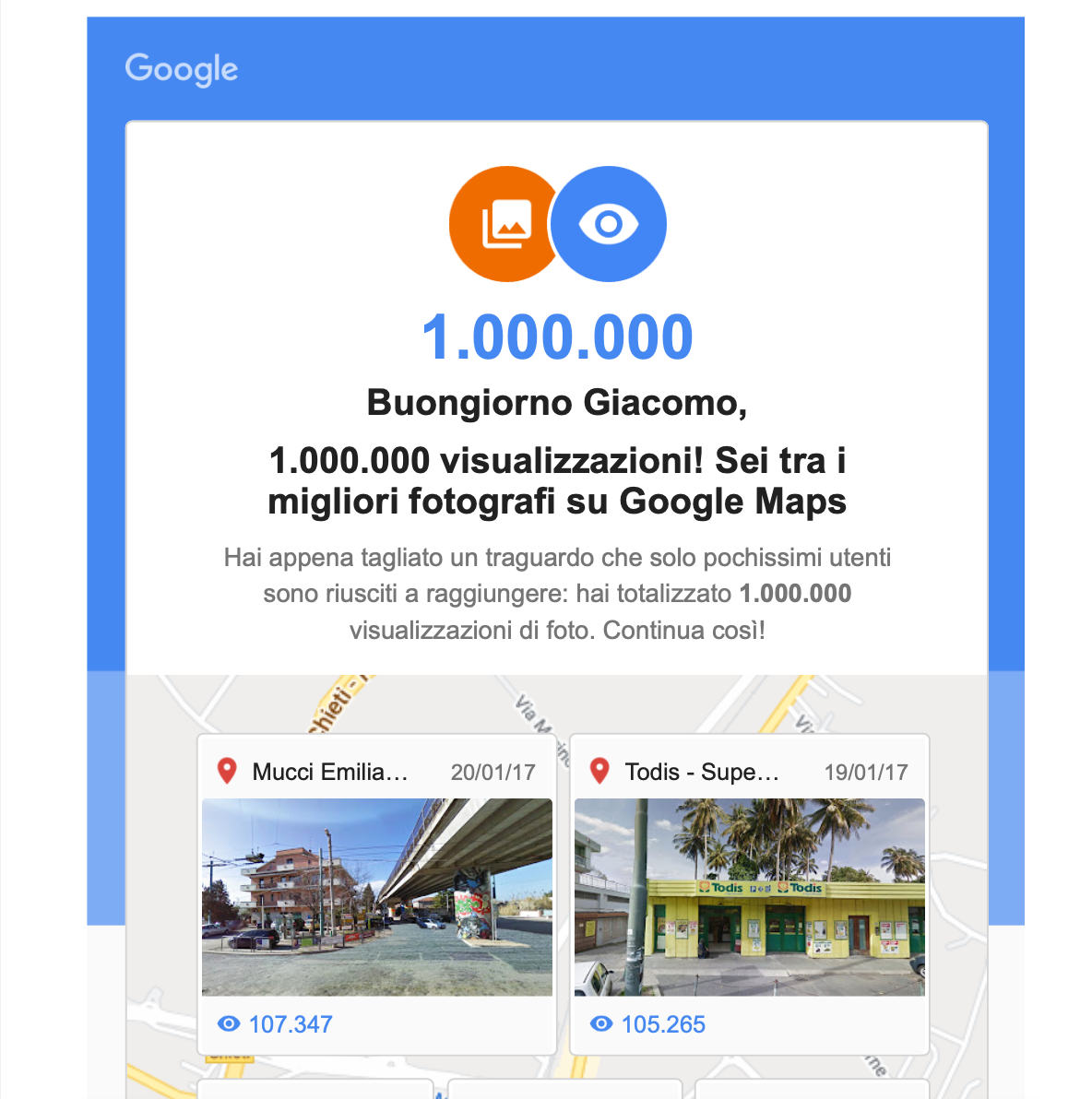Terra Terra
(2020-2021)
(2020-2021)
Book will be published by XYZ Books in 2025.
Project informations soon.
Project informations soon.
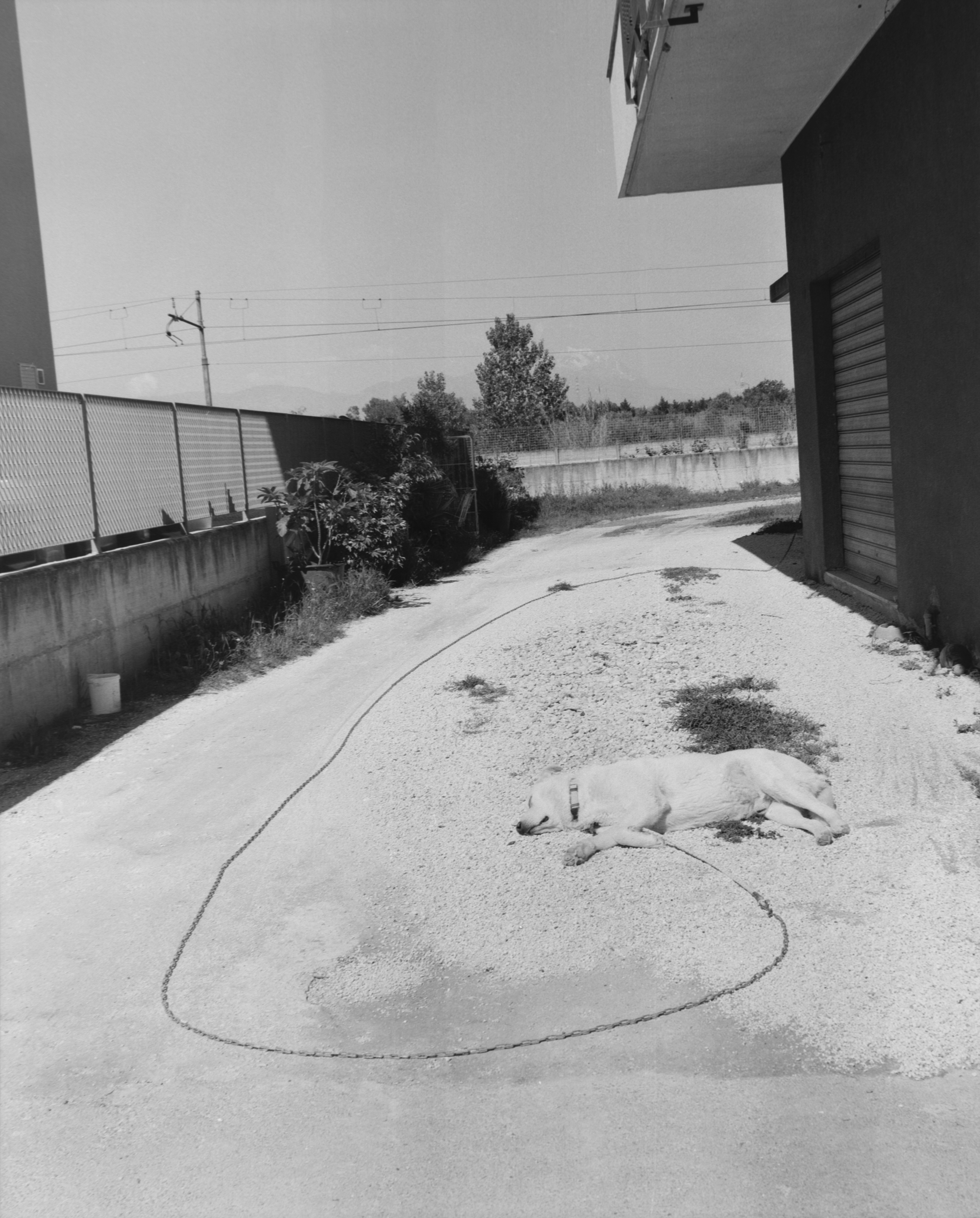


After The Gold Rush
(2020)
Exhibition: Ragusa Foto Festival in Sicily, Italy.
Online: Float Magazine - Pellicola Magazine - Still Fotografia Gallery
(2020)
Exhibition: Ragusa Foto Festival in Sicily, Italy.
Online: Float Magazine - Pellicola Magazine - Still Fotografia Gallery
The Visigoth king Alarico I in 410 AD carried out the famous 'Sack of Rome' with his army. By conquering the city of Rome he plundered a huge amount of gold, silver and even some relics from the Temple of Jerusalem. During the journey to reach the African coast, Alarico and his army are hit by a strong storm at sea, which destroying the fleet will force them to stop on the coast of Calabria and then take refuge in Cosenza.
The king, according to legend, died shortly afterwards of an illness and was buried with the famous treasure in the riverbed of the Busento river that passes through the historical centre of the city. In the years to come, well-known personalities, researchers and simple amateurs will try in vain to find this unknown place.
(italian)
Il re visigoto Alarico I nel 410 d.C compie con il suo esercito il celebre ‘Sacco di Roma’. Conquista la città razziando un enorme quantità d’oro, argento ed antiche reliquie. Nel viaggio per raggiungere le coste africane, Alarico e il suo esercito vengono investiti da una forte tempesta in mare, che li costringerà a fermarsi sulle coste della Calabria per poi rifugiarsi a Cosenza.
Il re, secondo la leggenda, morirà poco dopo per una malattia e verrà sepolto con il famoso tesoro nel letto del fiume Busento che attraversa il centro storico della città. Negli anni a venire, personaggi noti, nazisti tedeschi, archeologi e semplici amatori tenteranno invano di ritrovare questo luogo ignoto.
The king, according to legend, died shortly afterwards of an illness and was buried with the famous treasure in the riverbed of the Busento river that passes through the historical centre of the city. In the years to come, well-known personalities, researchers and simple amateurs will try in vain to find this unknown place.
(italian)
Il re visigoto Alarico I nel 410 d.C compie con il suo esercito il celebre ‘Sacco di Roma’. Conquista la città razziando un enorme quantità d’oro, argento ed antiche reliquie. Nel viaggio per raggiungere le coste africane, Alarico e il suo esercito vengono investiti da una forte tempesta in mare, che li costringerà a fermarsi sulle coste della Calabria per poi rifugiarsi a Cosenza.
Il re, secondo la leggenda, morirà poco dopo per una malattia e verrà sepolto con il famoso tesoro nel letto del fiume Busento che attraversa il centro storico della città. Negli anni a venire, personaggi noti, nazisti tedeschi, archeologi e semplici amatori tenteranno invano di ritrovare questo luogo ignoto.

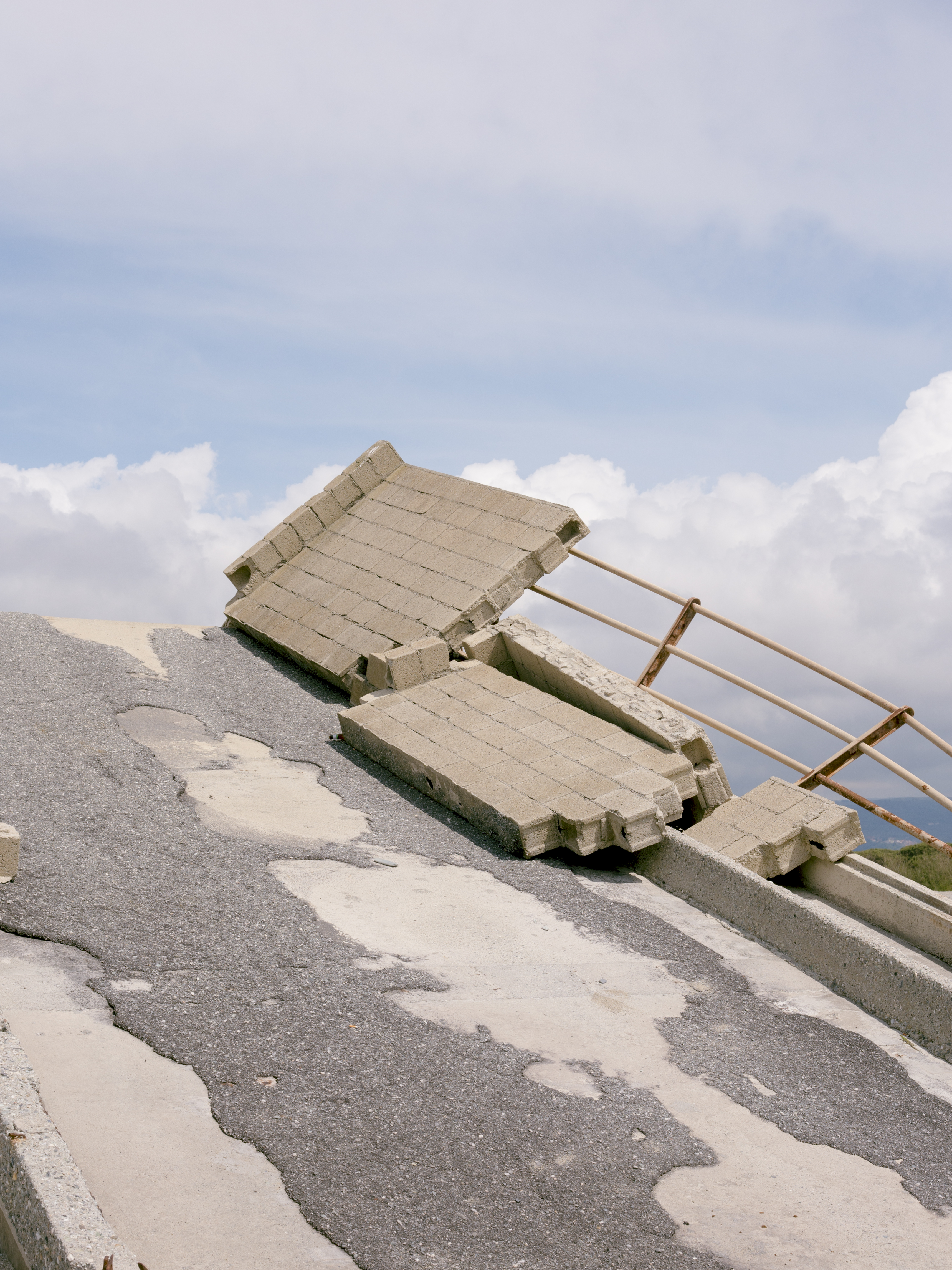
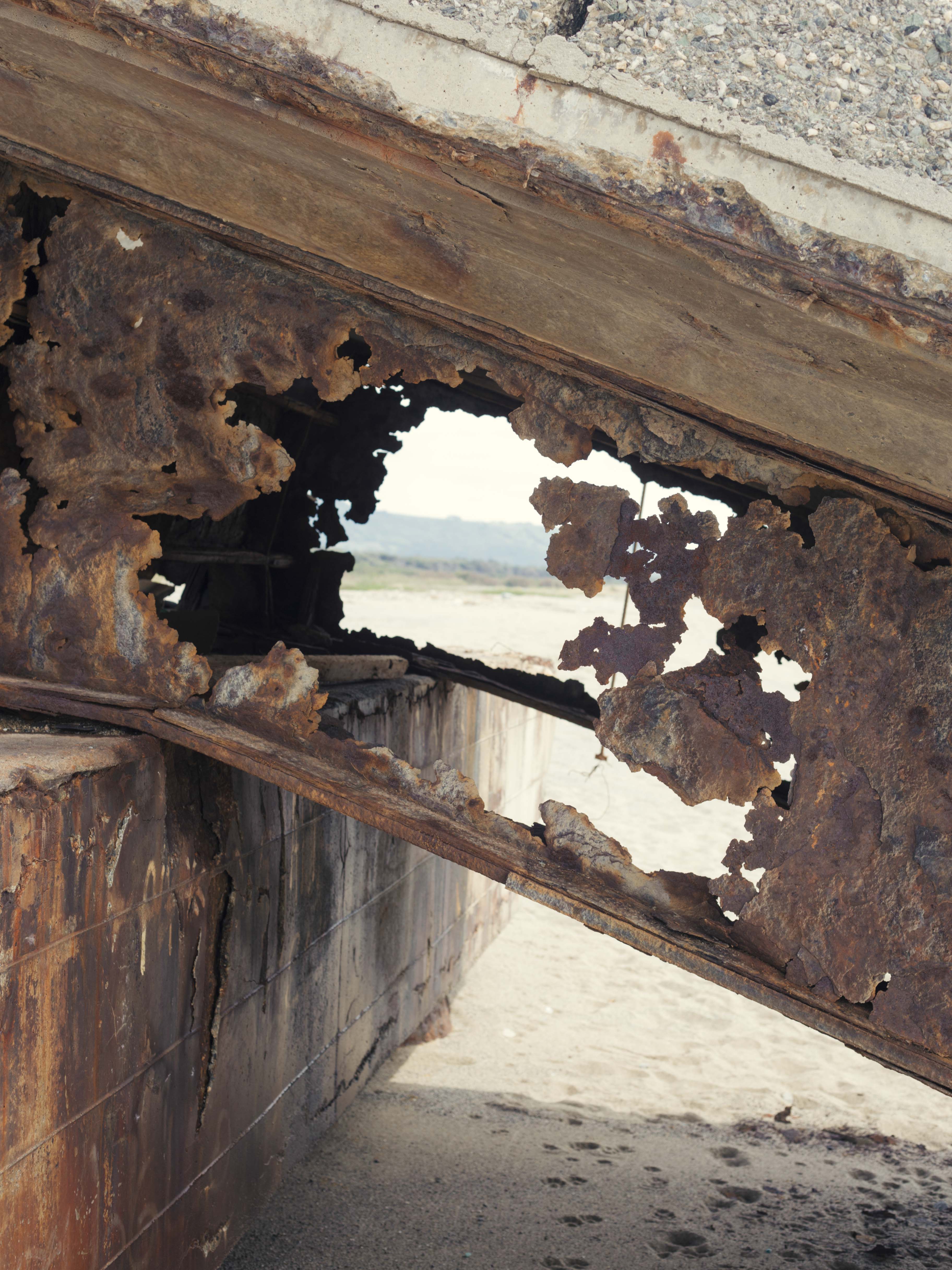
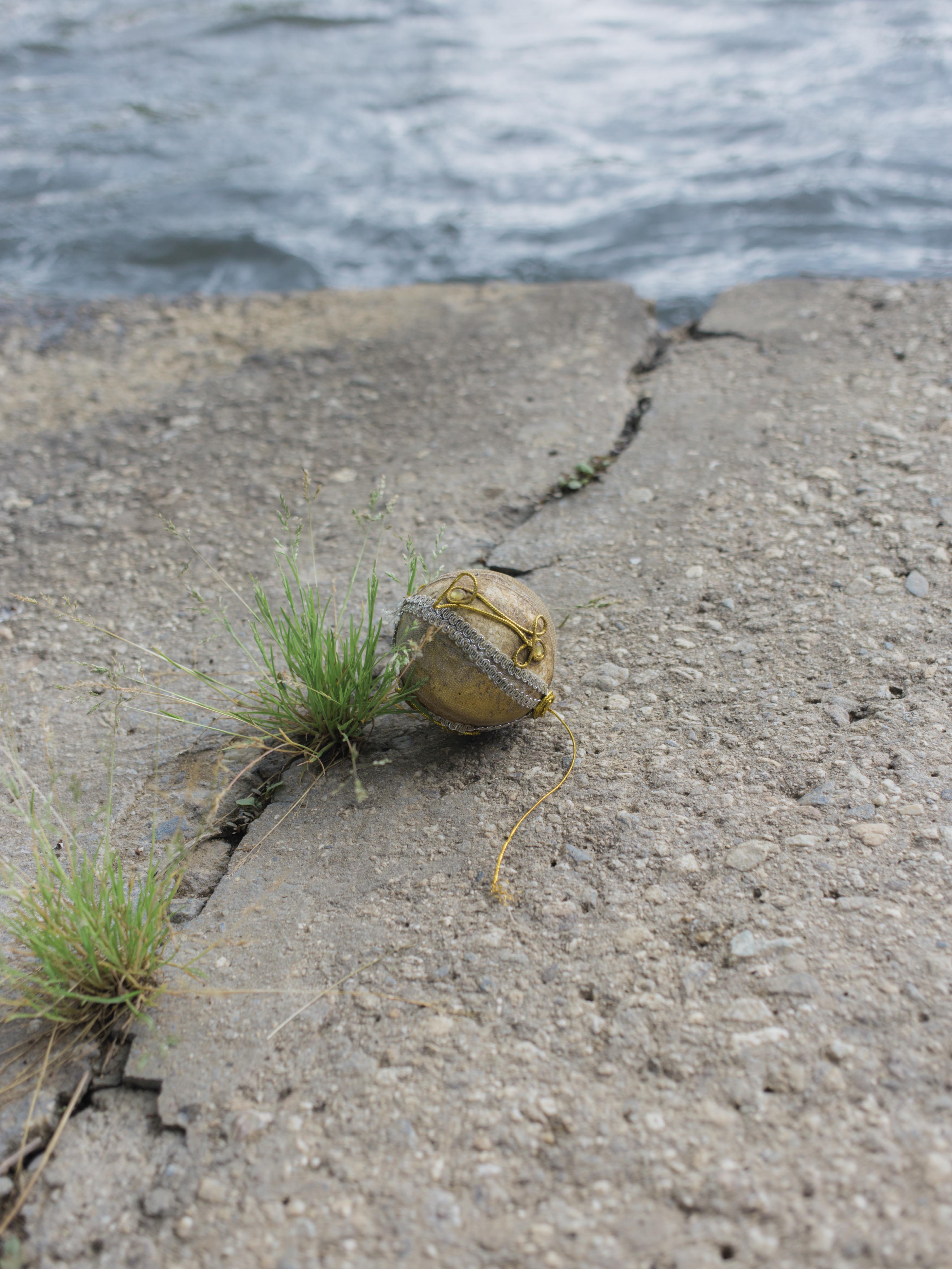
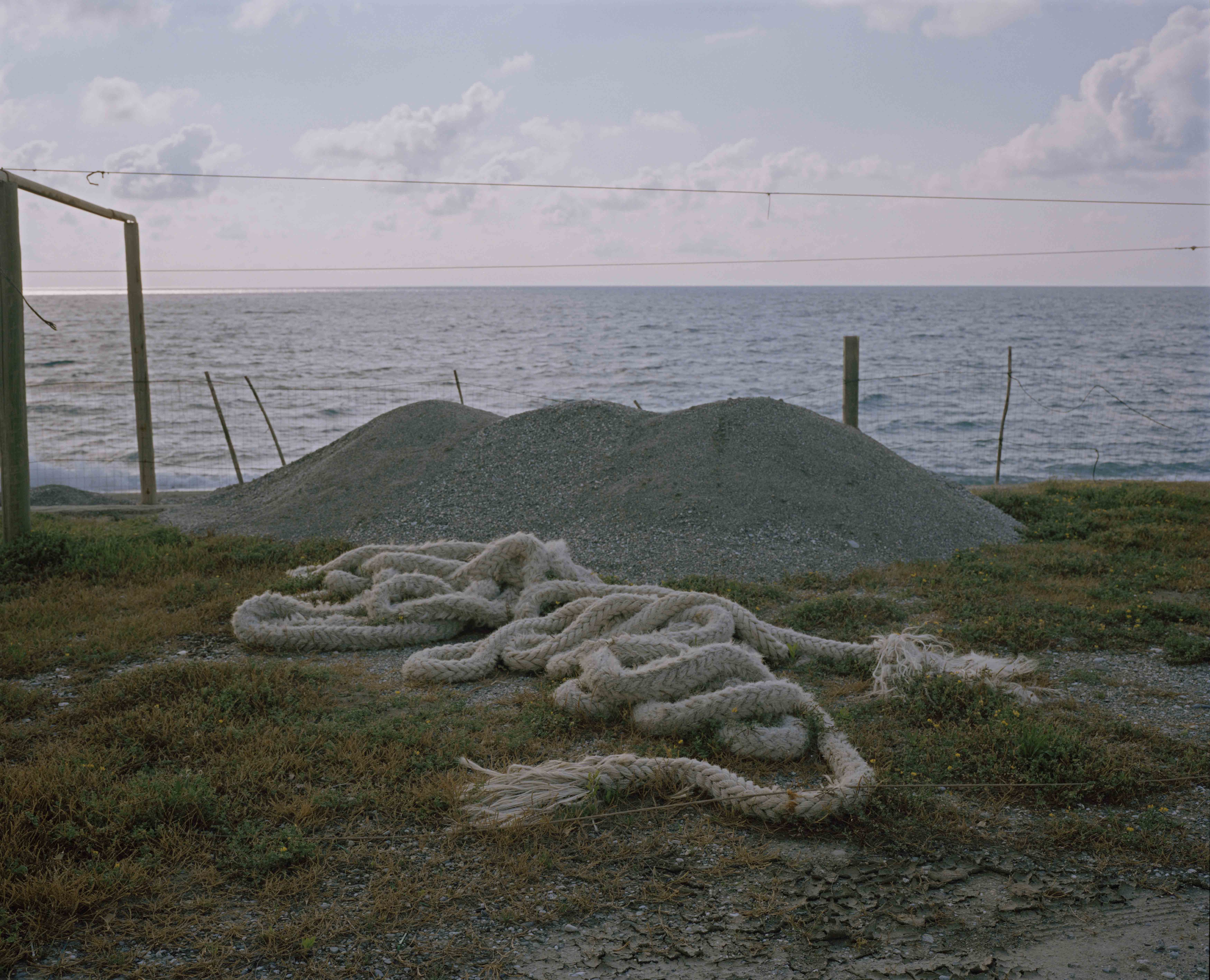
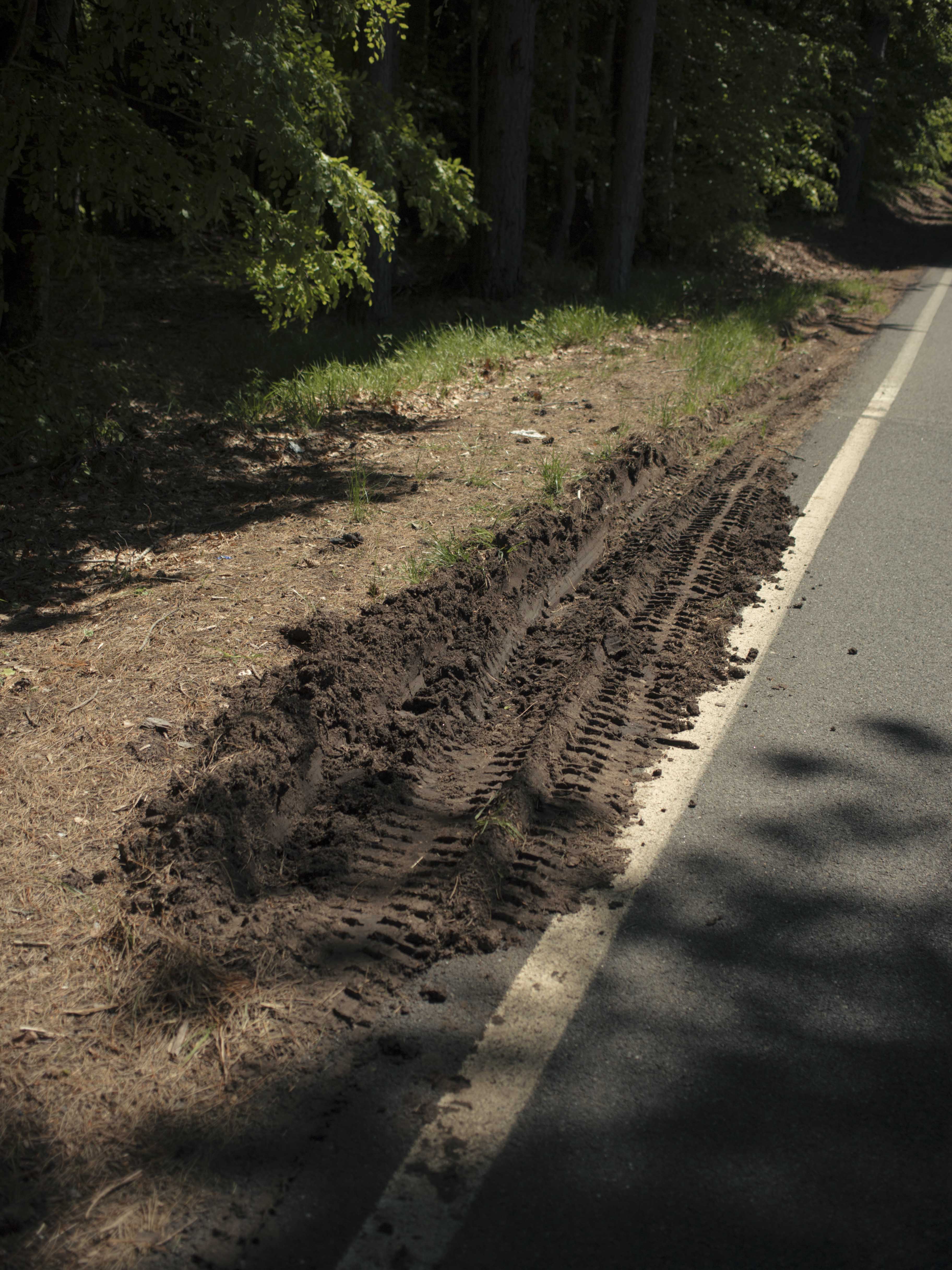

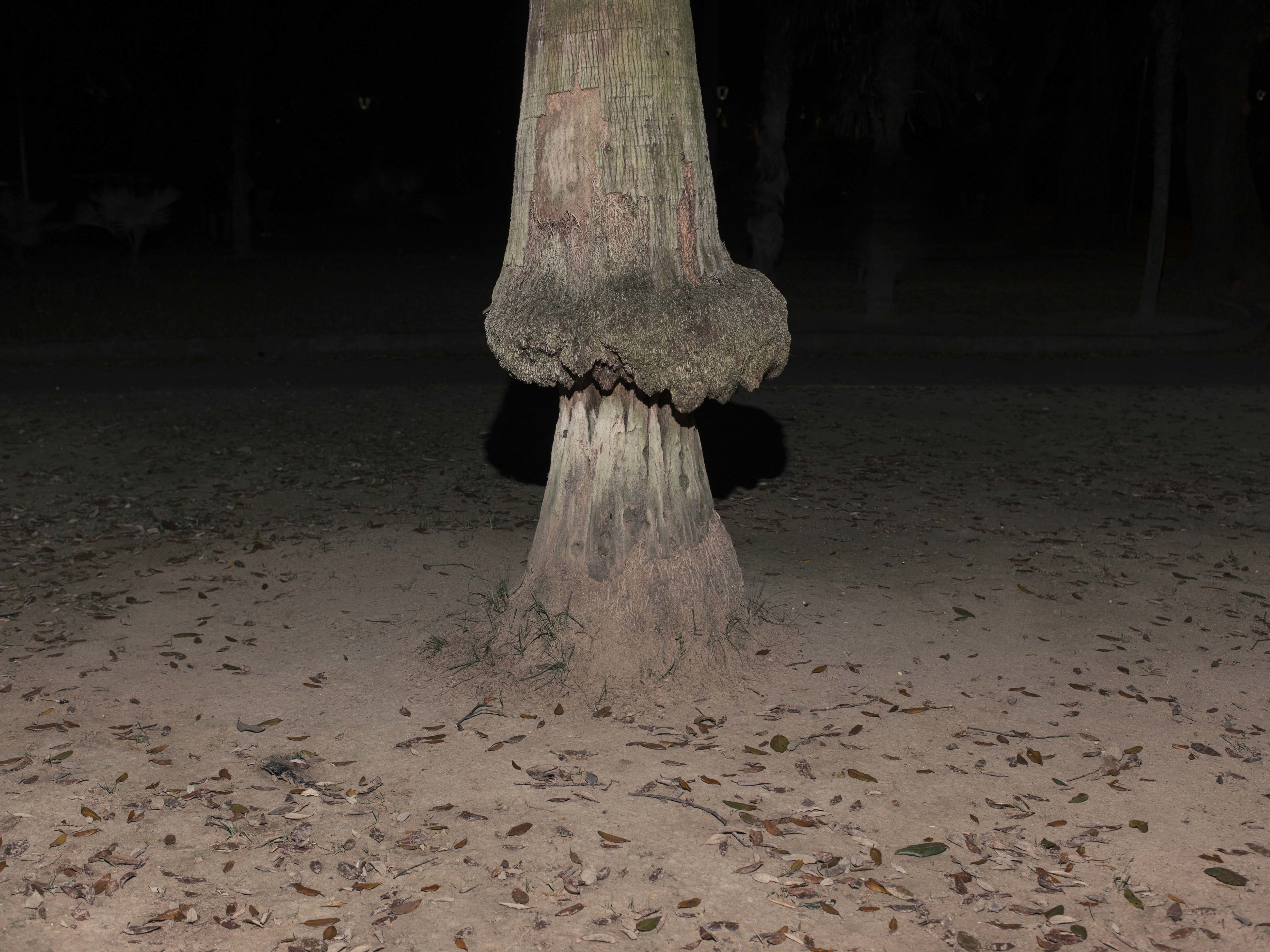

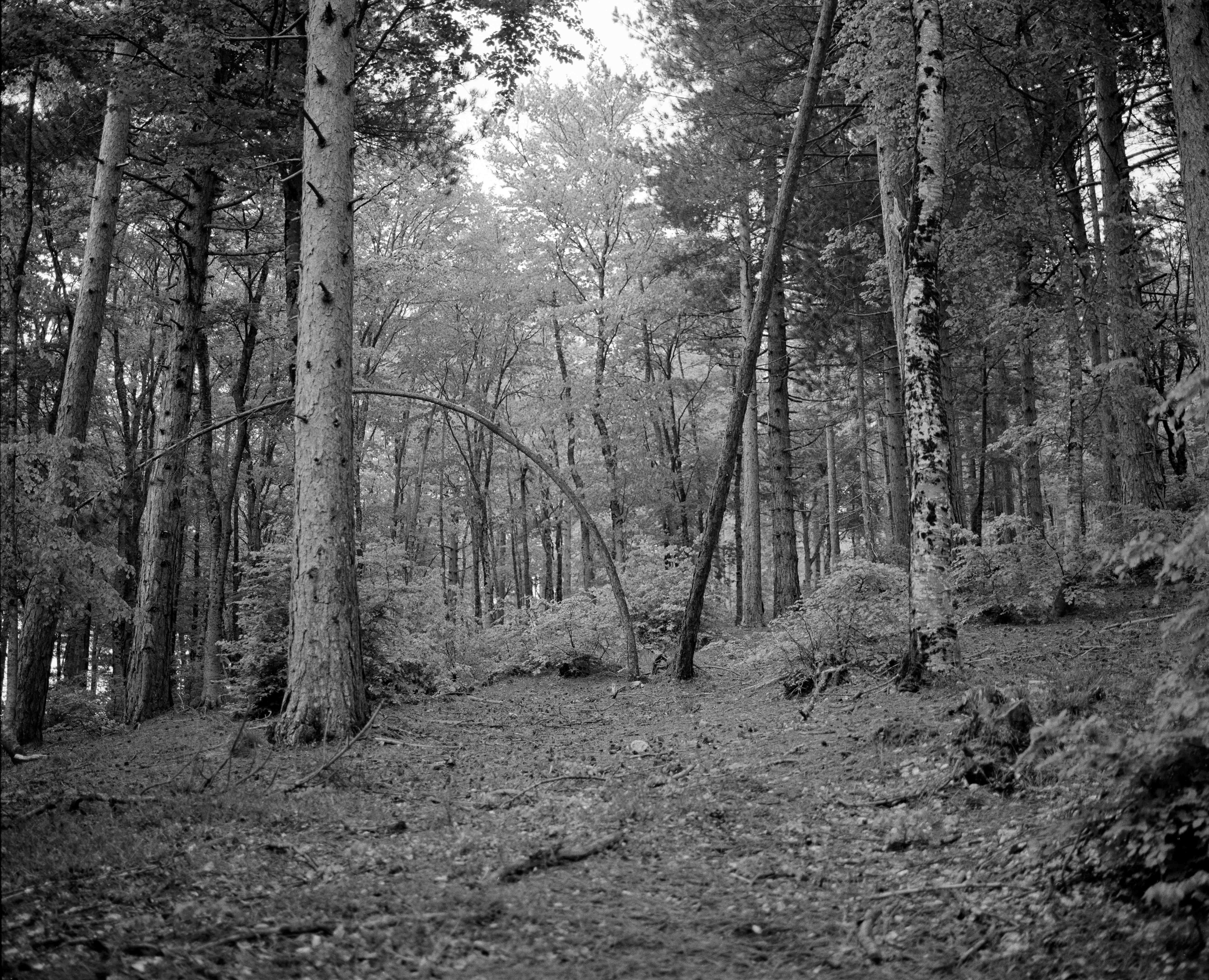
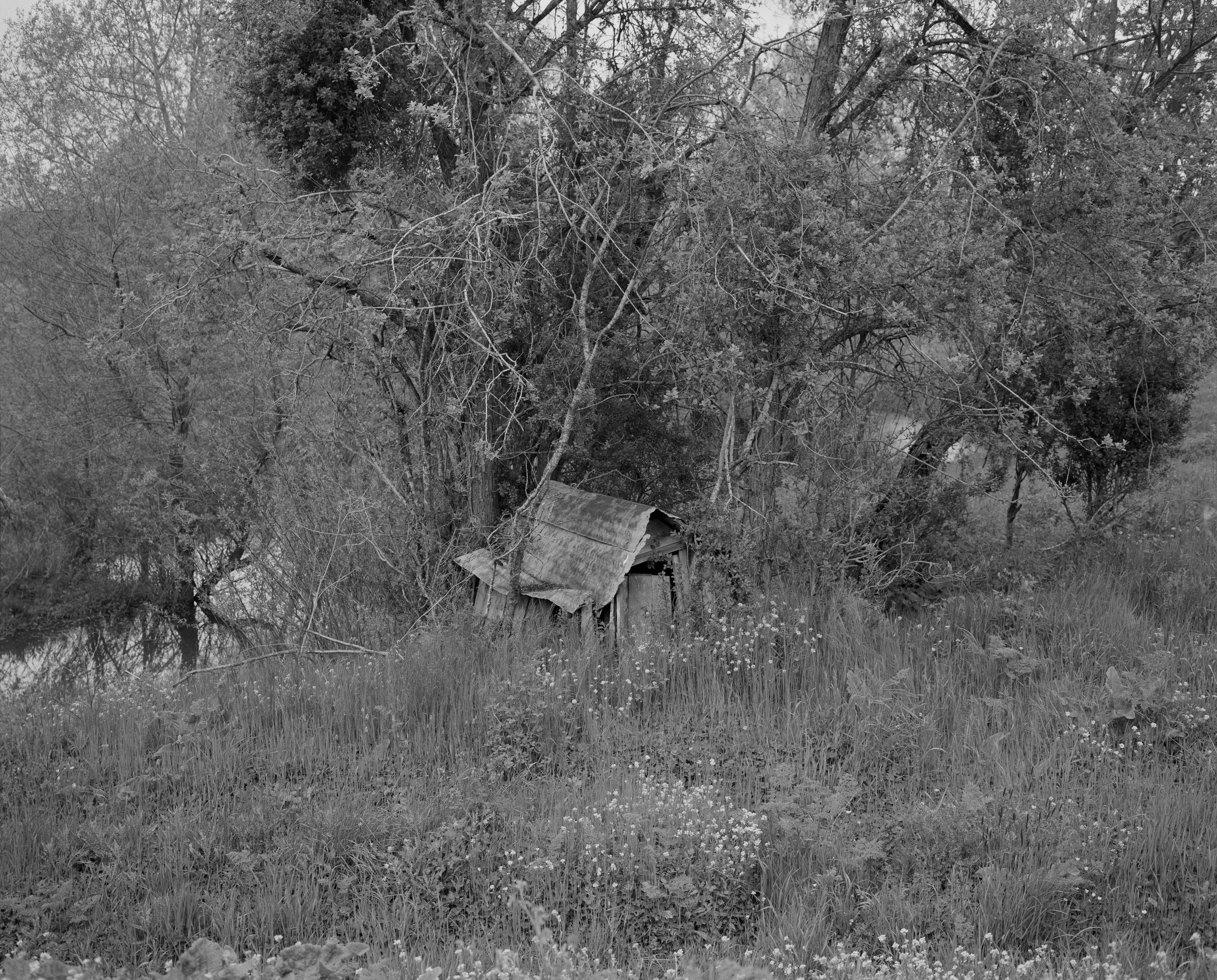
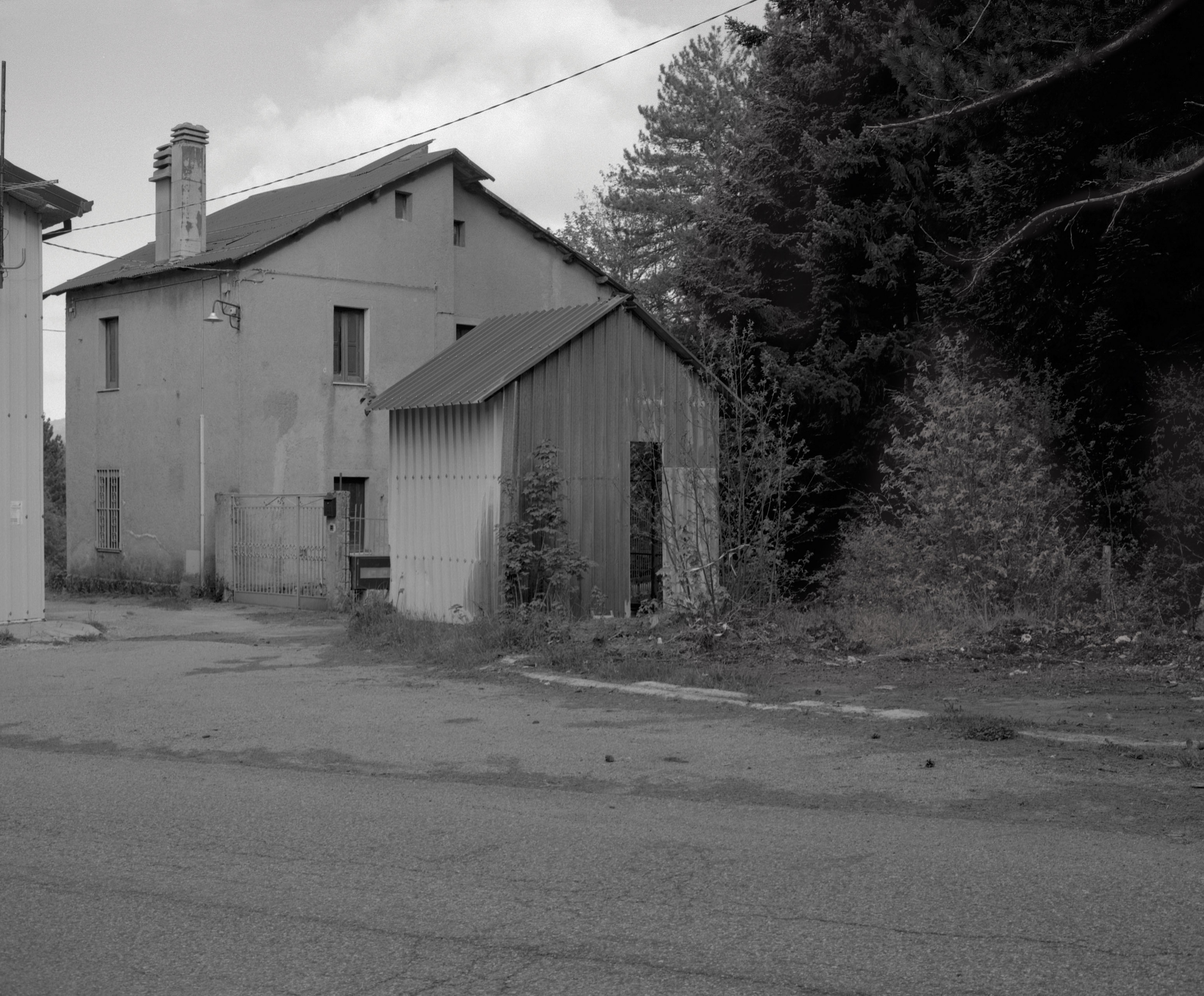
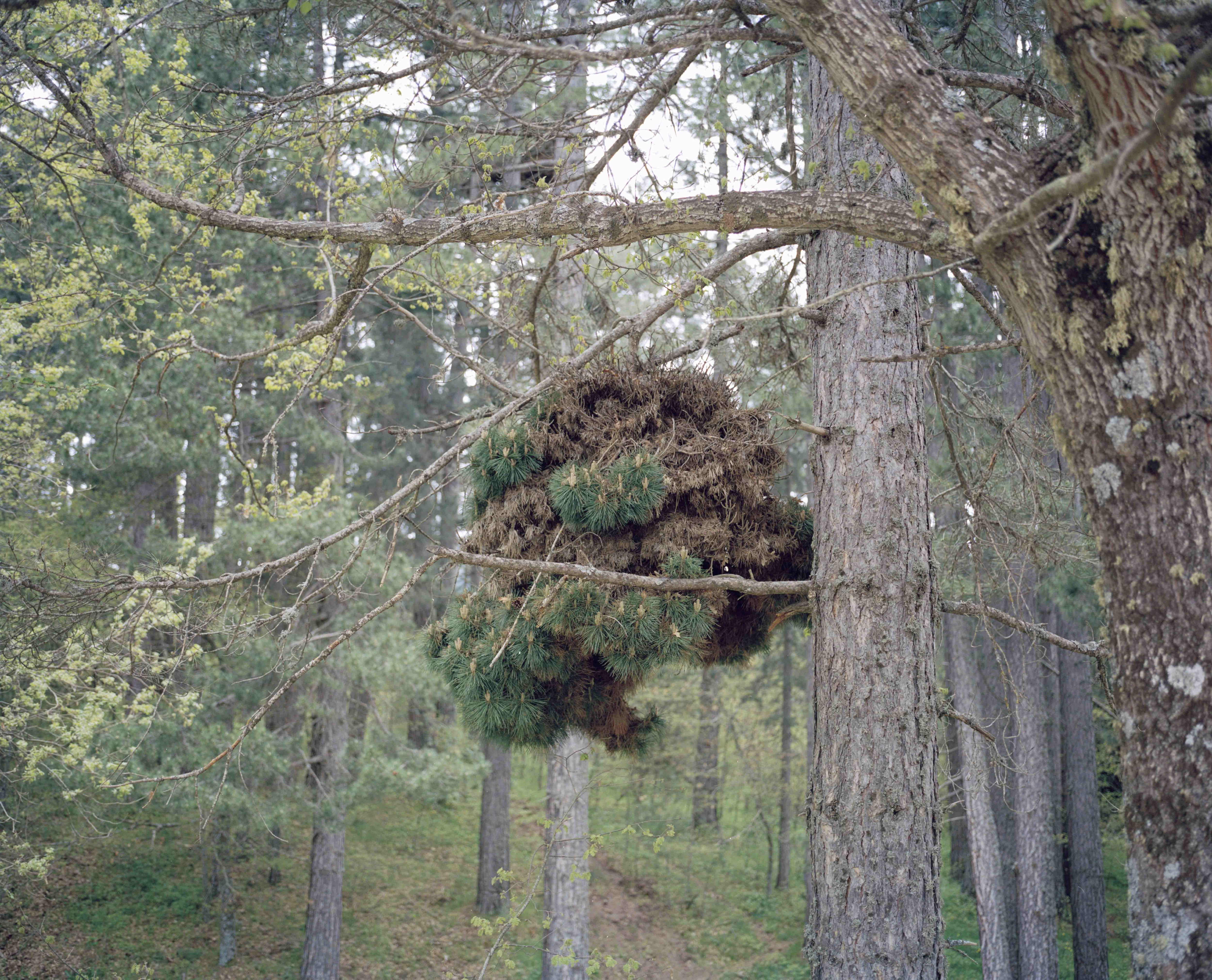
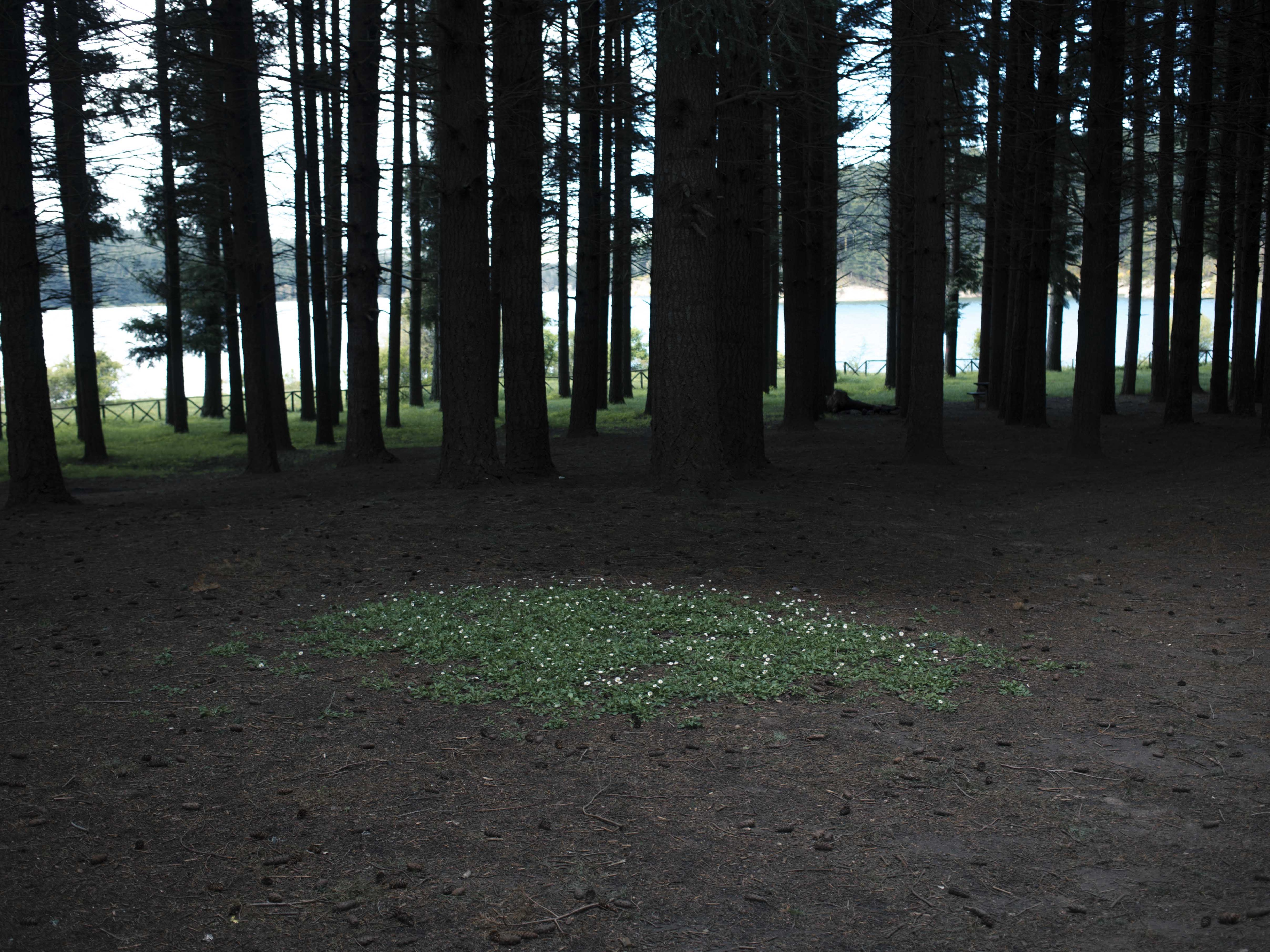
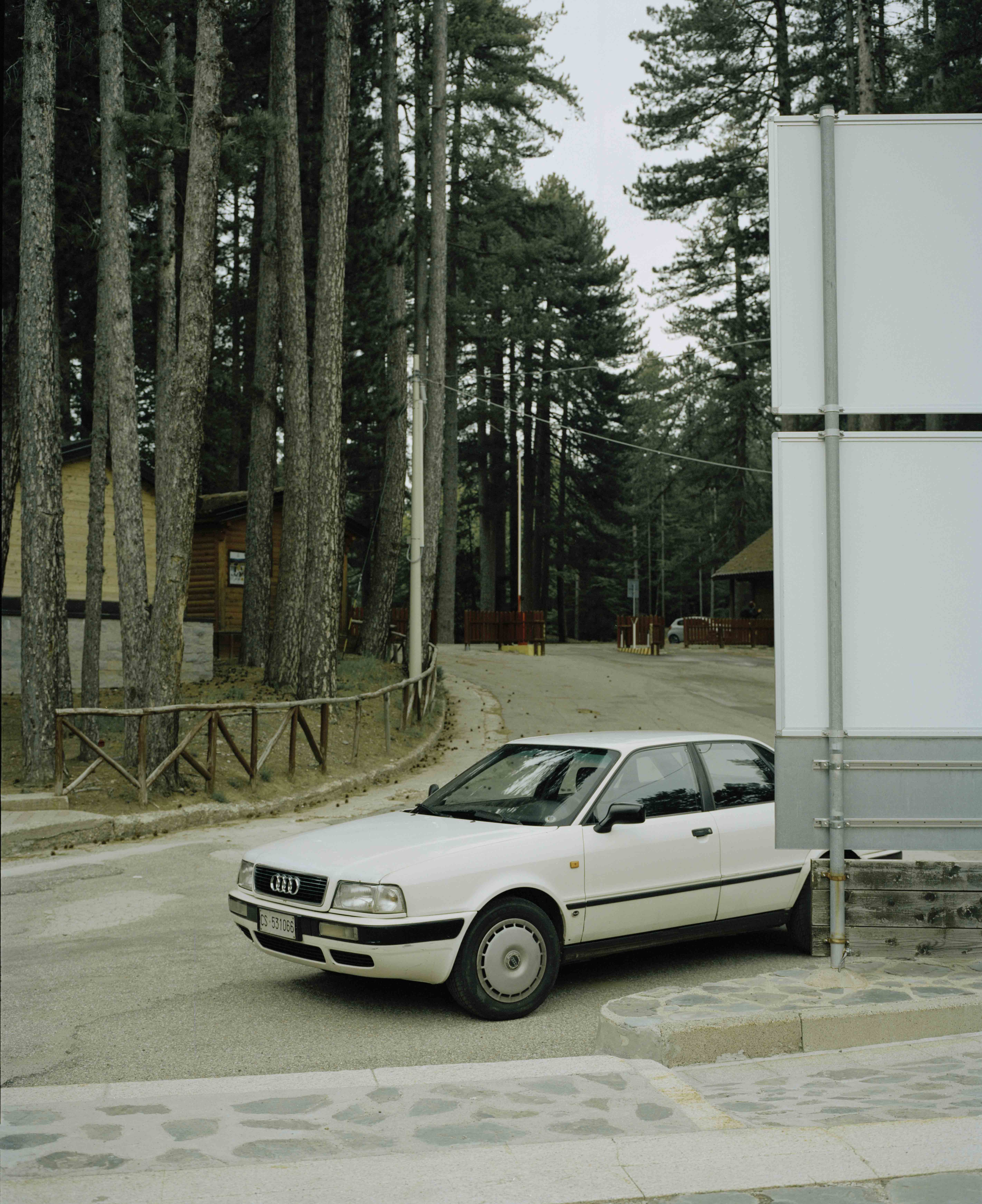
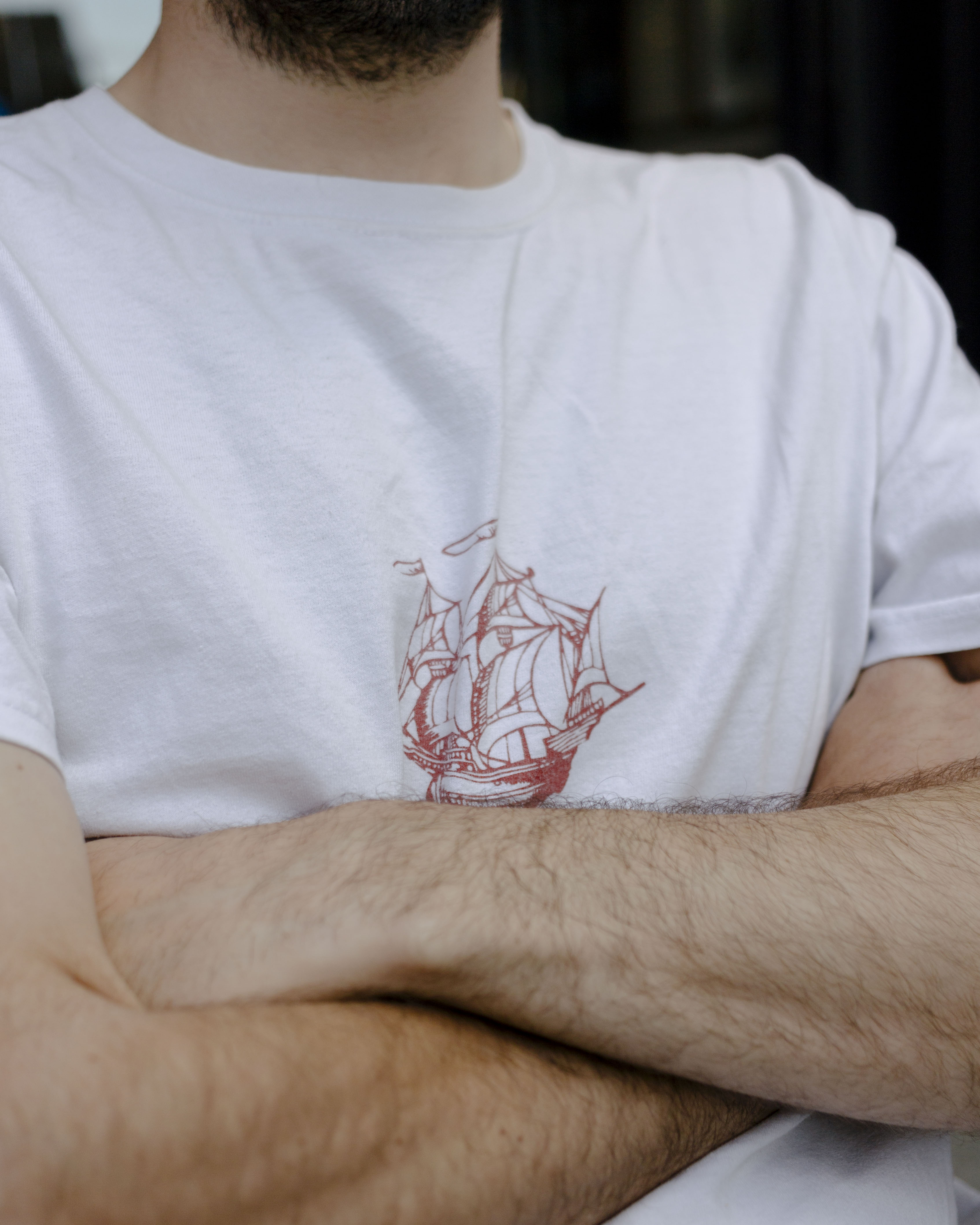
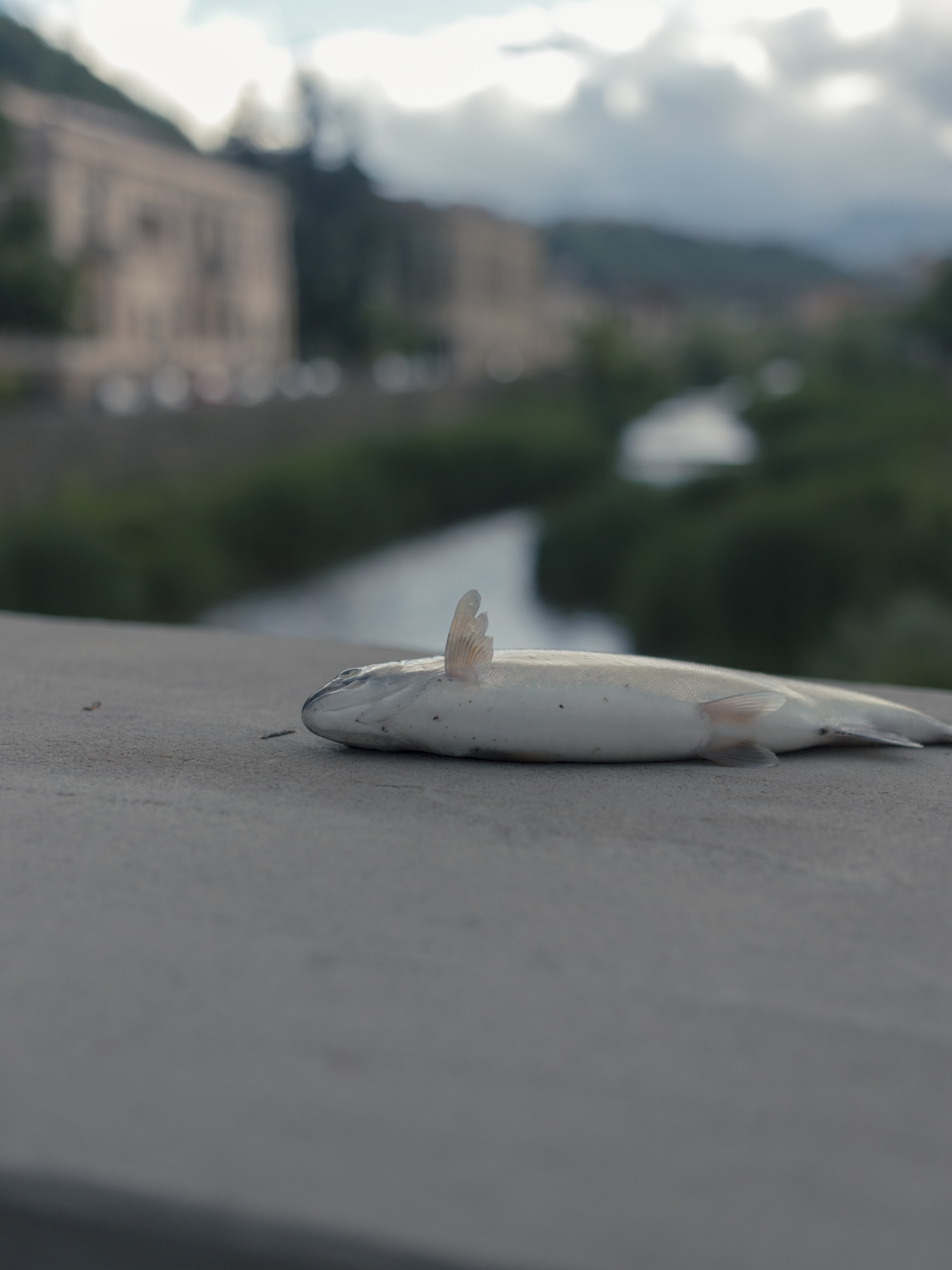
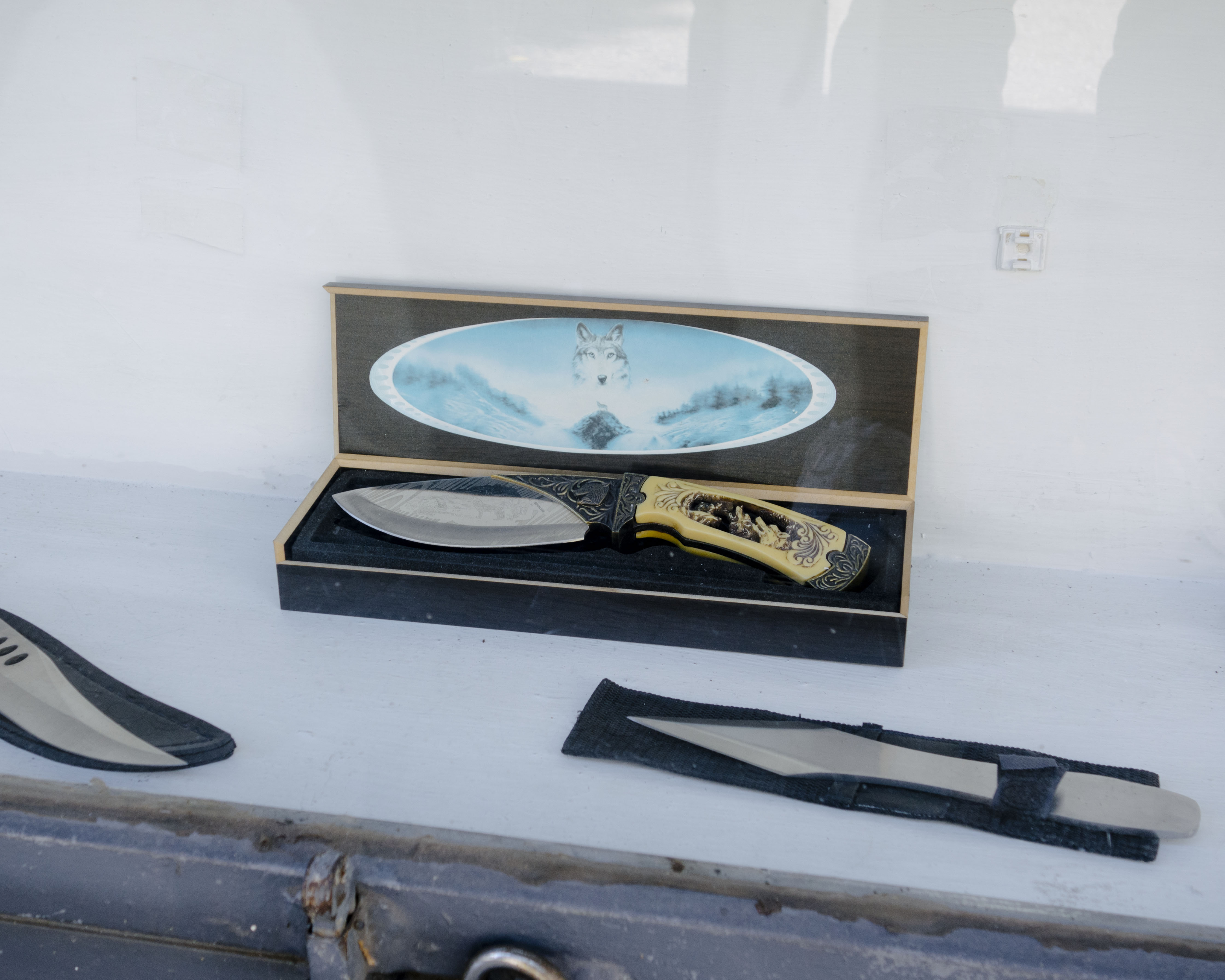


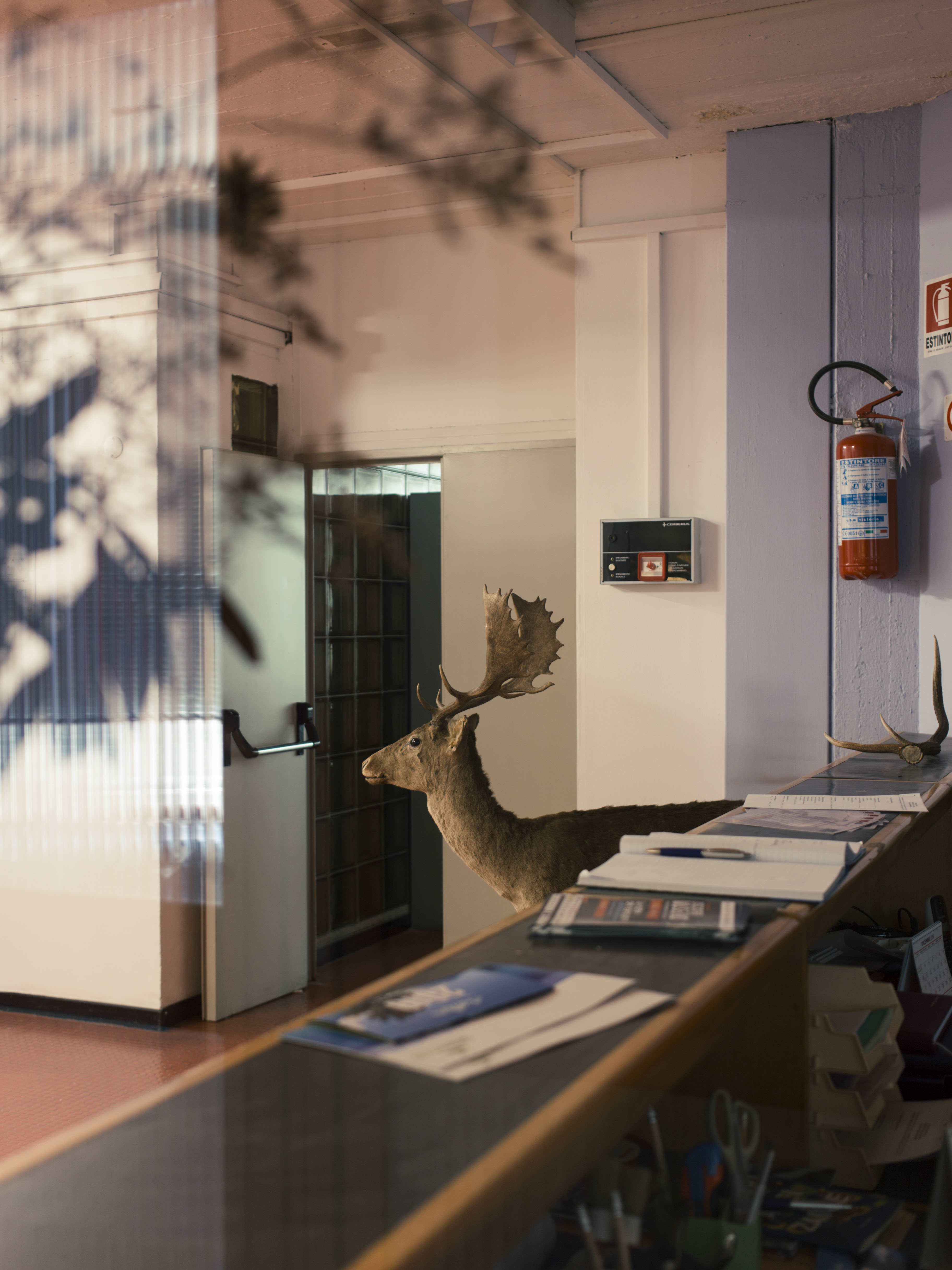
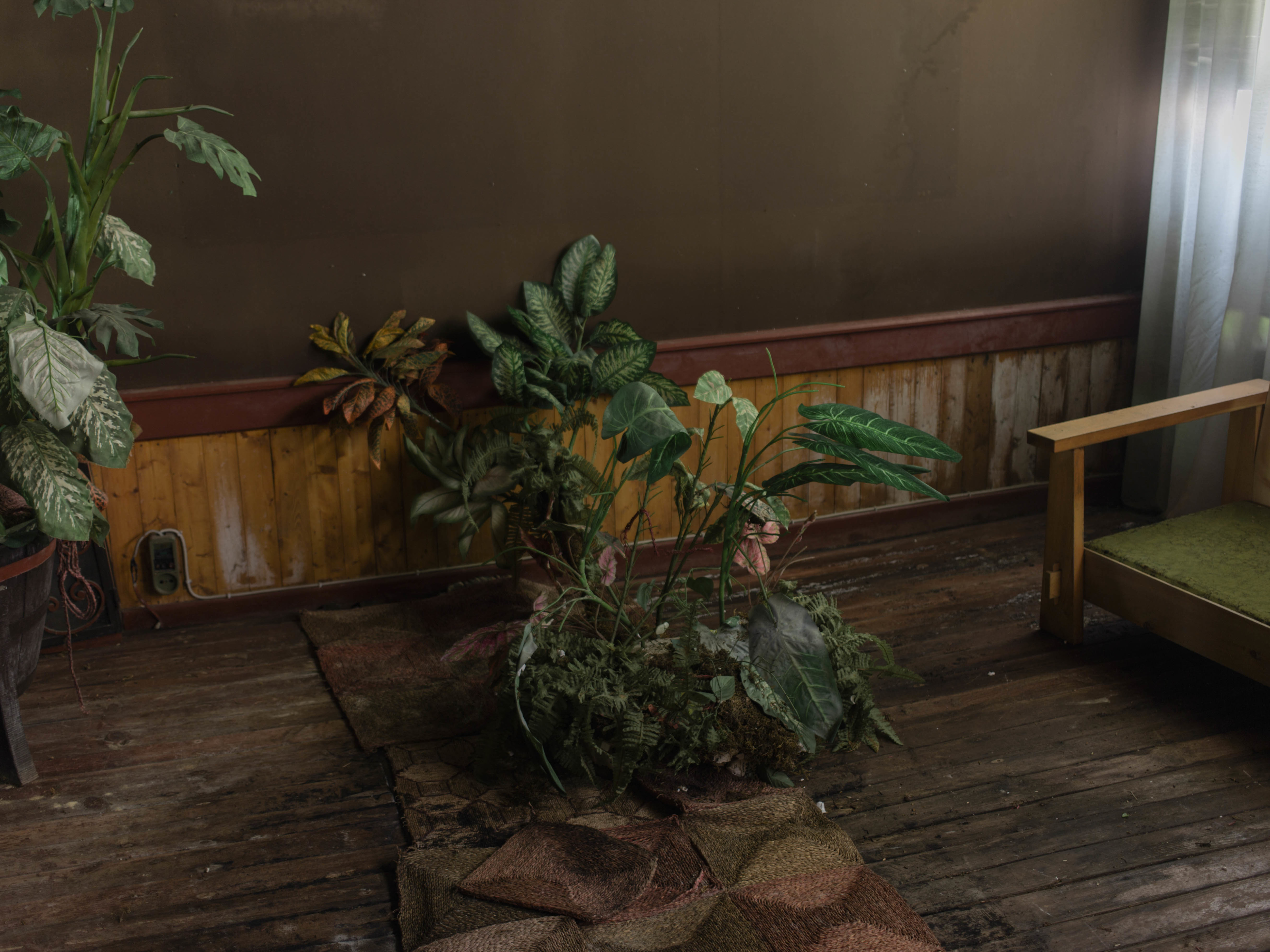
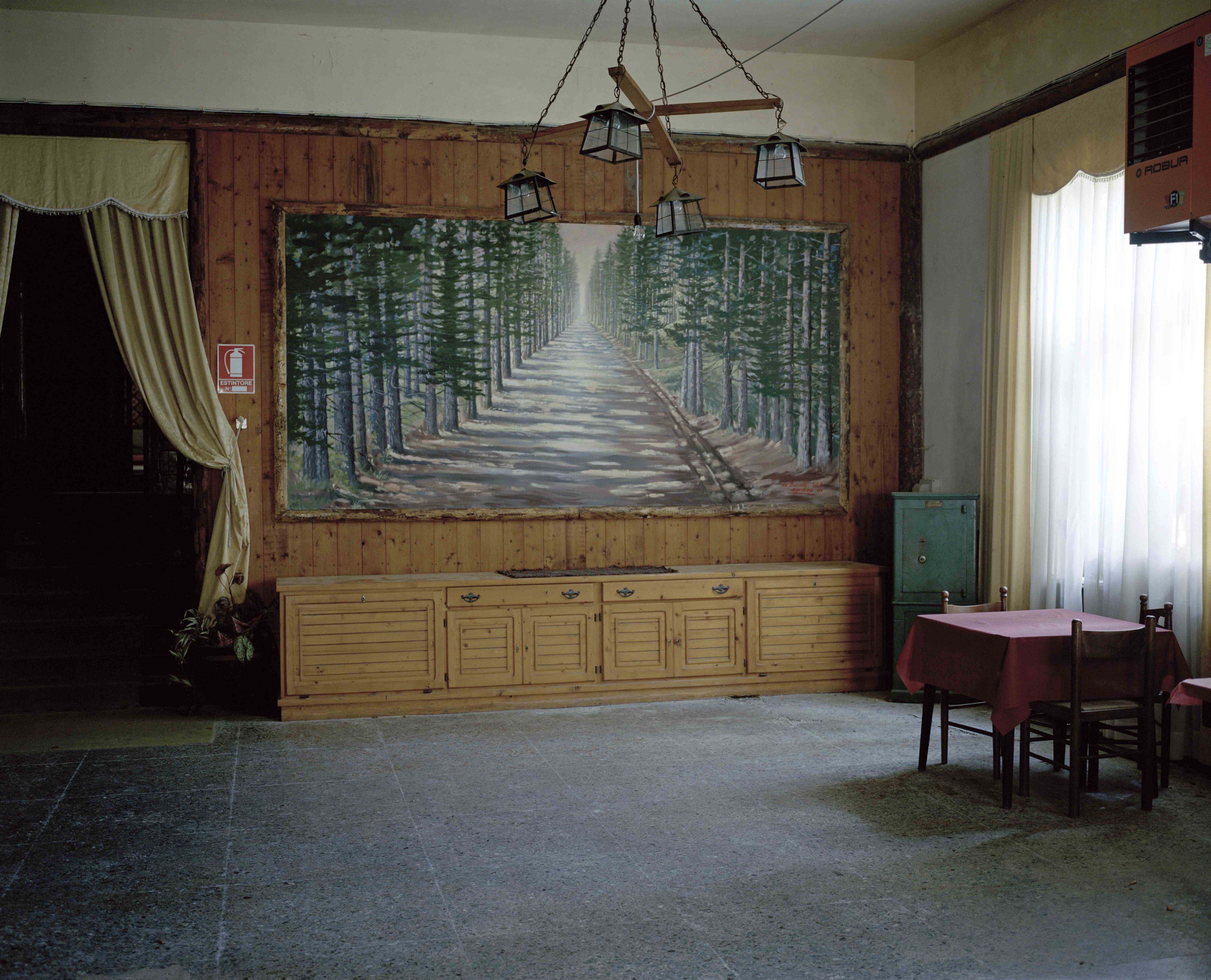
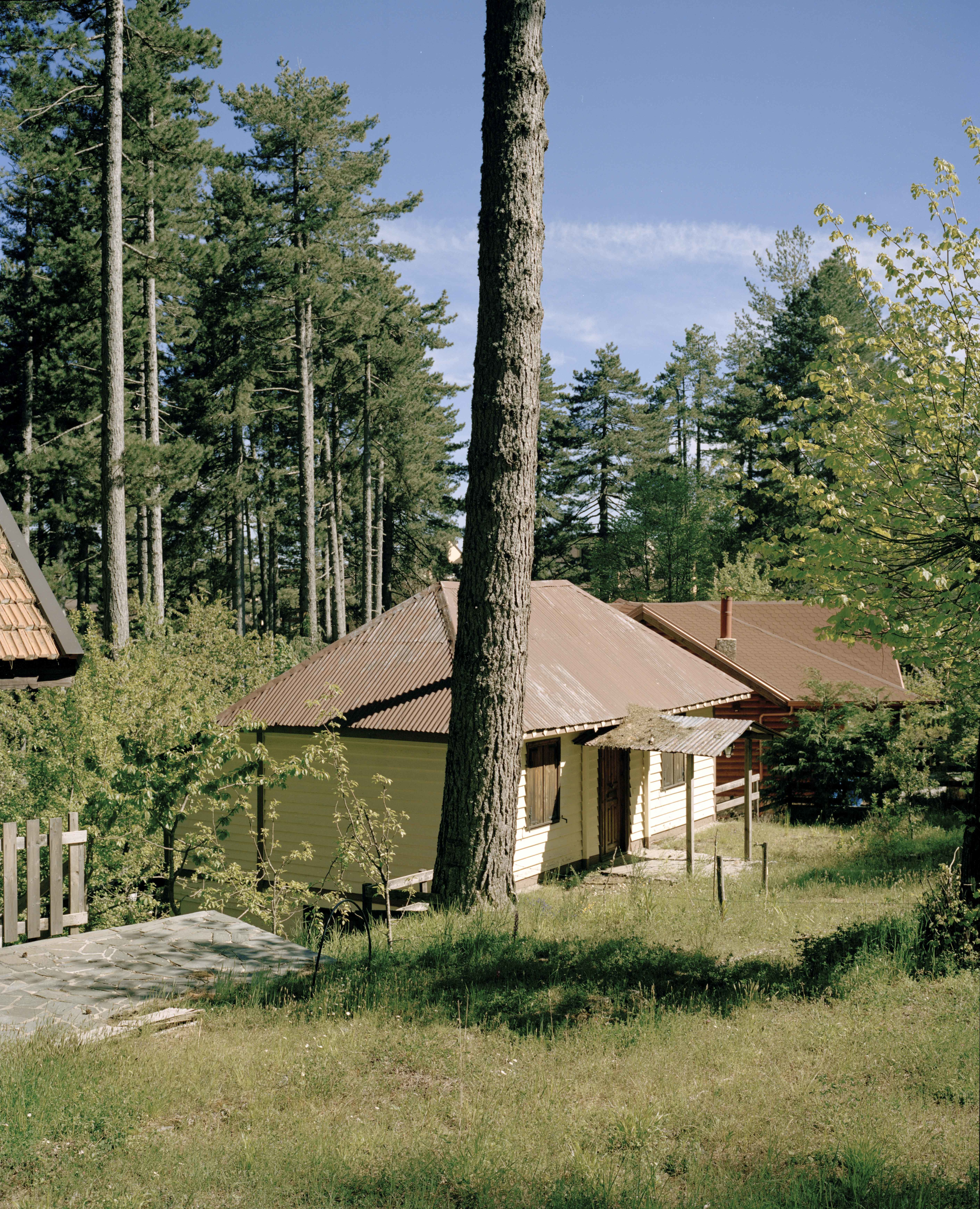
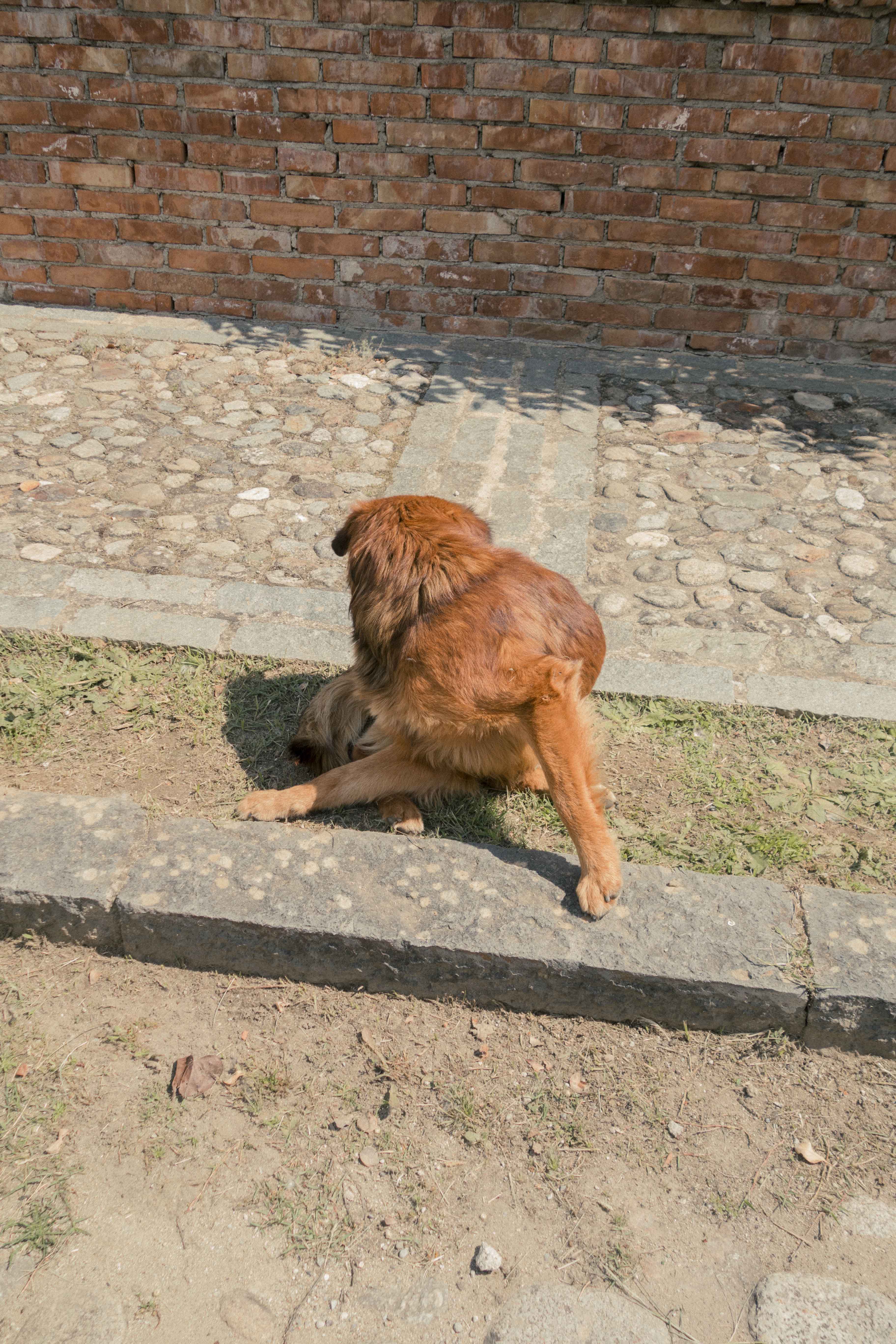


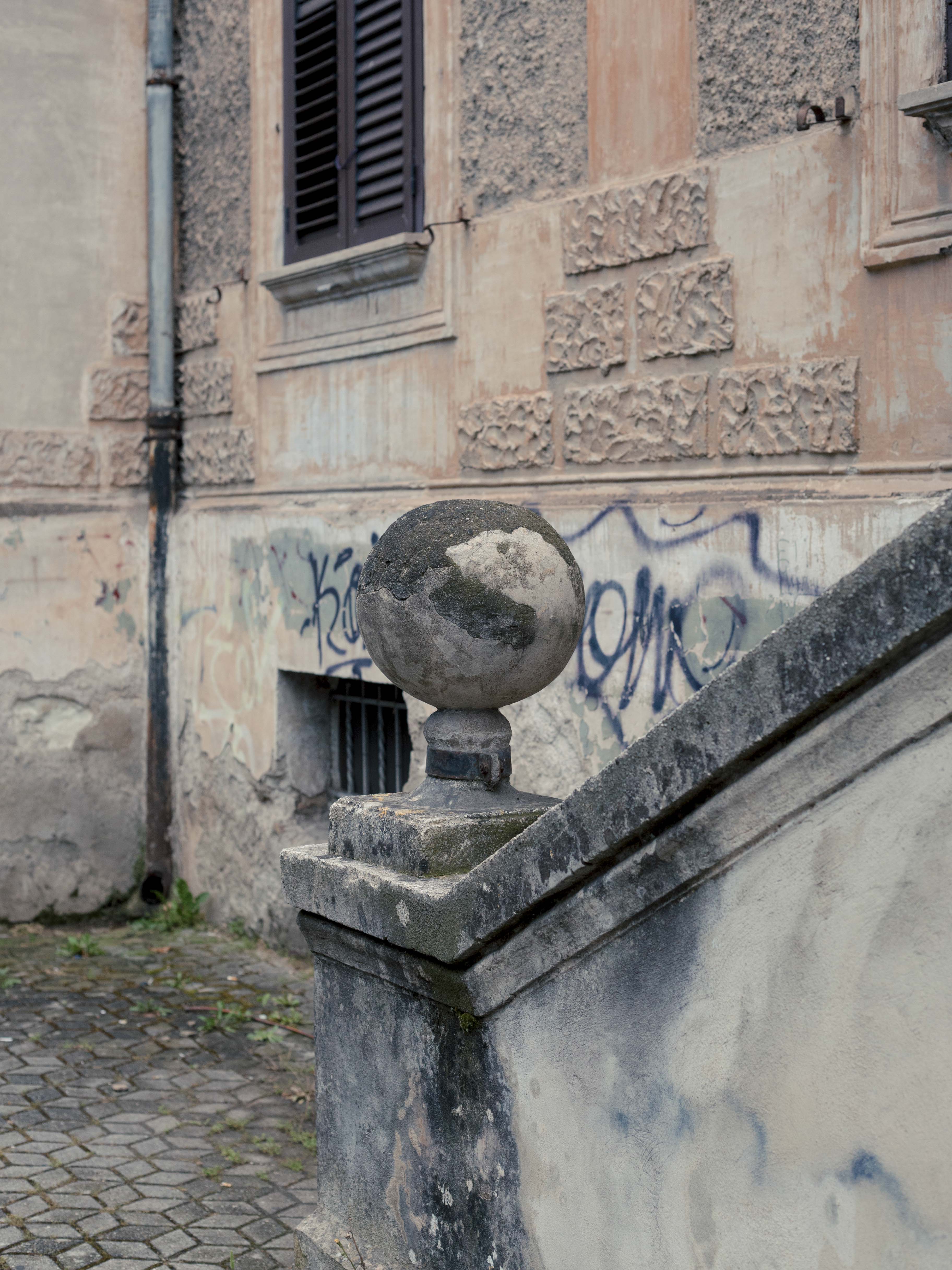
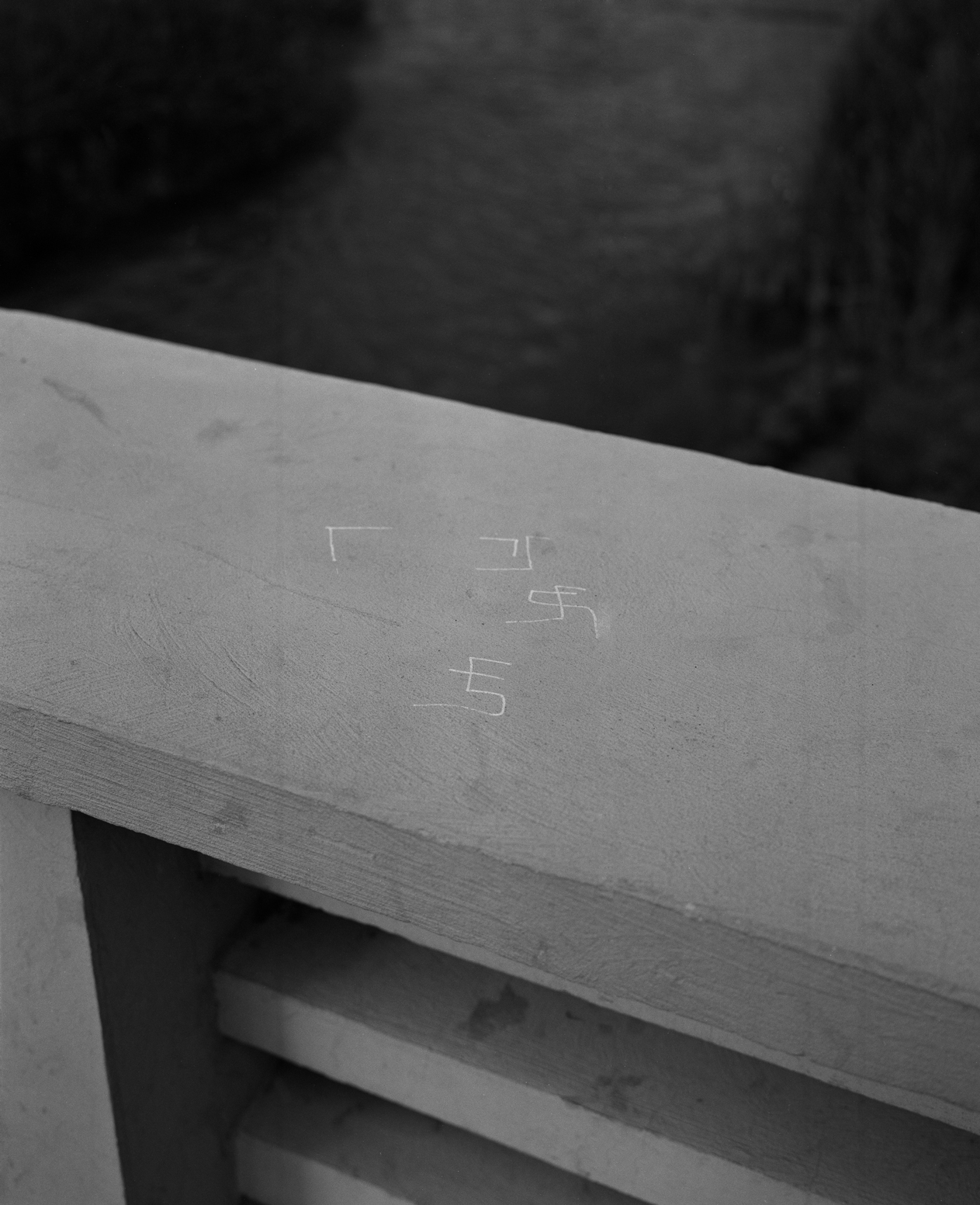
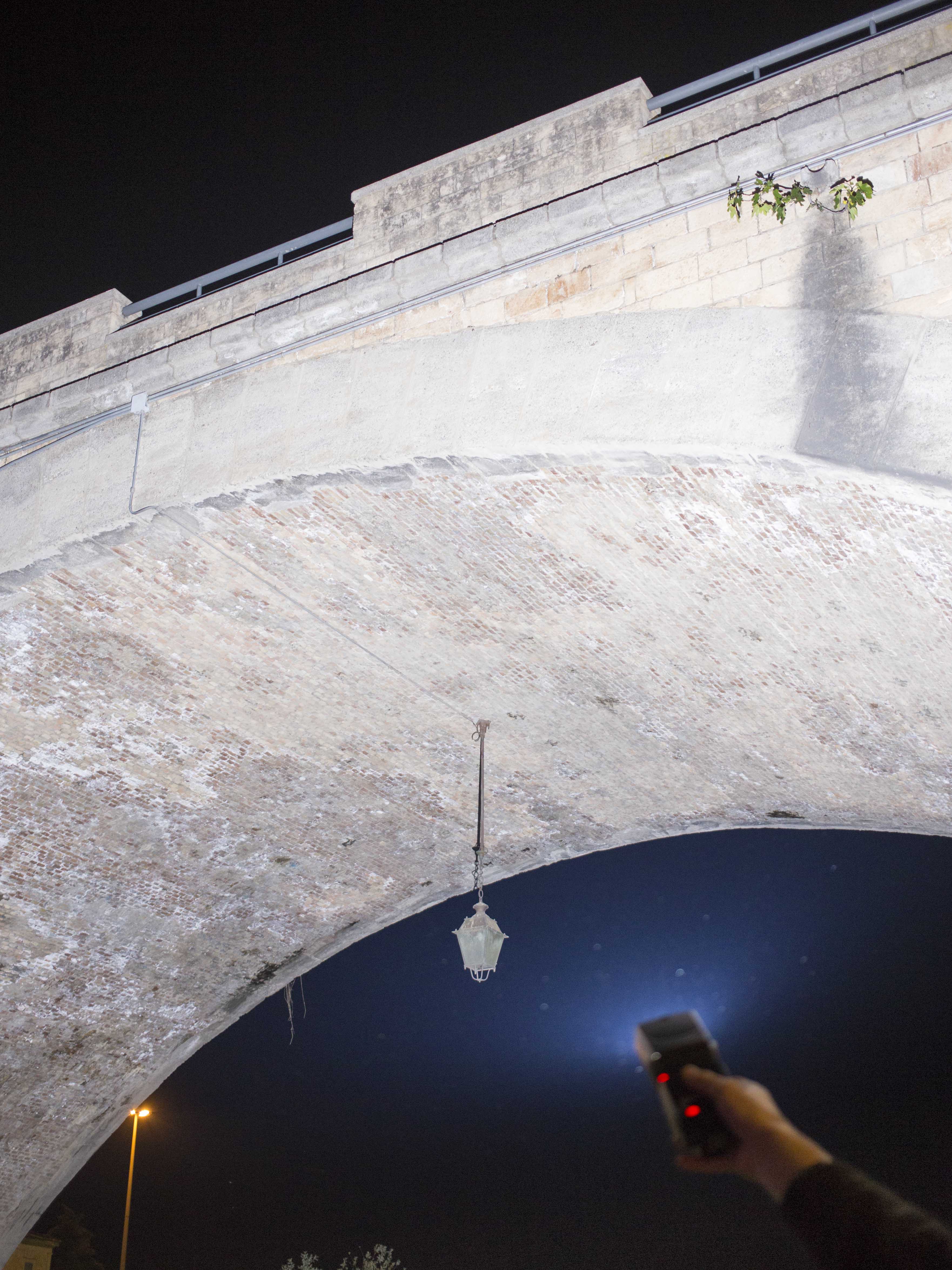


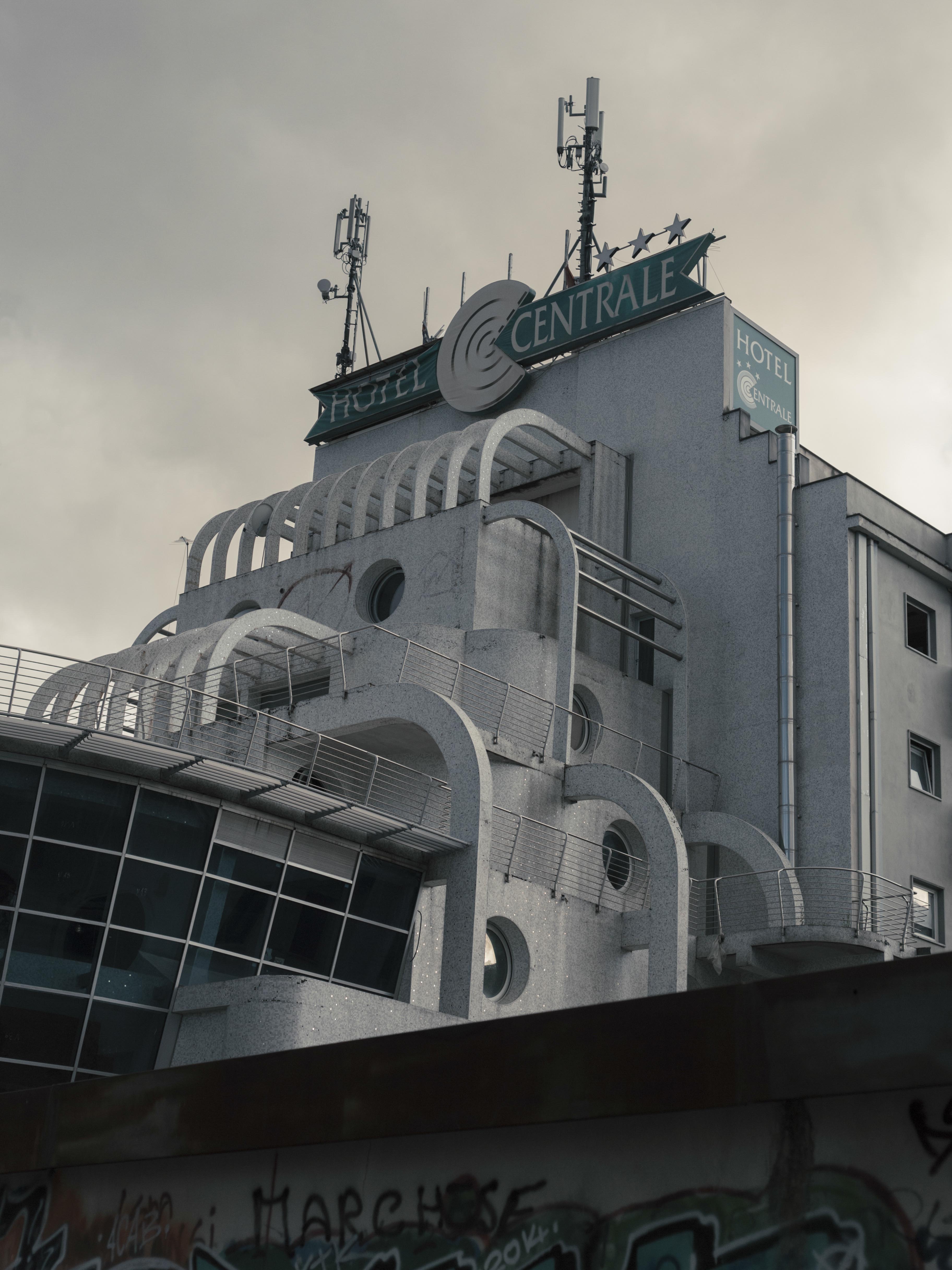
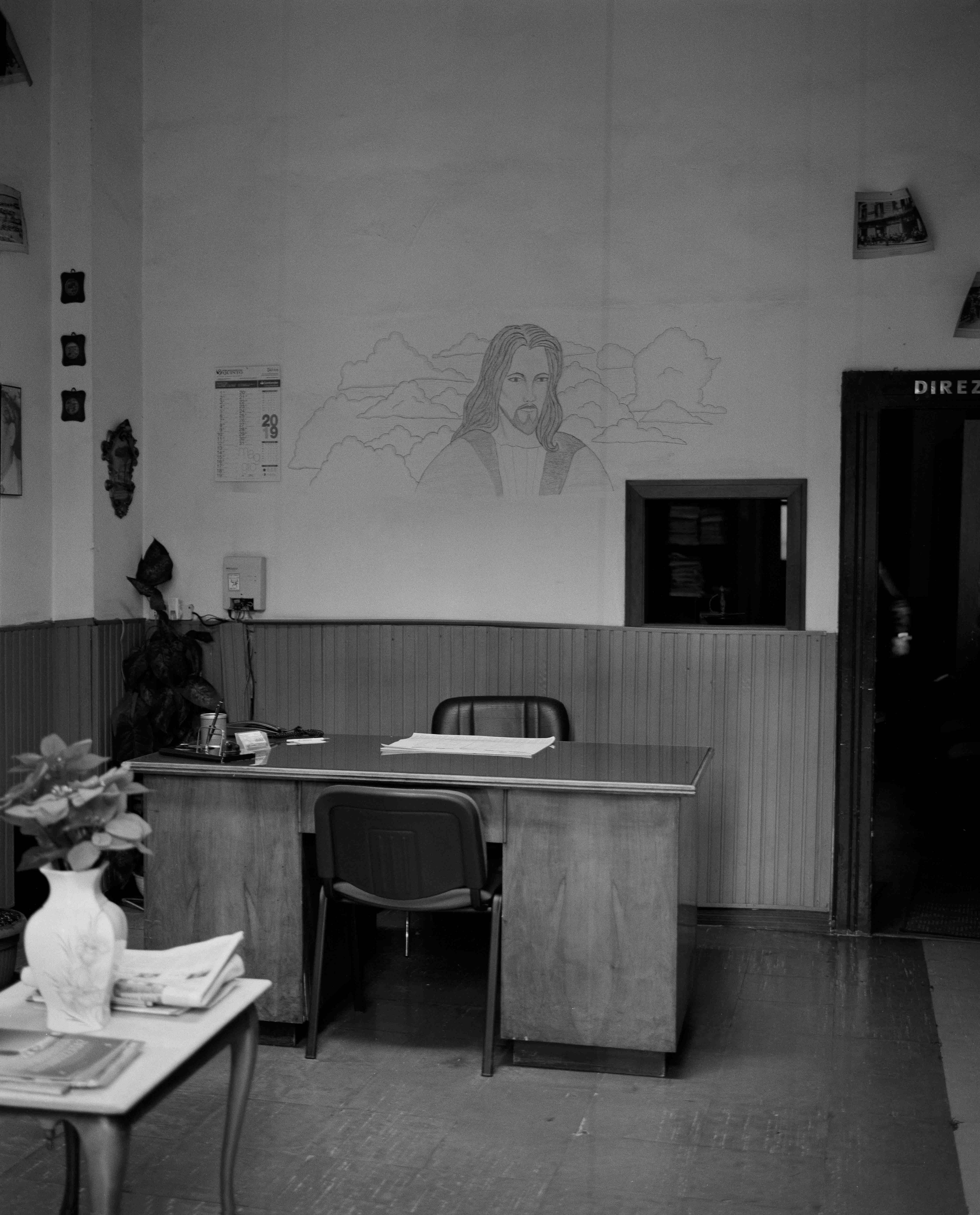
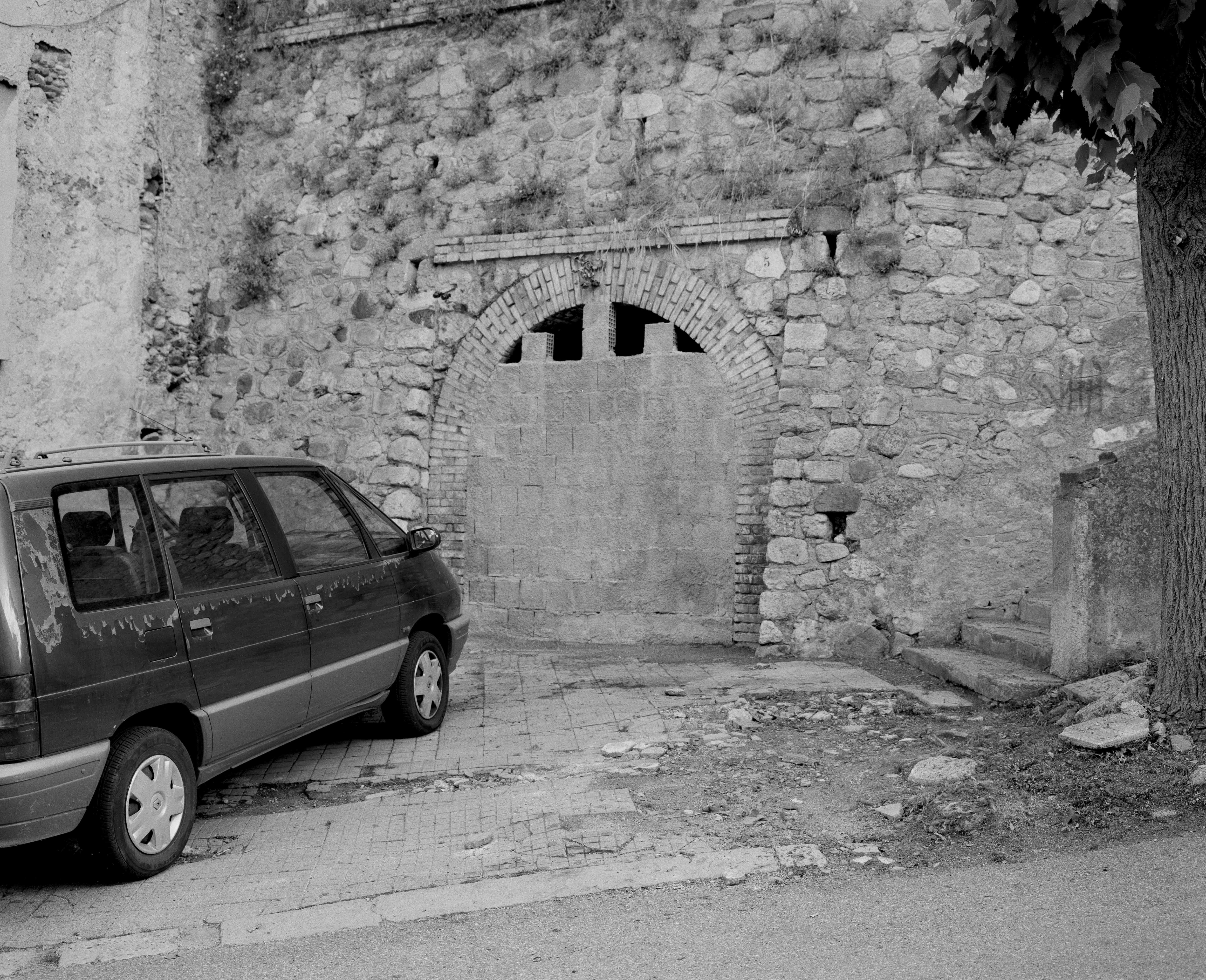


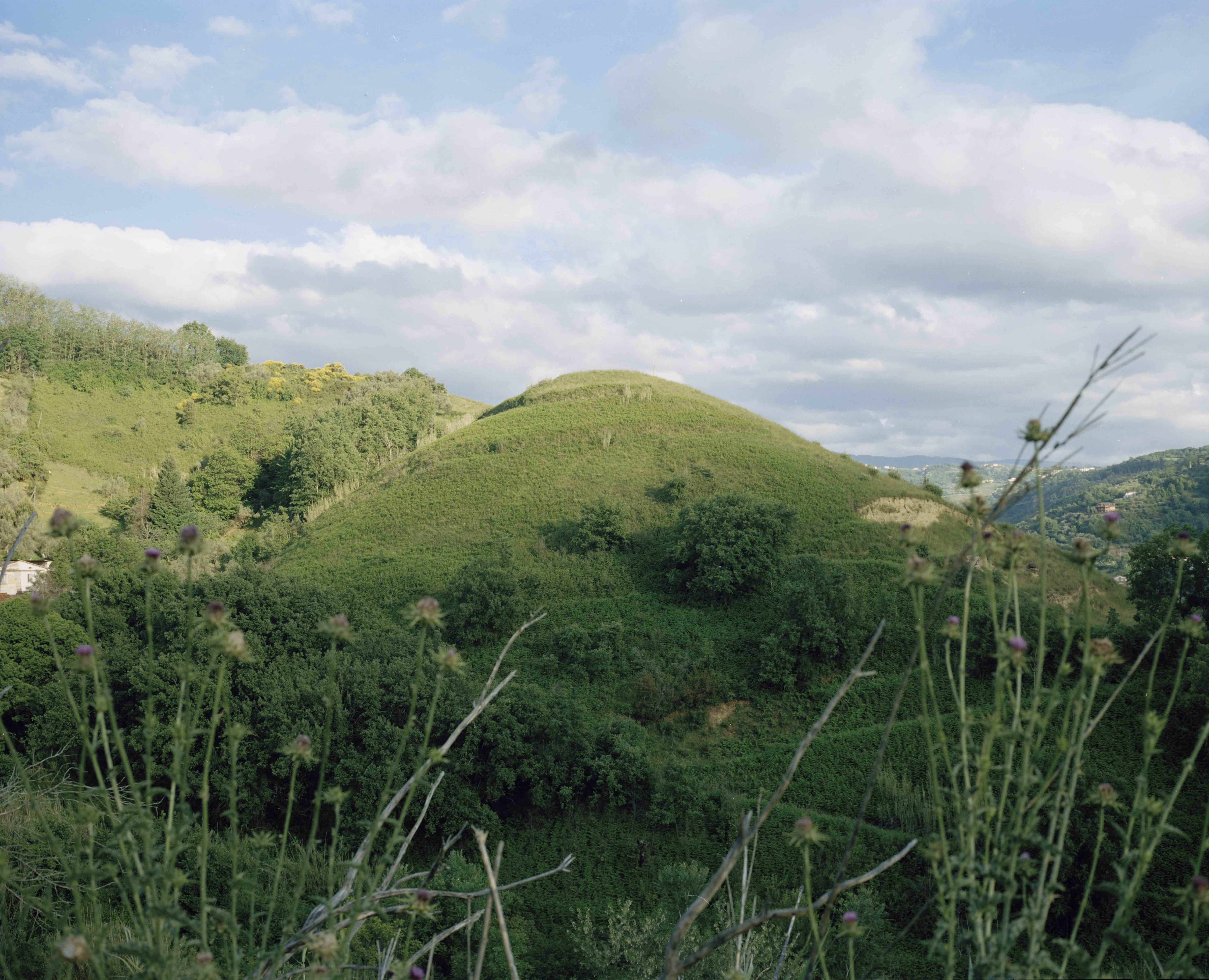

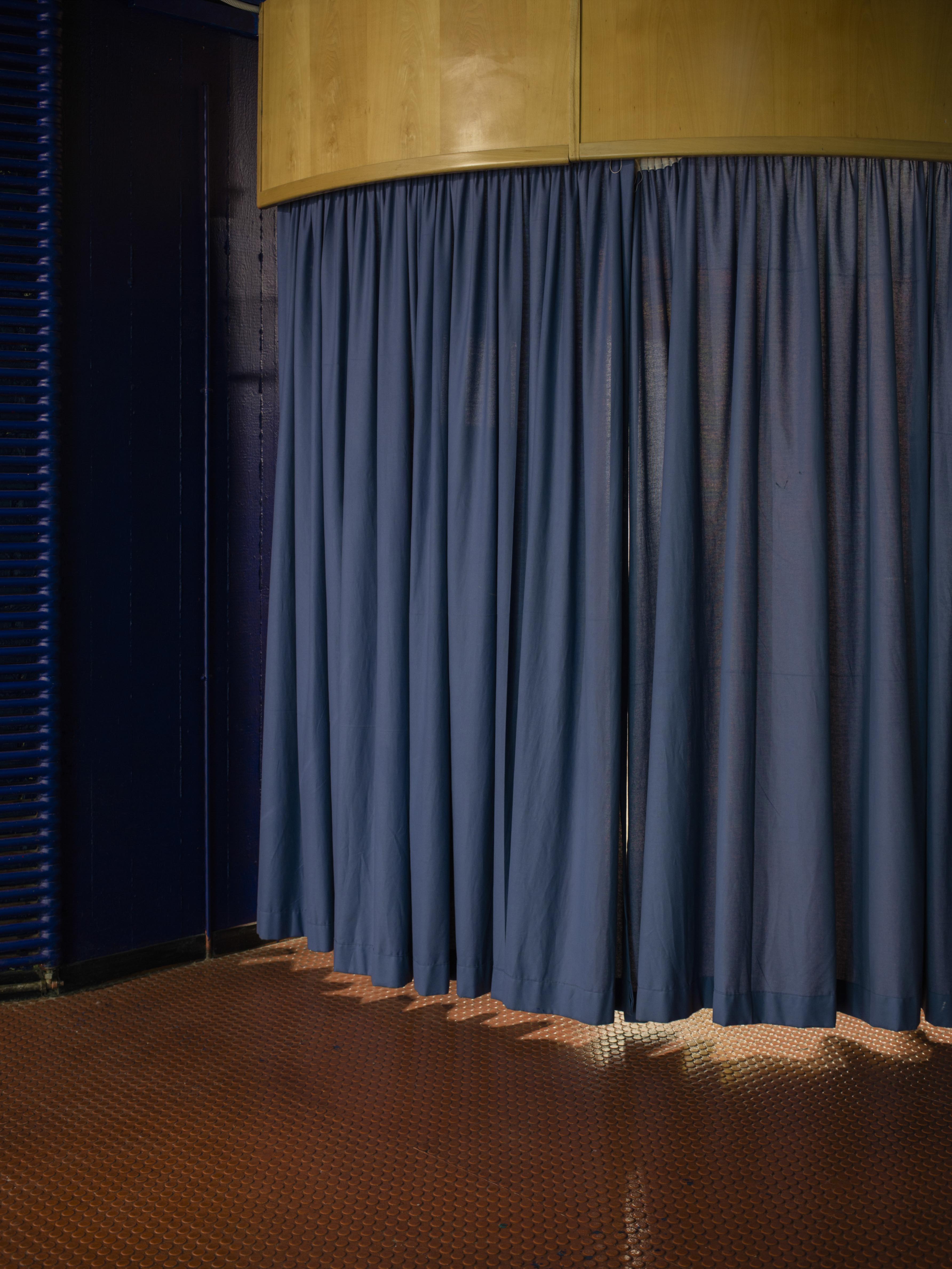
Medhelan
(2019)
(2019)
"Every act of foundation is also an act of loss; each foundation is accomplished on the basis of a destruction, on the ruins of something previous, on the ground on which it rests [...] Some foundational places are thought to preserve rather than to erase the violence of their origins, as if the ultimate goal were exactly that of keep the wound open, the trauma in plain sight”
W.J.T Mitchell, Image Science
Medhelan, or "middle ground" or "middle sanctuary" is the oldest name given to the city of Milan. According to the legend in 590 A.C. the priests of a Celtic tribe of the Insubri population were guided by divine signs that led them to a marshy area, near the present Piazza della Scala, where they created a sanctuary. Following propitiatory rites and the recognition of sacred signs in this area, the first inhabited center was established which gave life to the city of Medhelan. In ancient times, to justify and legitimately base the appropriation of a space that was completely taken away from the dominion of nature, a divine origin was sanctioned for its own stable settlement so as to directly involve the gods in the fate of the city.
The project, influenced by the legend of the origin of the city, wants to reflect on the transitory nature of the elements that make up an urban environment in constant change. The photographs taken in the space of the historic center show a place inhabited and stratified over time by religions, symbolisms and different populations. Medhelan thus becomes the image of a city populated by people who, by changing what they have around, are showing traces of an arcane past.
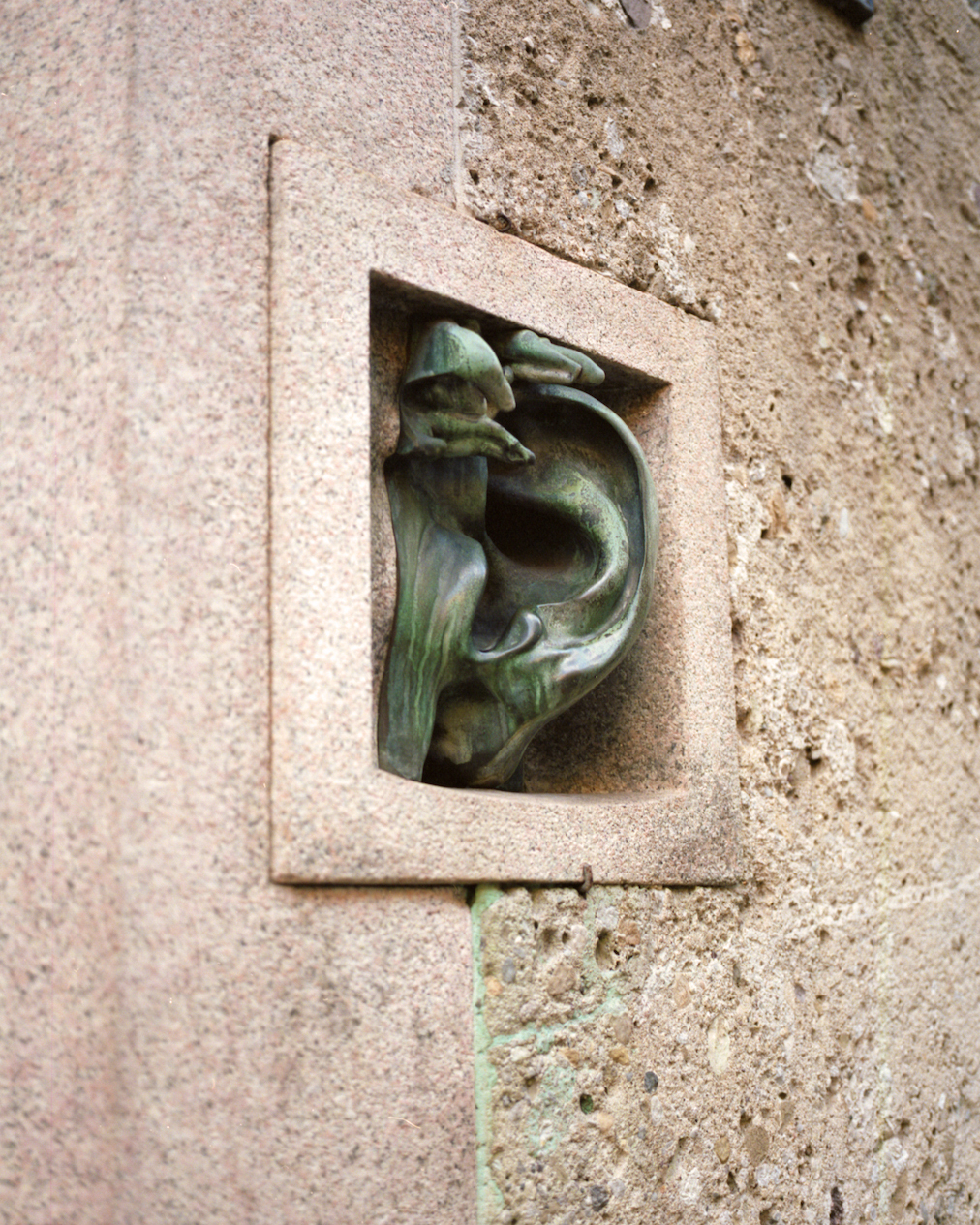

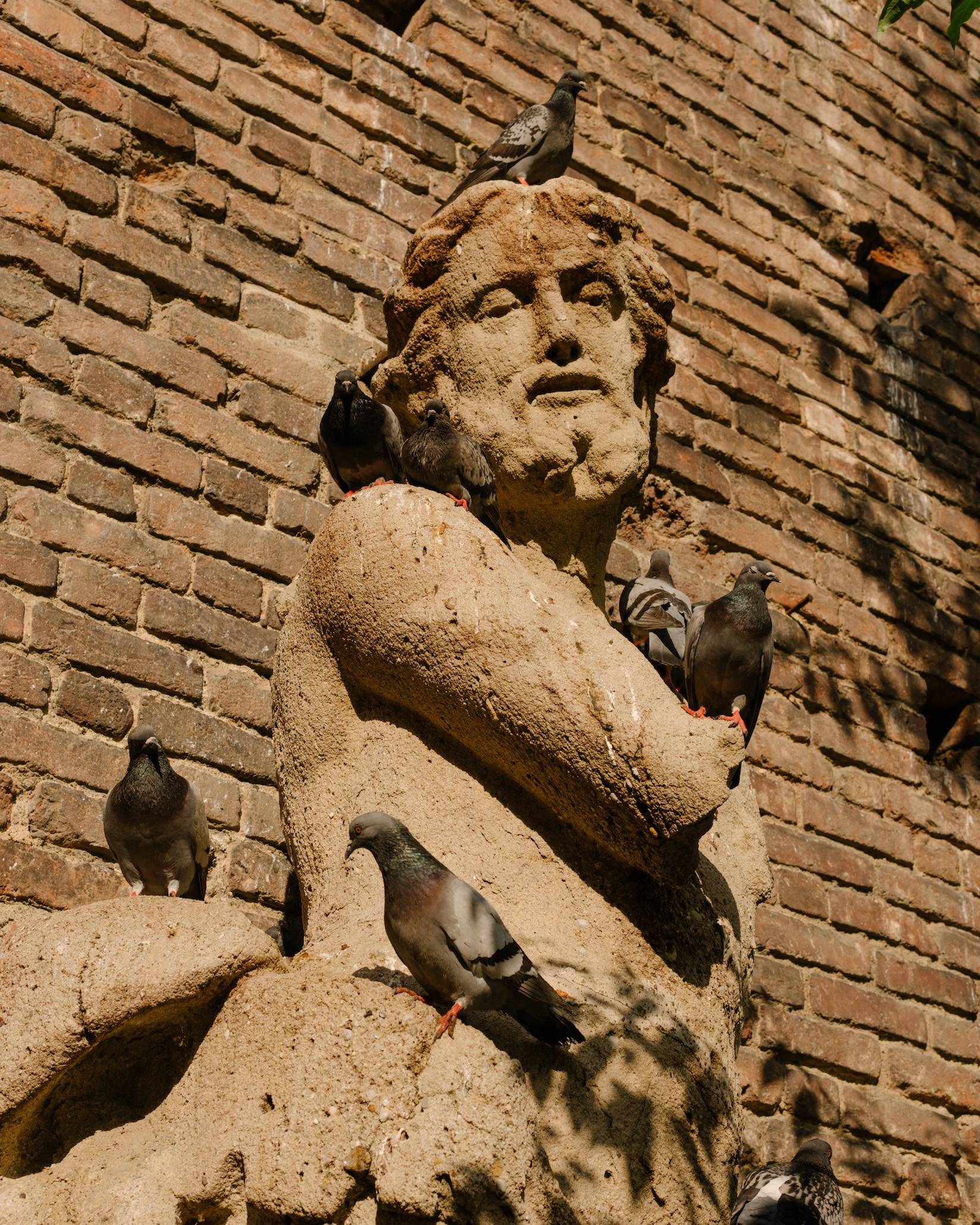
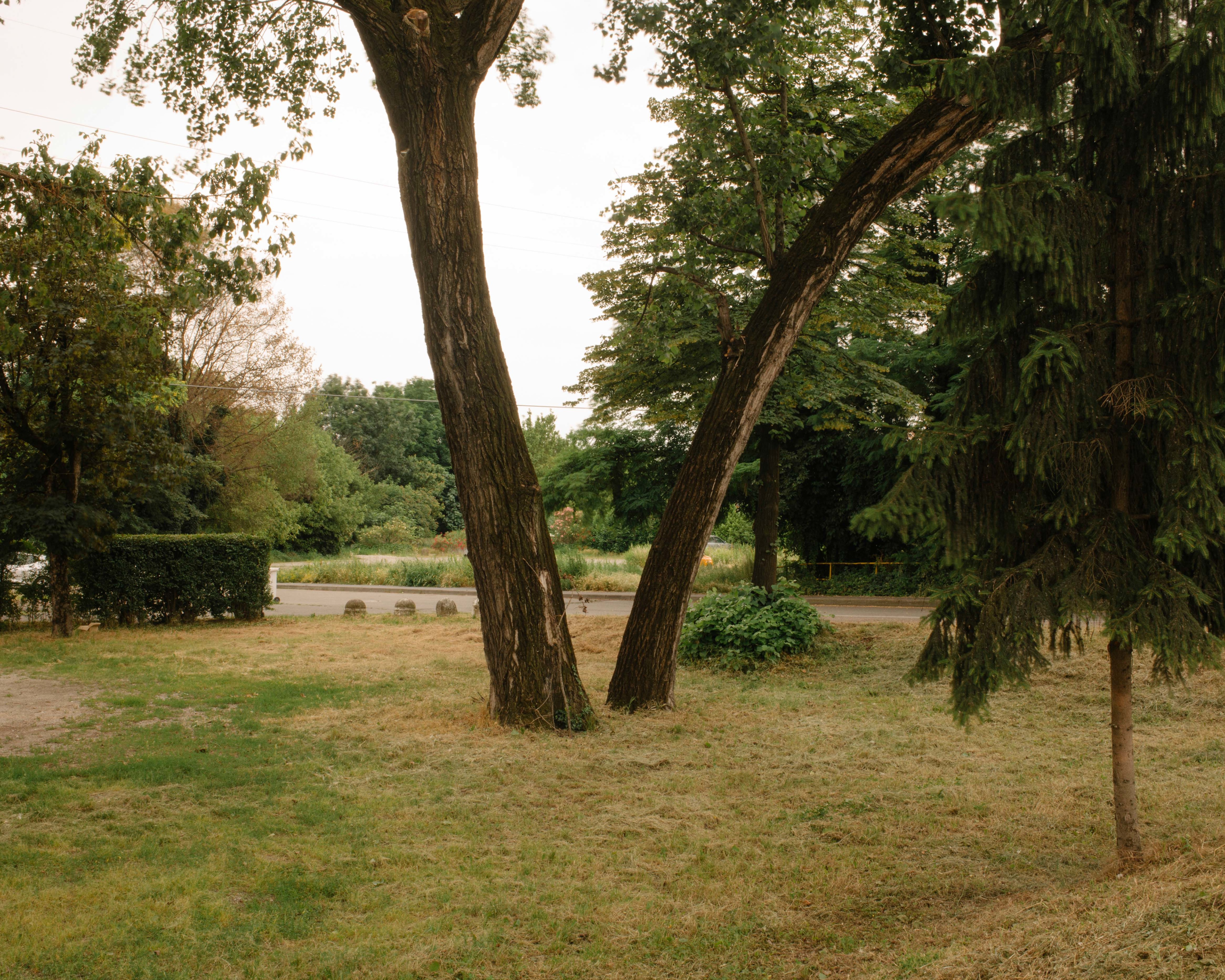

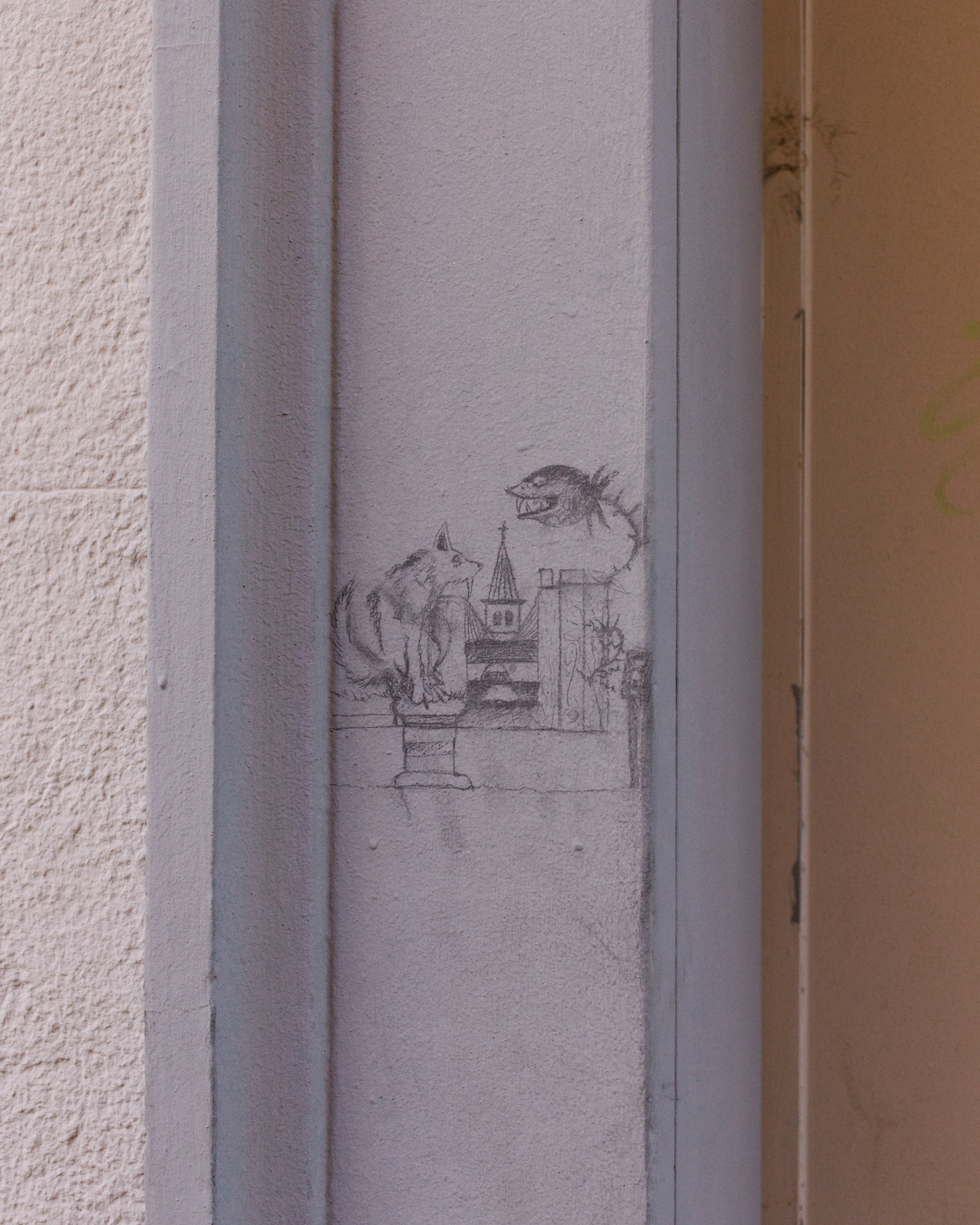

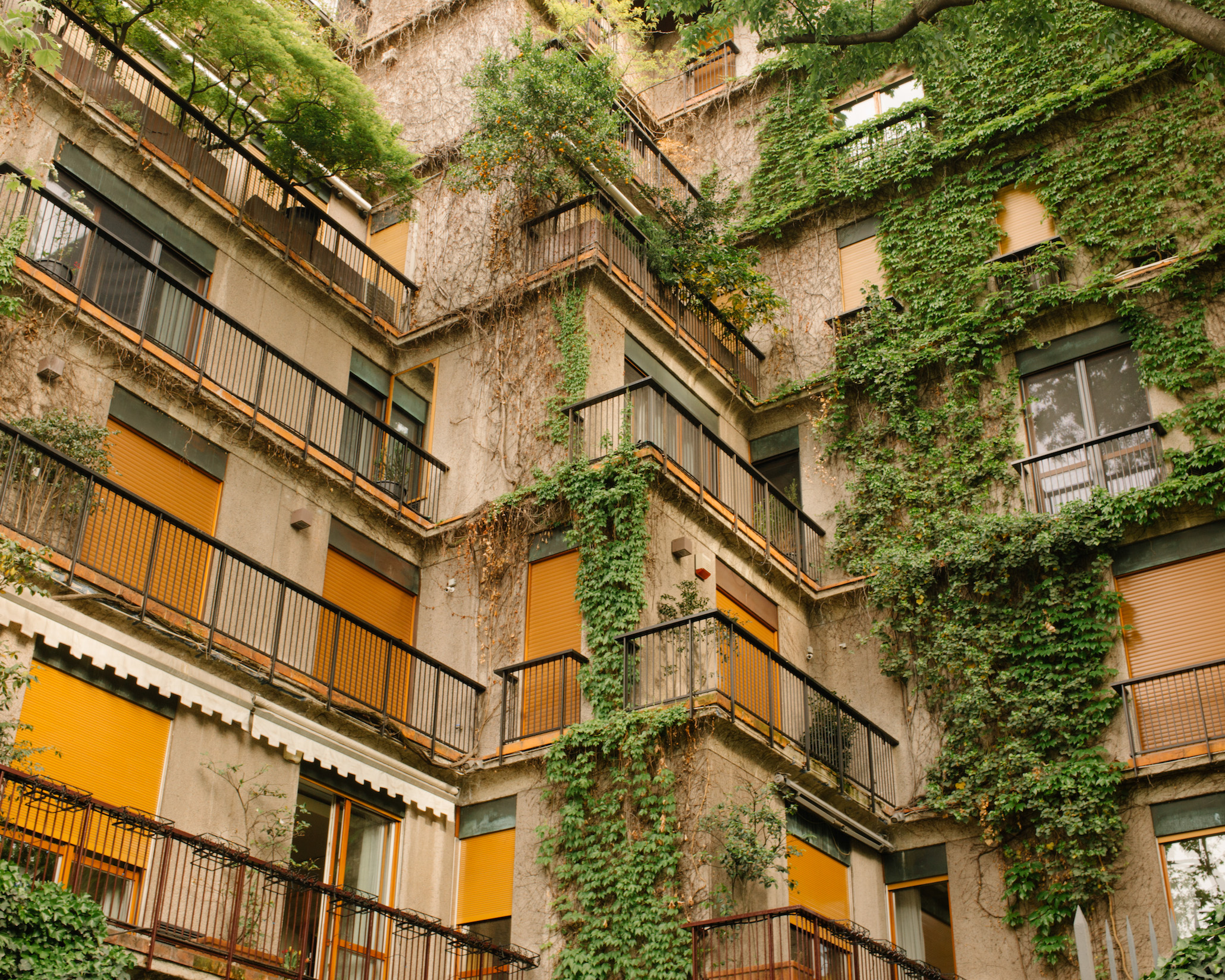
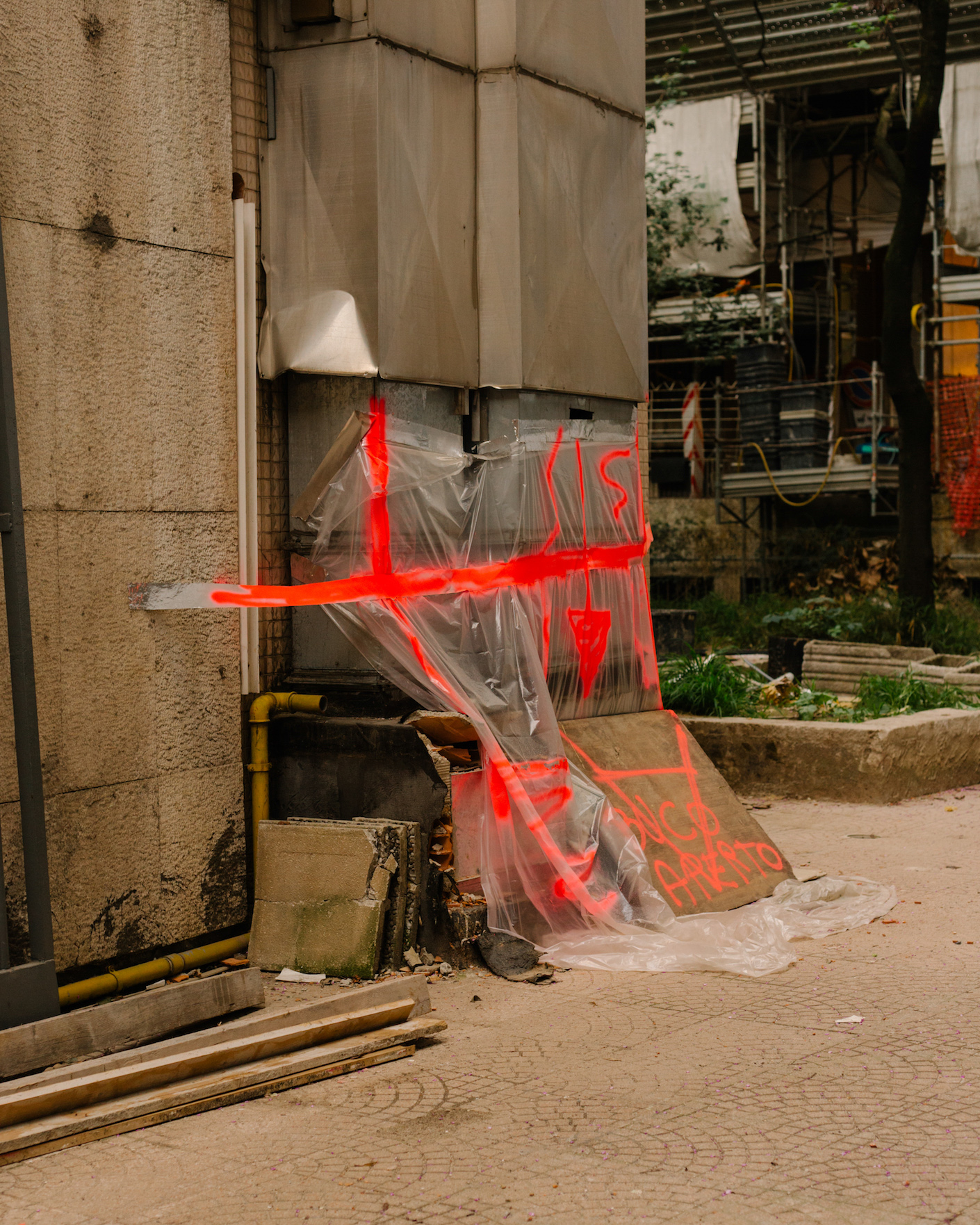
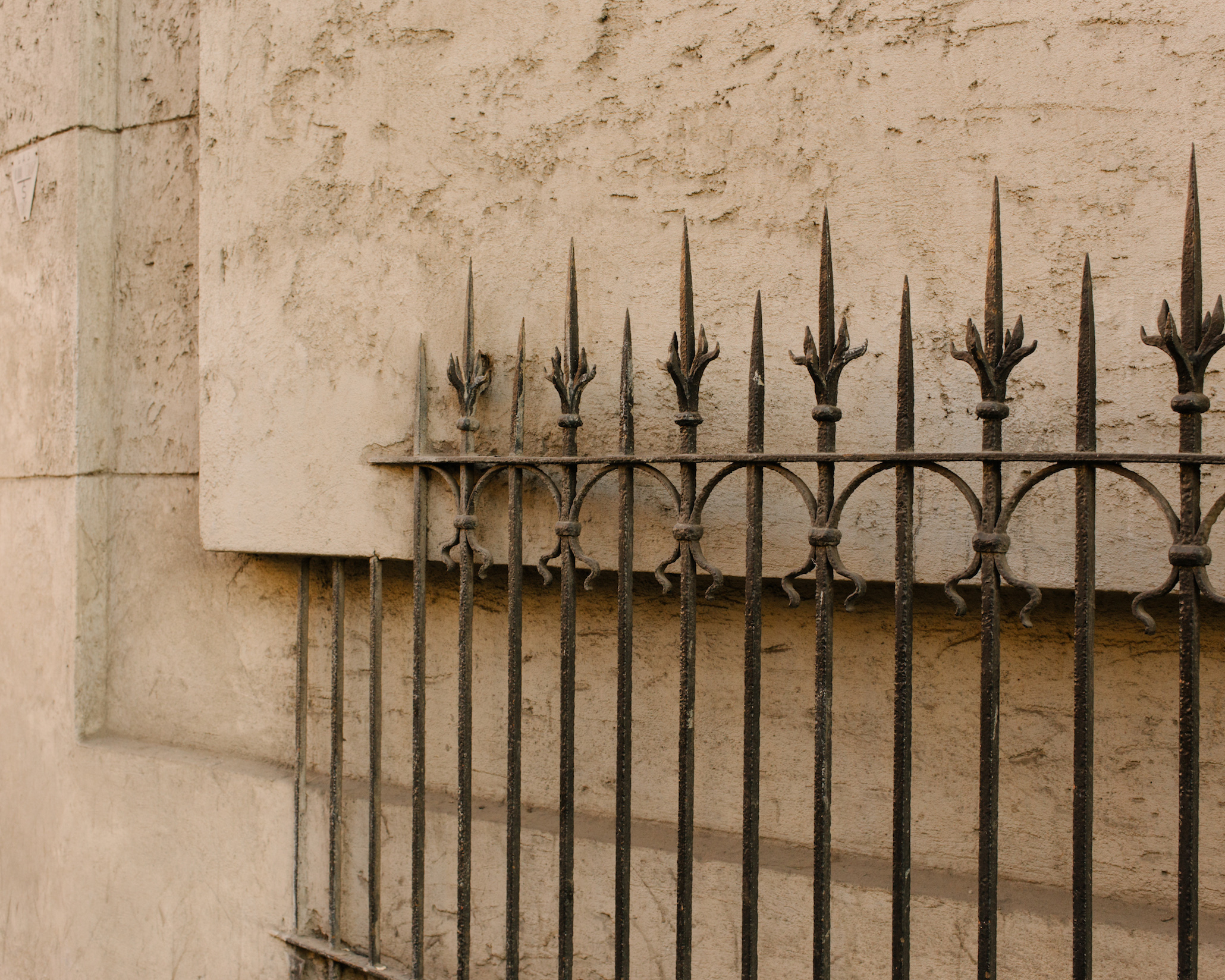

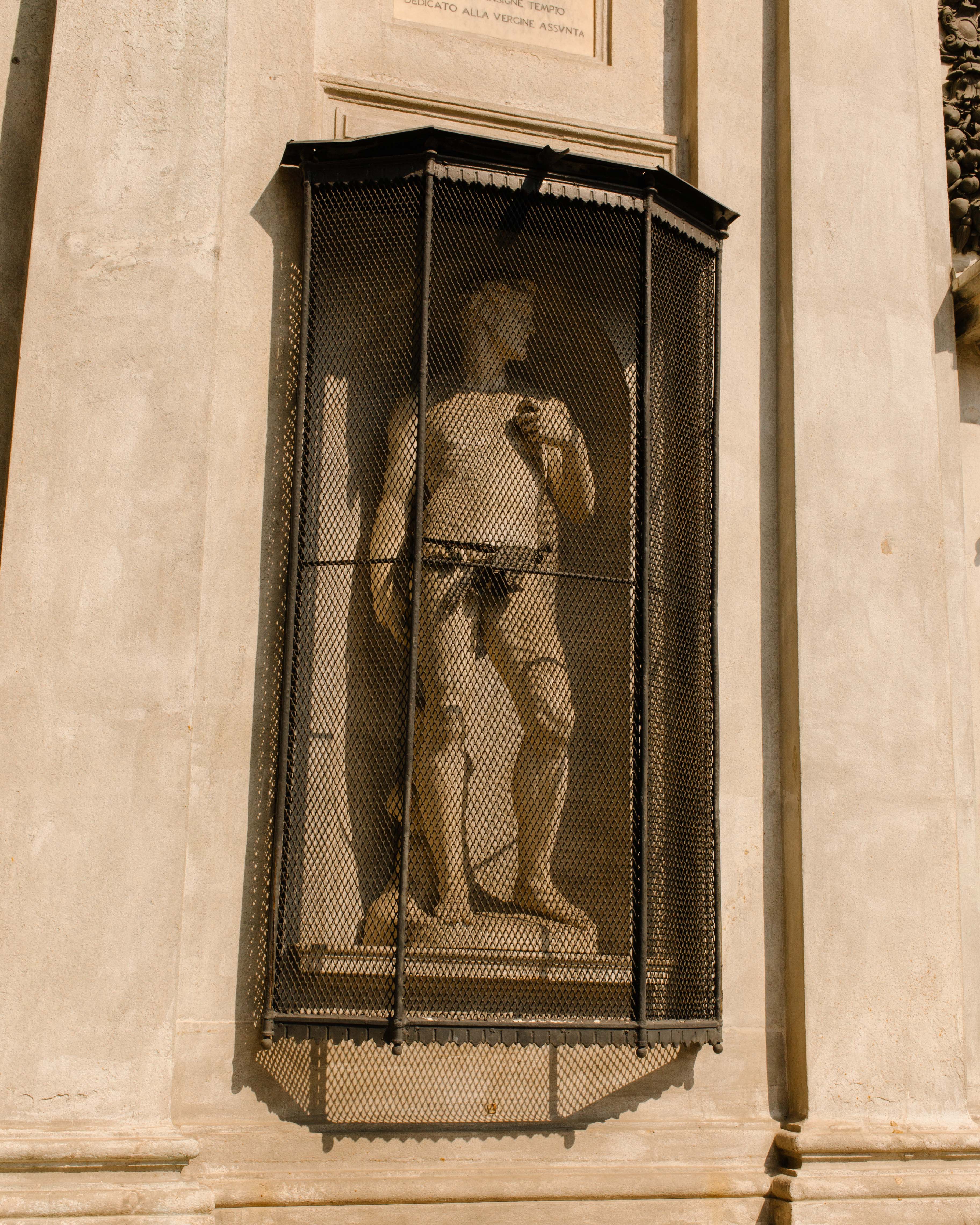
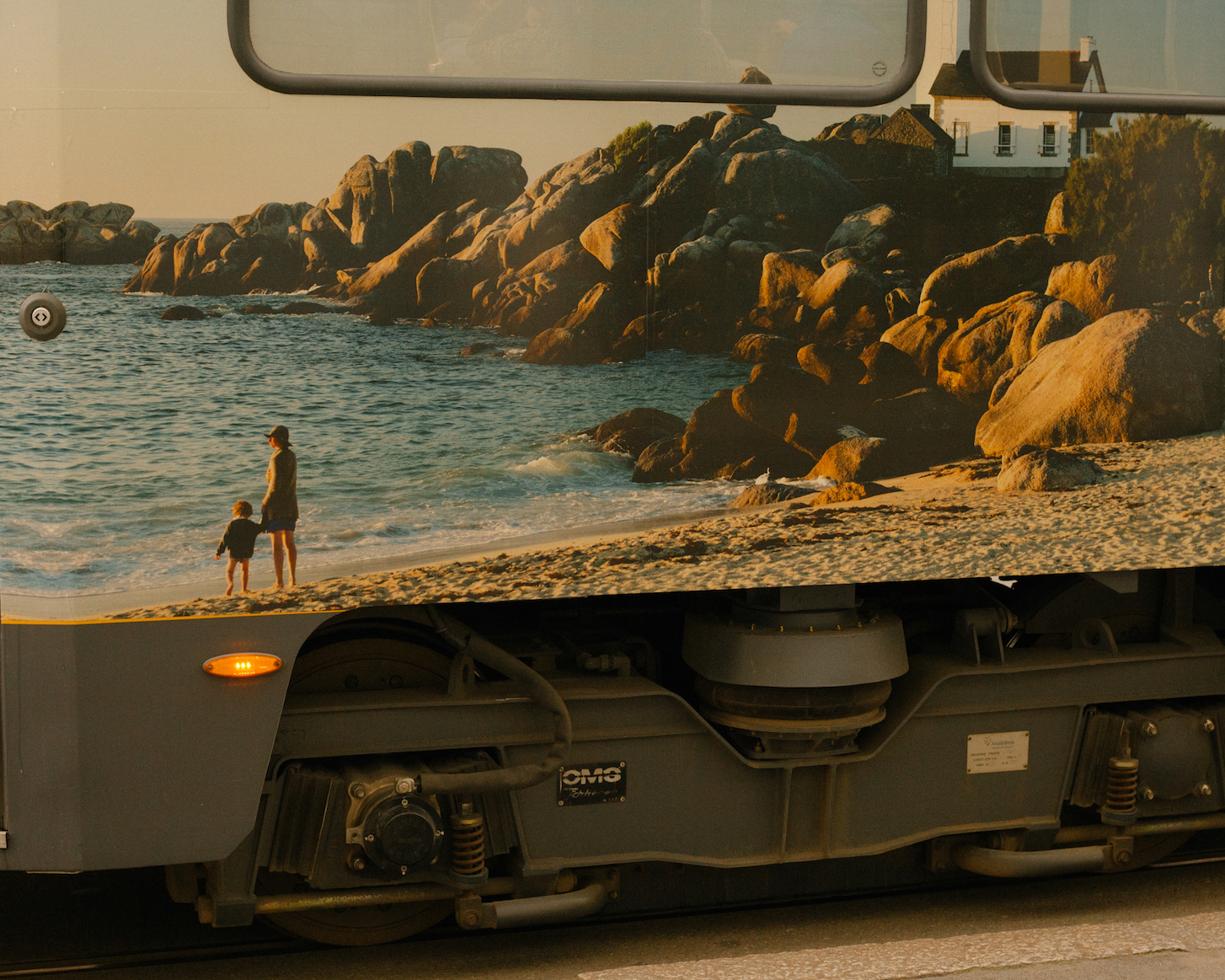
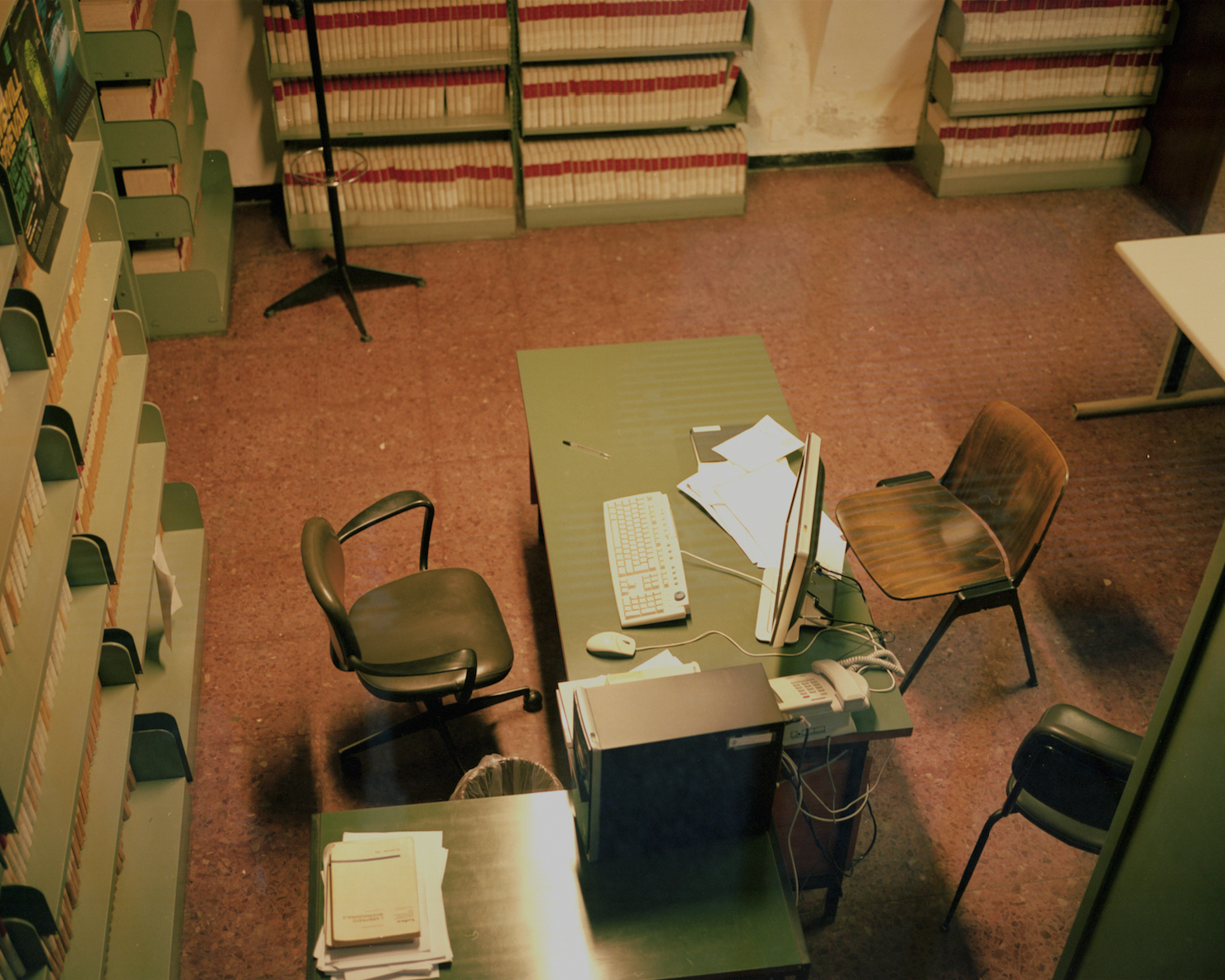


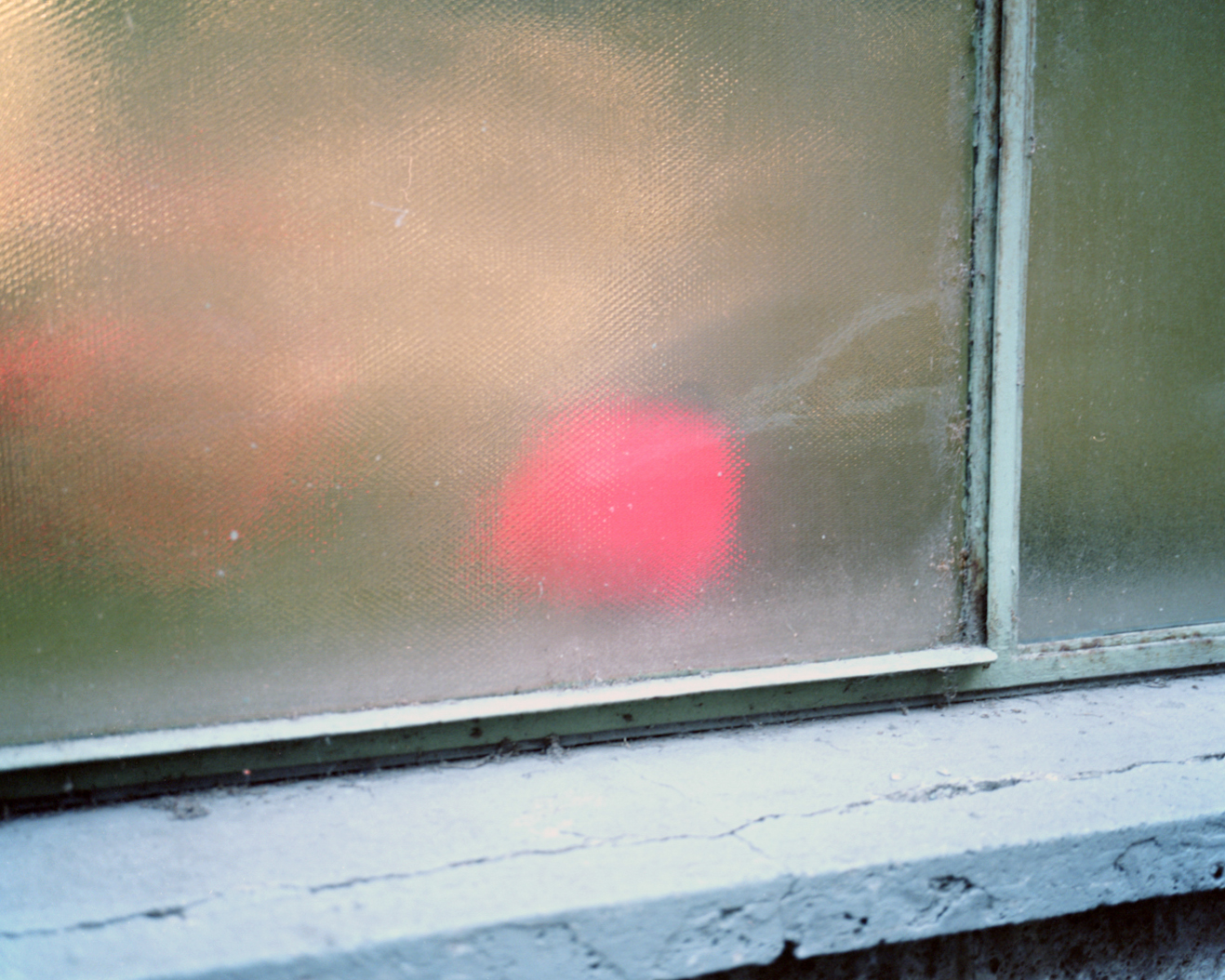
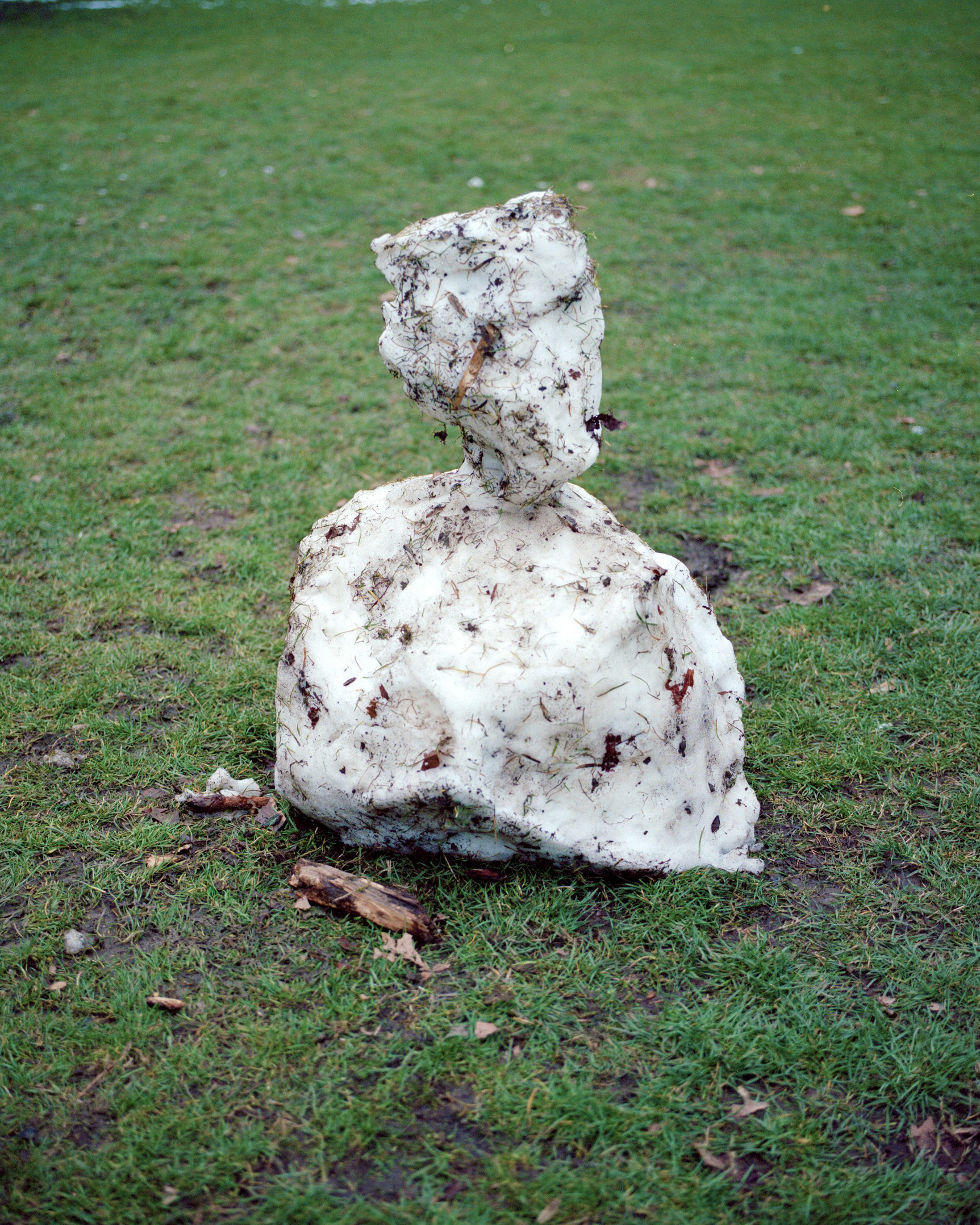
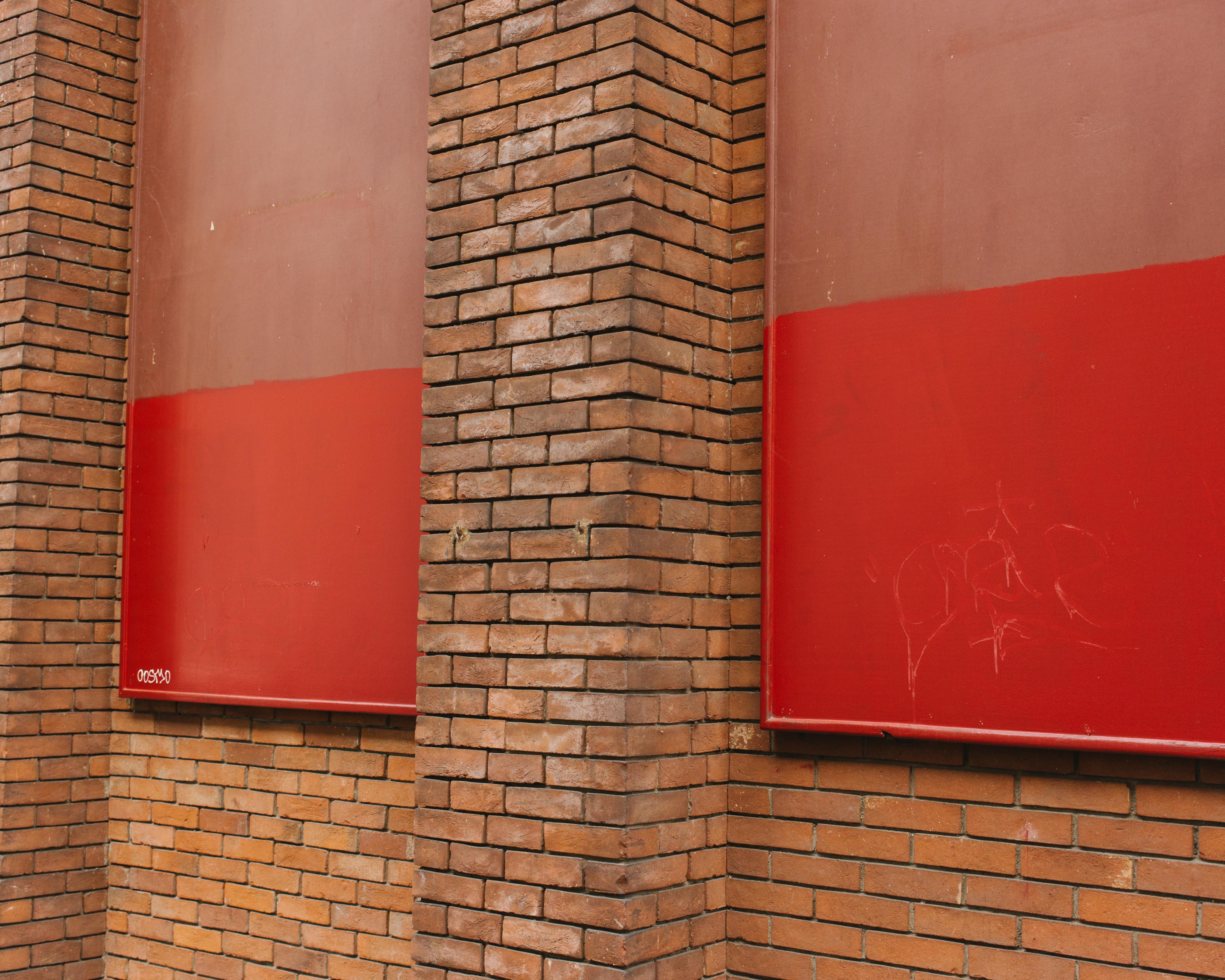
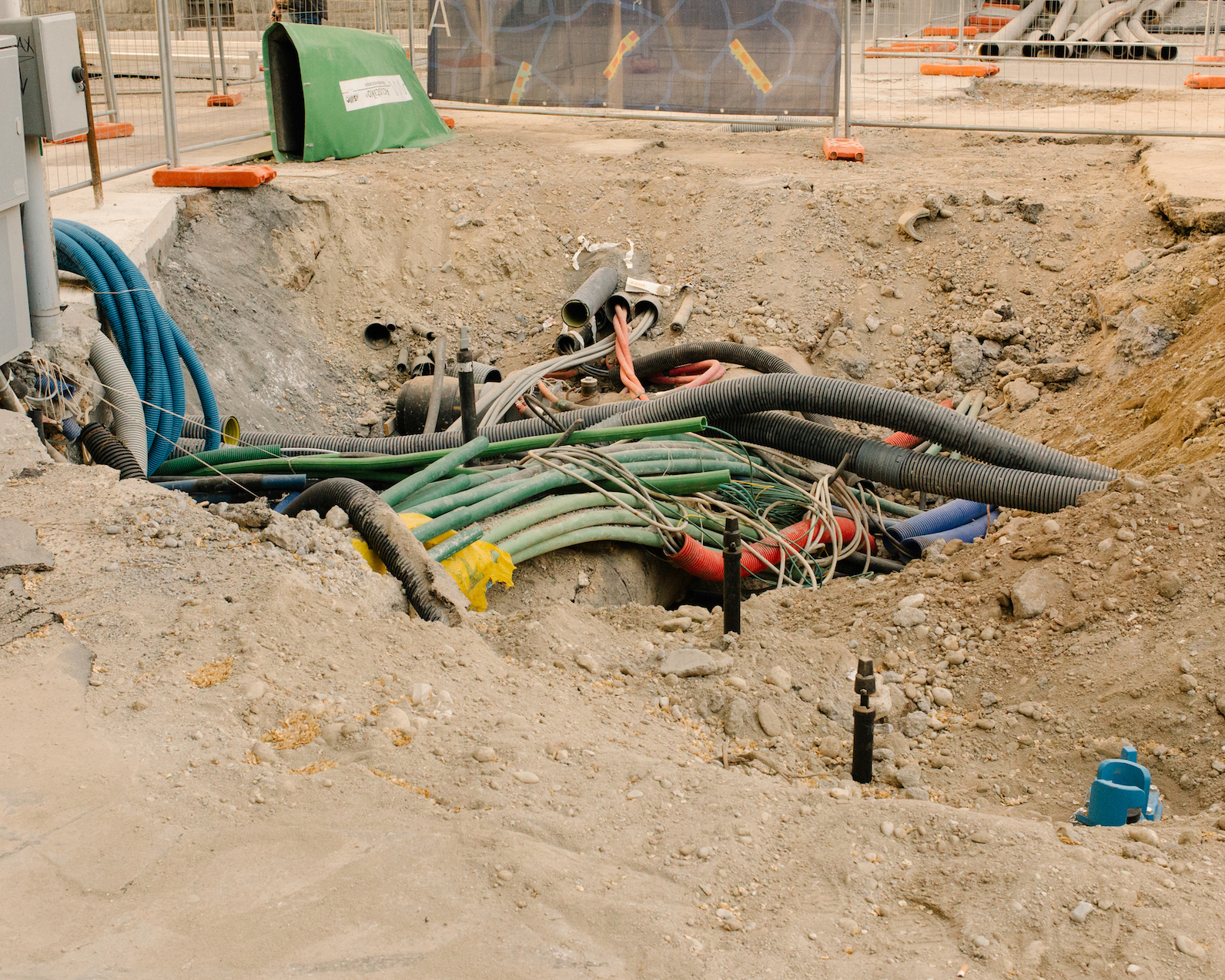
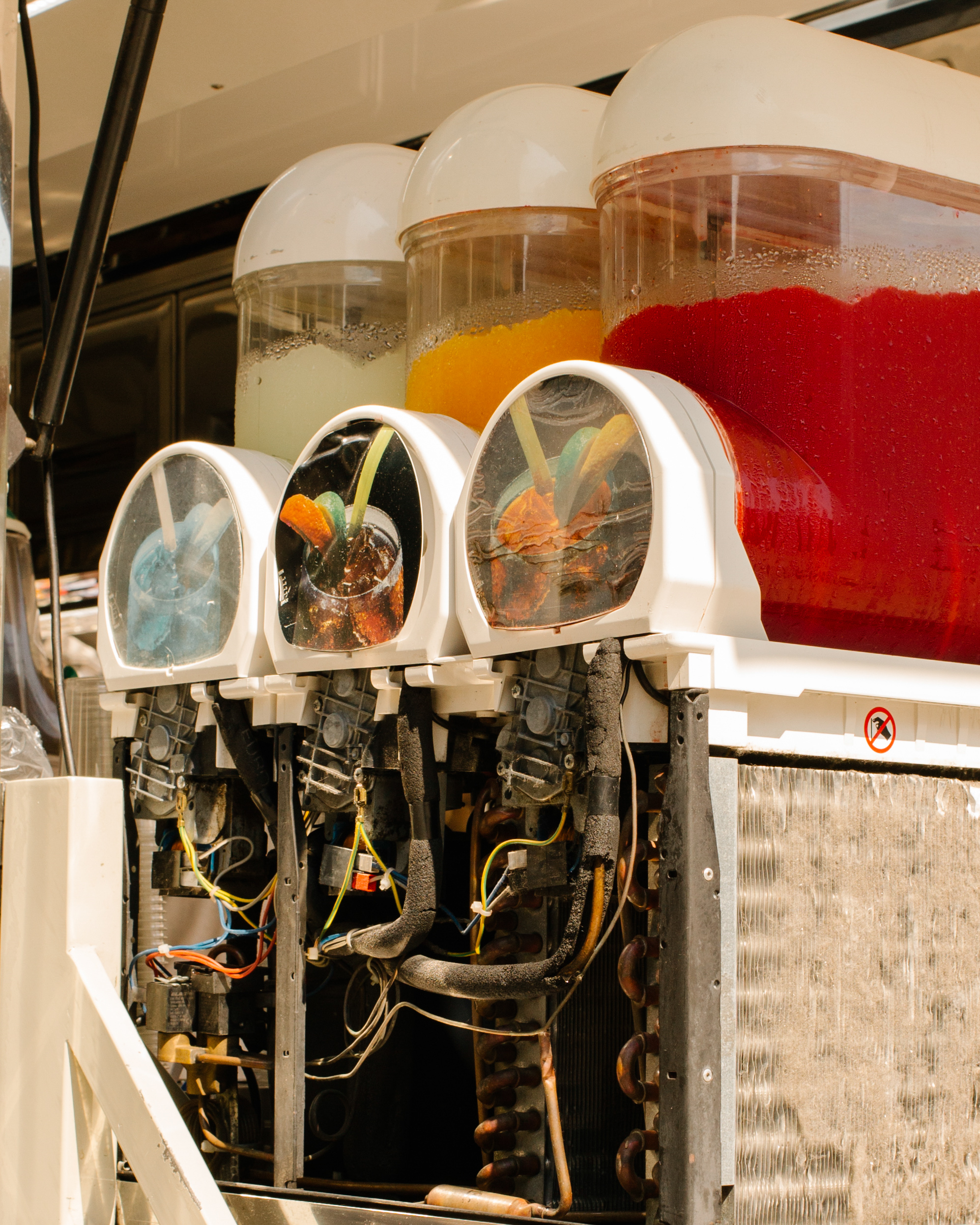
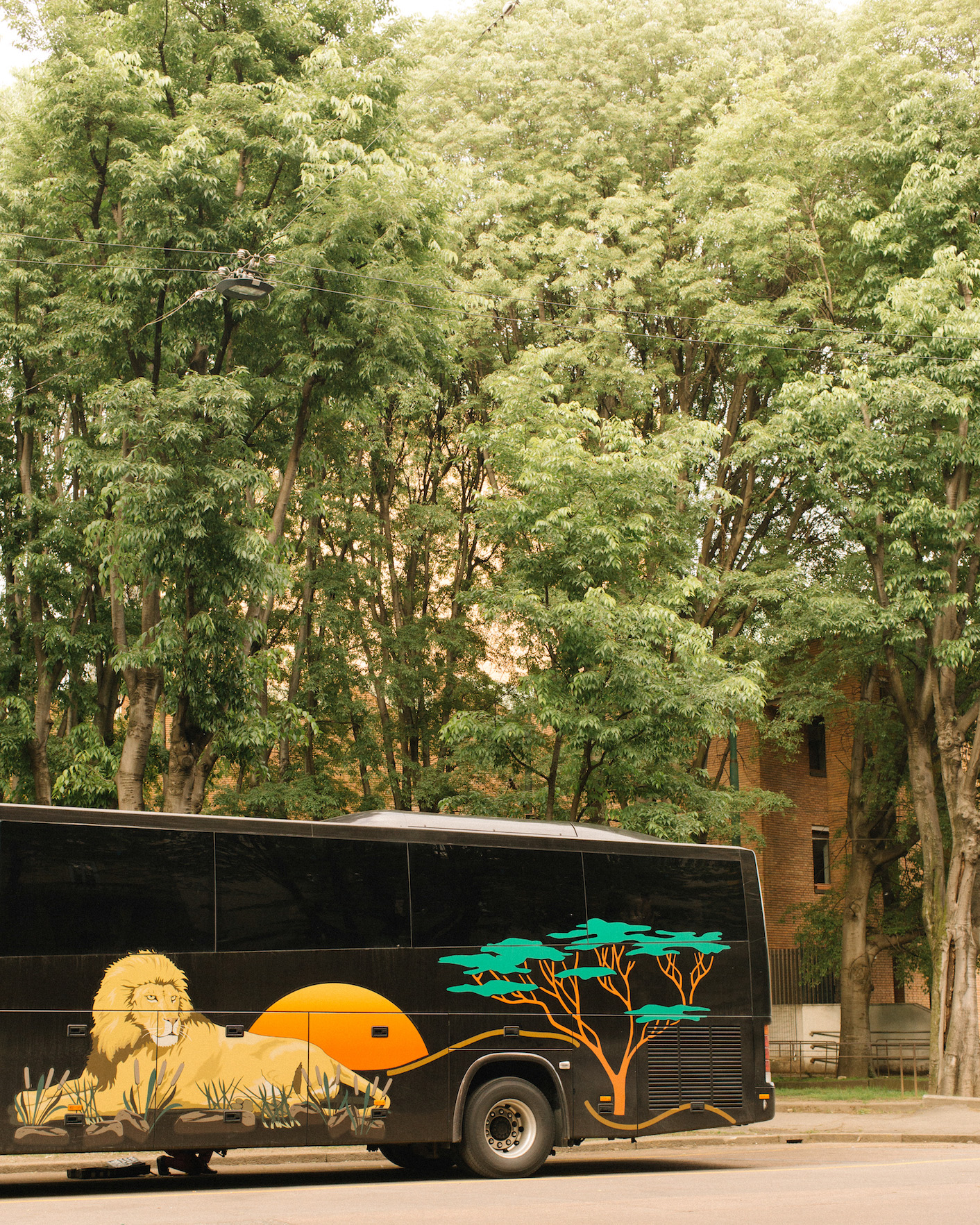


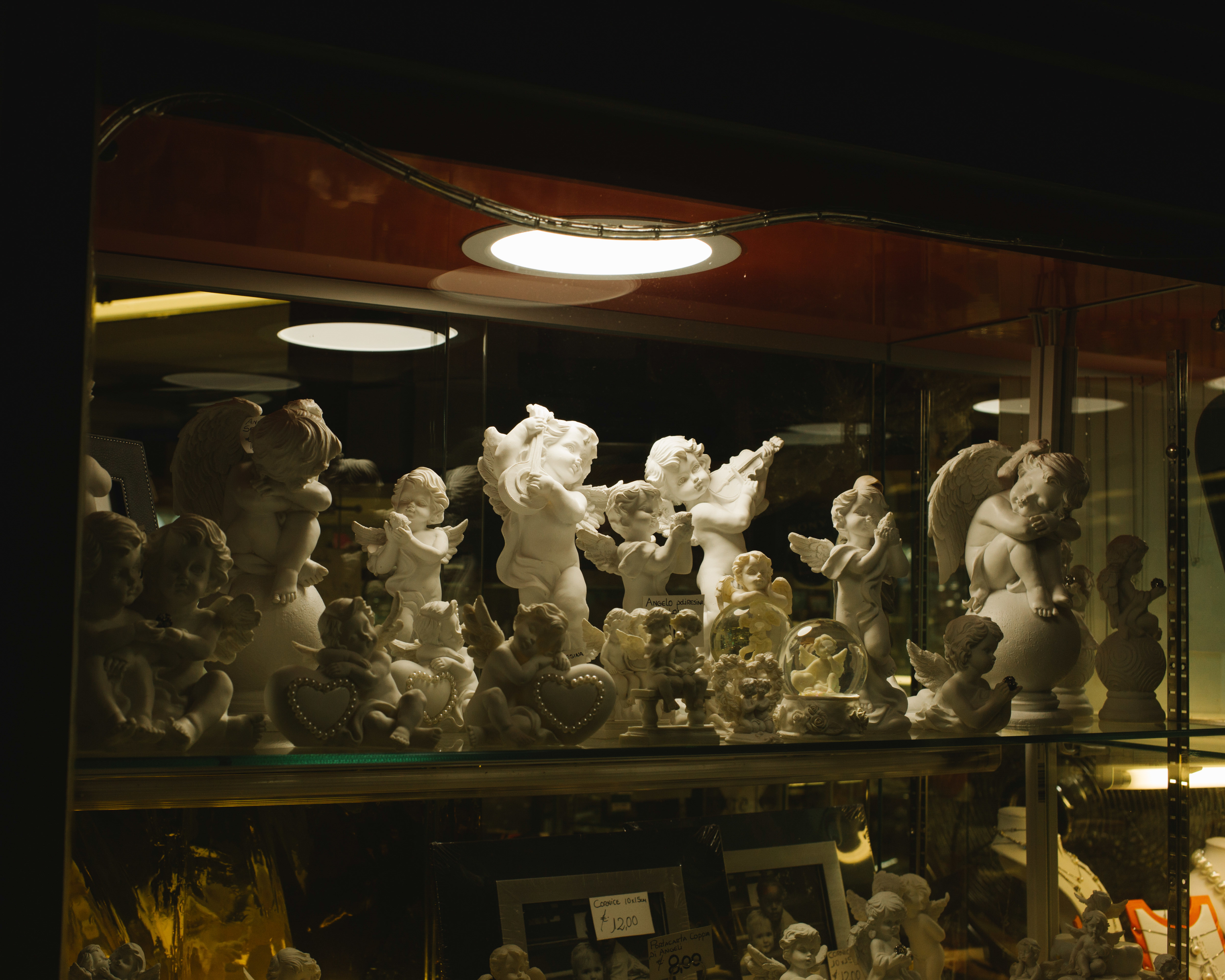

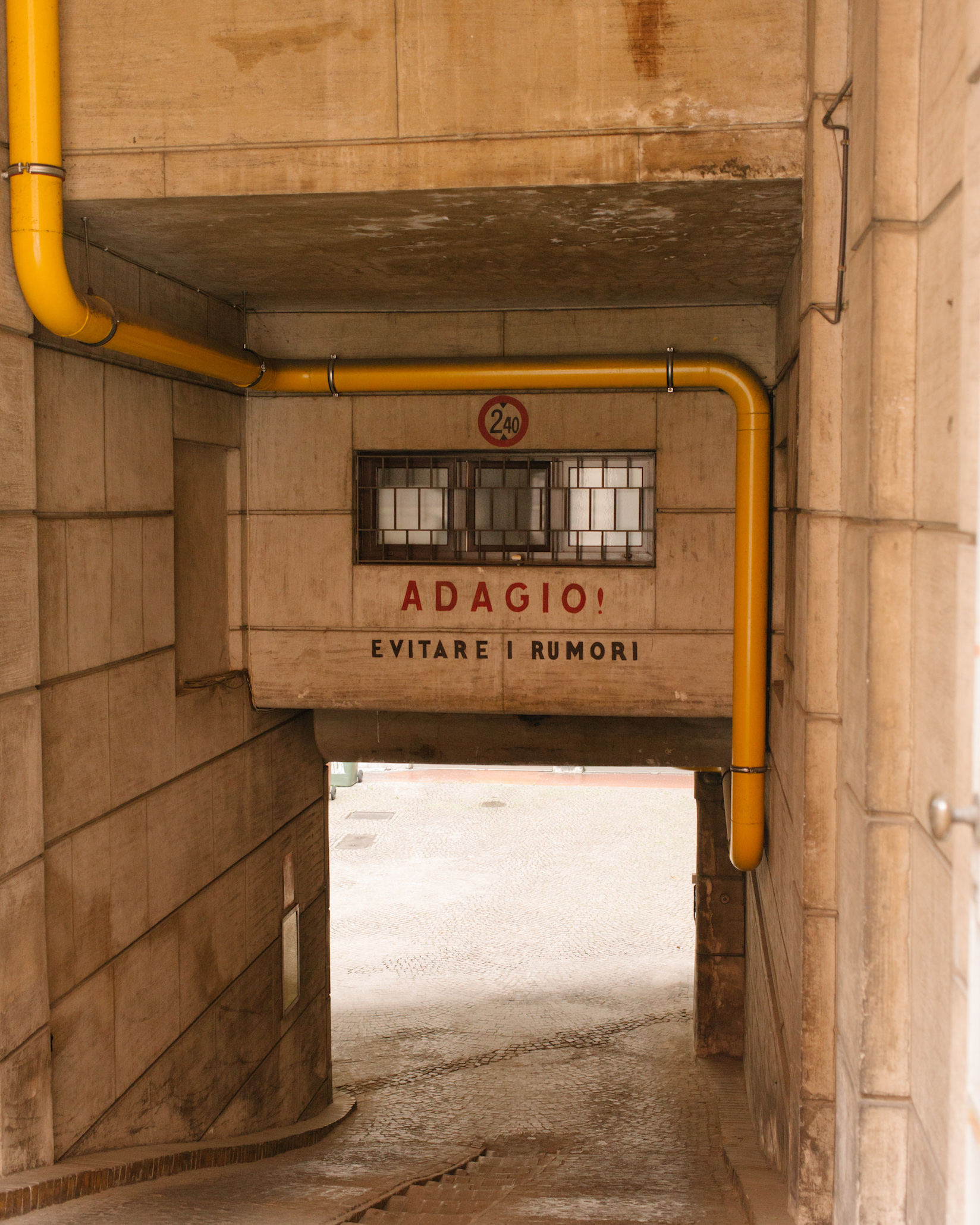
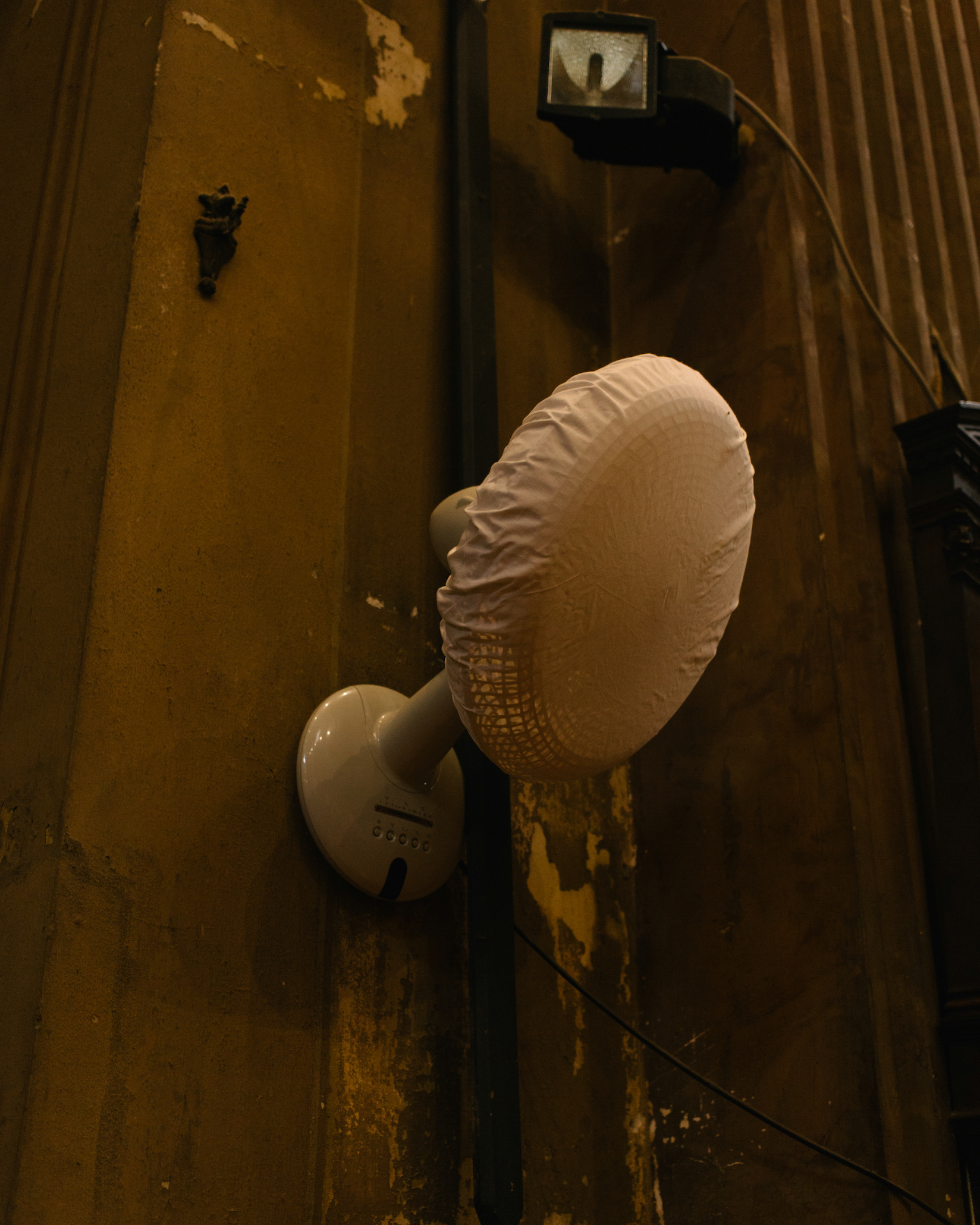
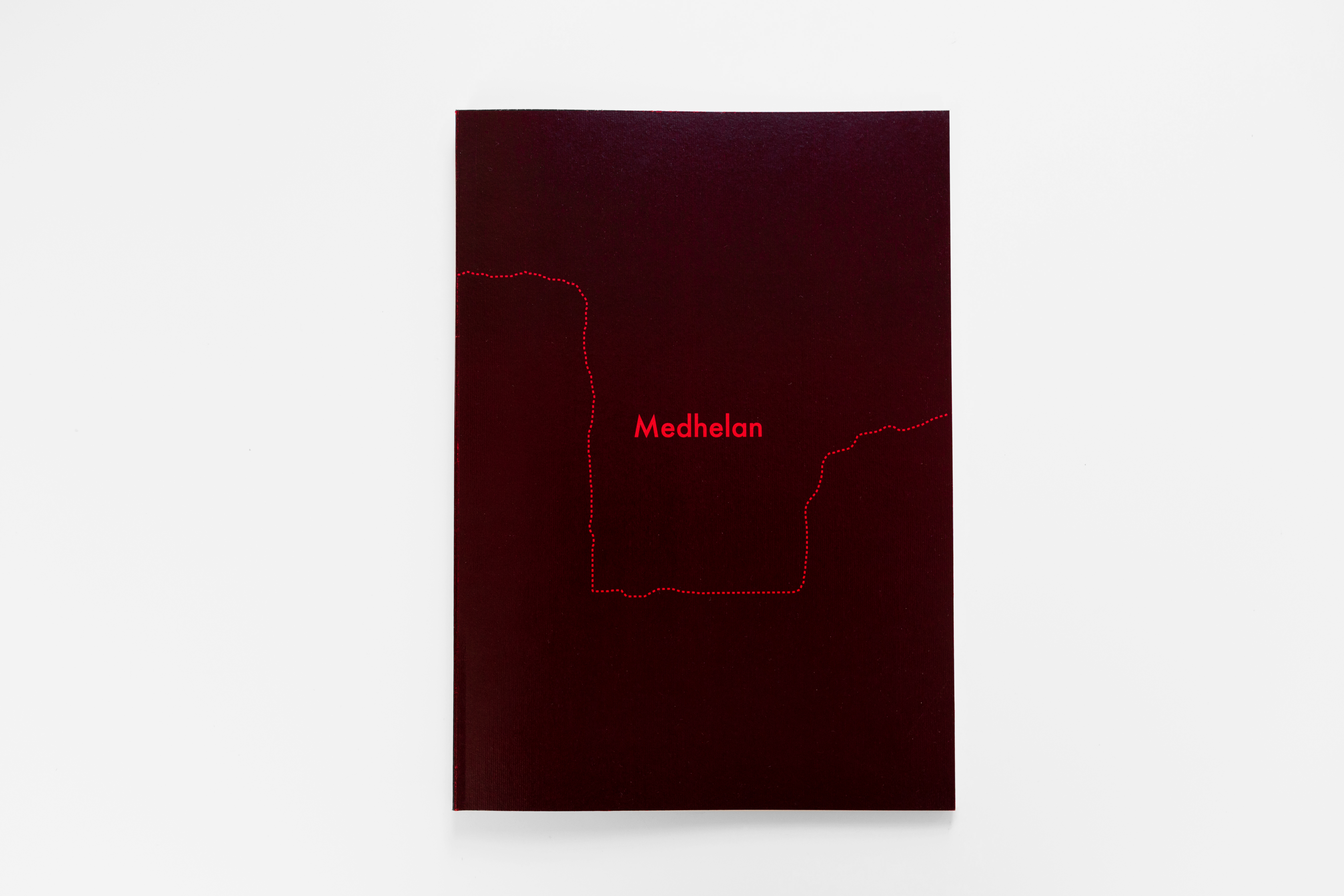


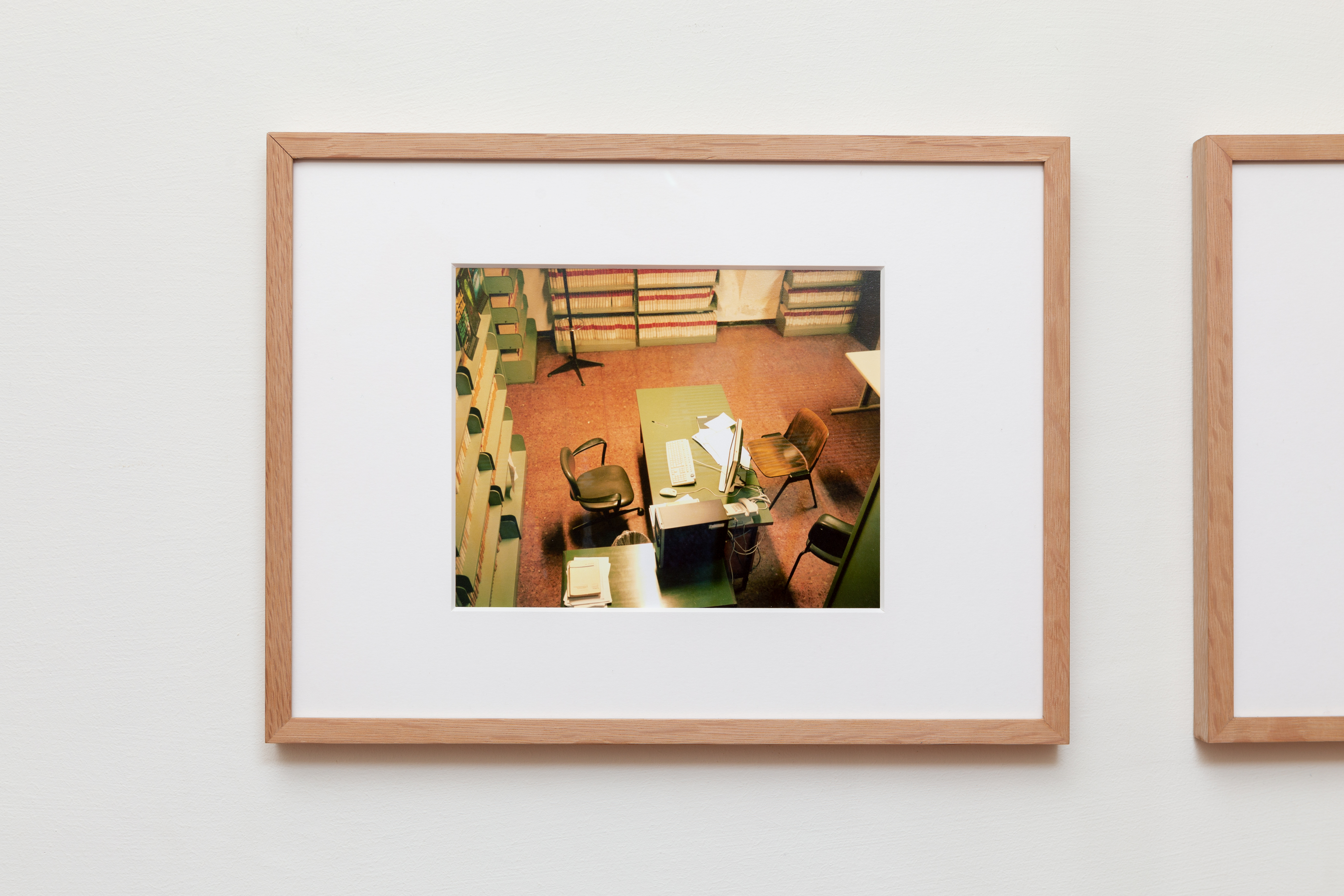
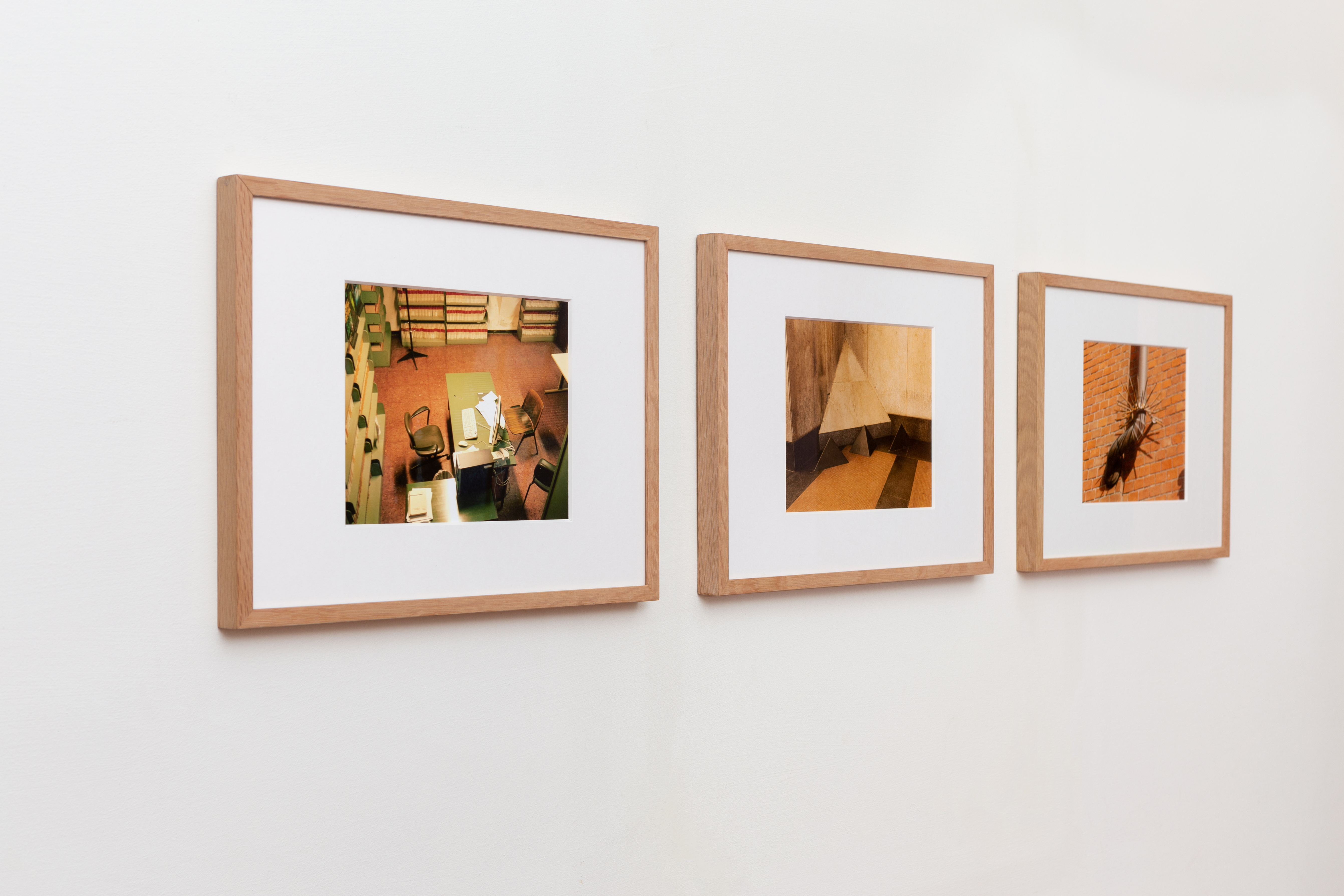
Dummy book:

Kalsa Jam
(2018)
(2018)
Project realized during ‘The Hidden City’ workshop/residency. ‘The Hidden City’ took part as an official collateral event of the Manifesta12 Art Biennale in Palermo. A collaboration between Academy of Fine Arts of Brera and the Regional Gallery of Sicily. Curated by Cloe Piccoli and the artist Stefano Graziani.
September 2018 - Palazzo Abatellis, Palermo, Sicily.
Those are the questions behind my project about Palazzo Abatellis:
What relationships exist between a street and the museum site of very high historical importance? Can one succeed in juxtaposing elements from the daily life to elements of memorable beauty? Is there a link and something that makes them equally interesting and similar?
The project aims to analyze and explore the city of Palermo, in particular the Kalsa district, in search of the elements that can create an unprecedented dialogue between what happened in the Palazzo Abatellis and what happened recently in the city.
Those are the questions behind my project about Palazzo Abatellis:
What relationships exist between a street and the museum site of very high historical importance? Can one succeed in juxtaposing elements from the daily life to elements of memorable beauty? Is there a link and something that makes them equally interesting and similar?
The project aims to analyze and explore the city of Palermo, in particular the Kalsa district, in search of the elements that can create an unprecedented dialogue between what happened in the Palazzo Abatellis and what happened recently in the city.

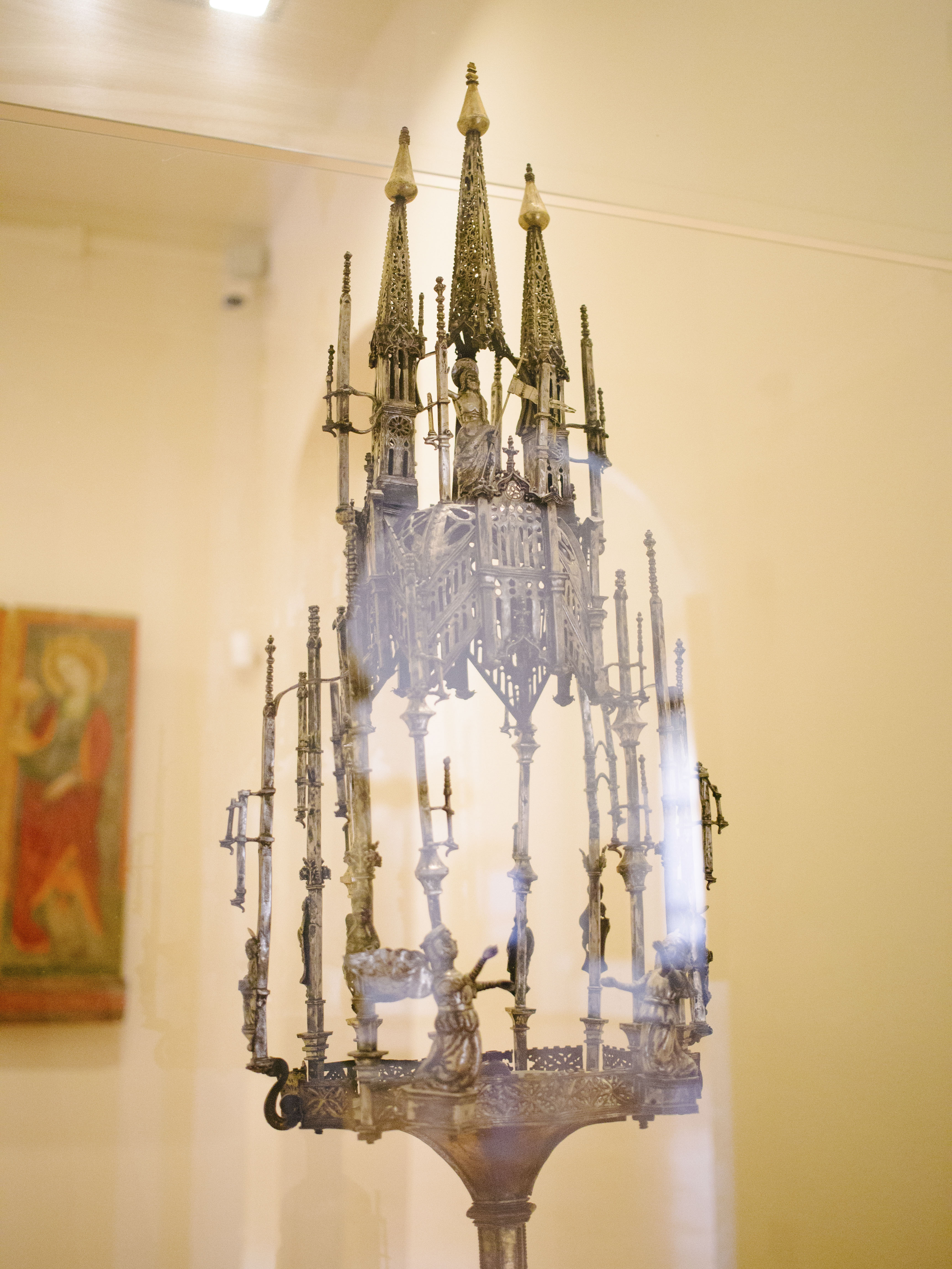
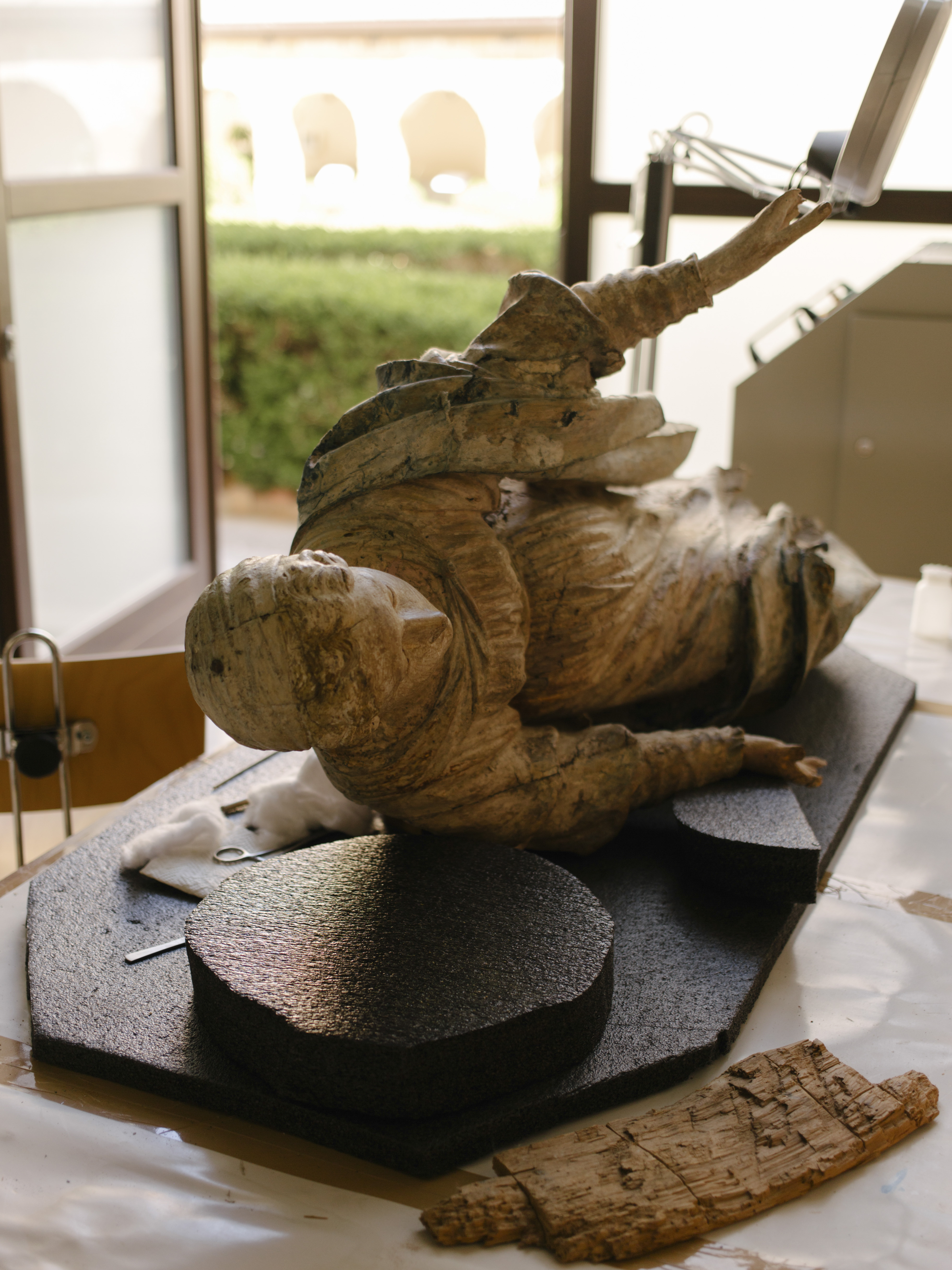
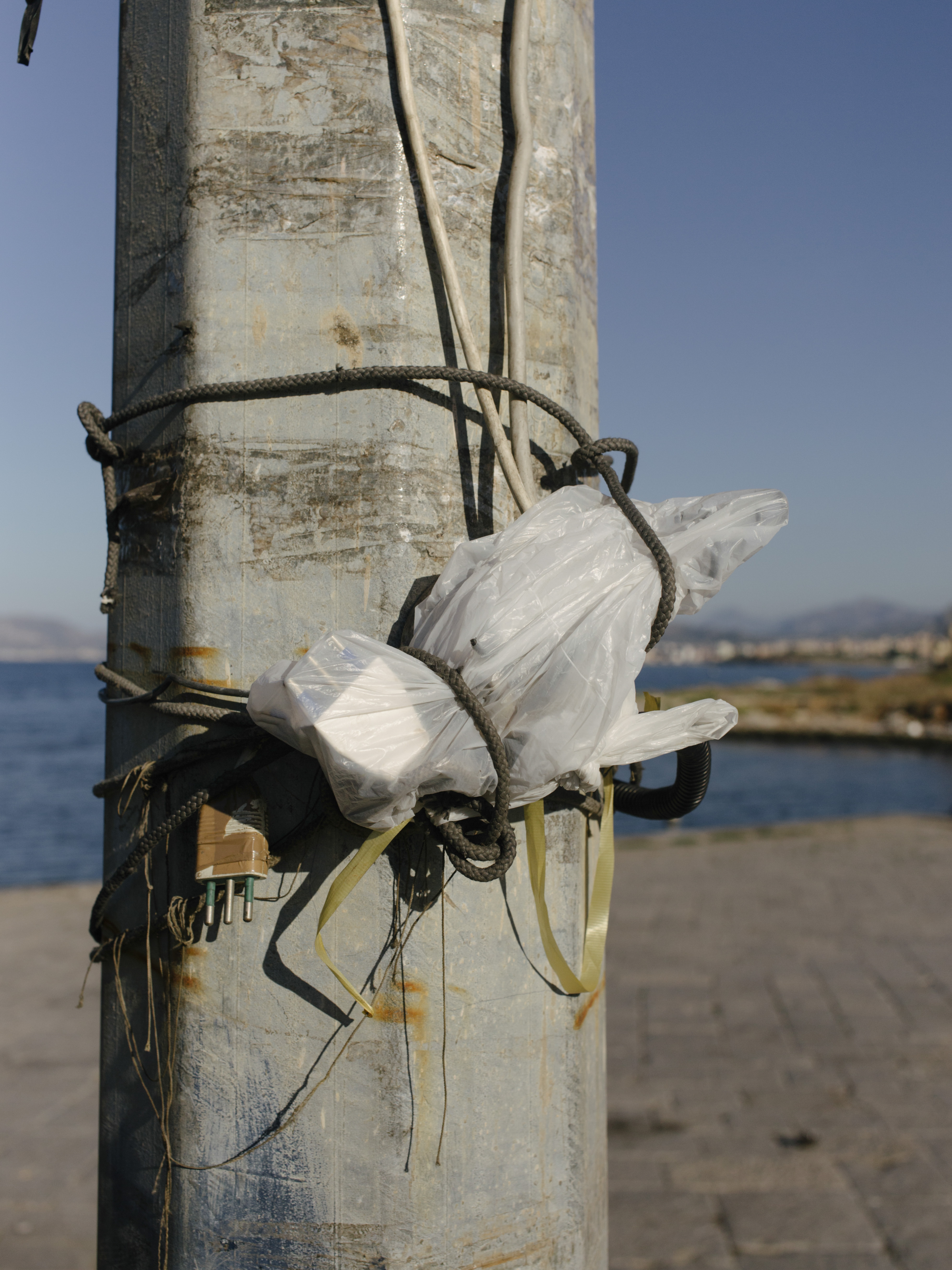

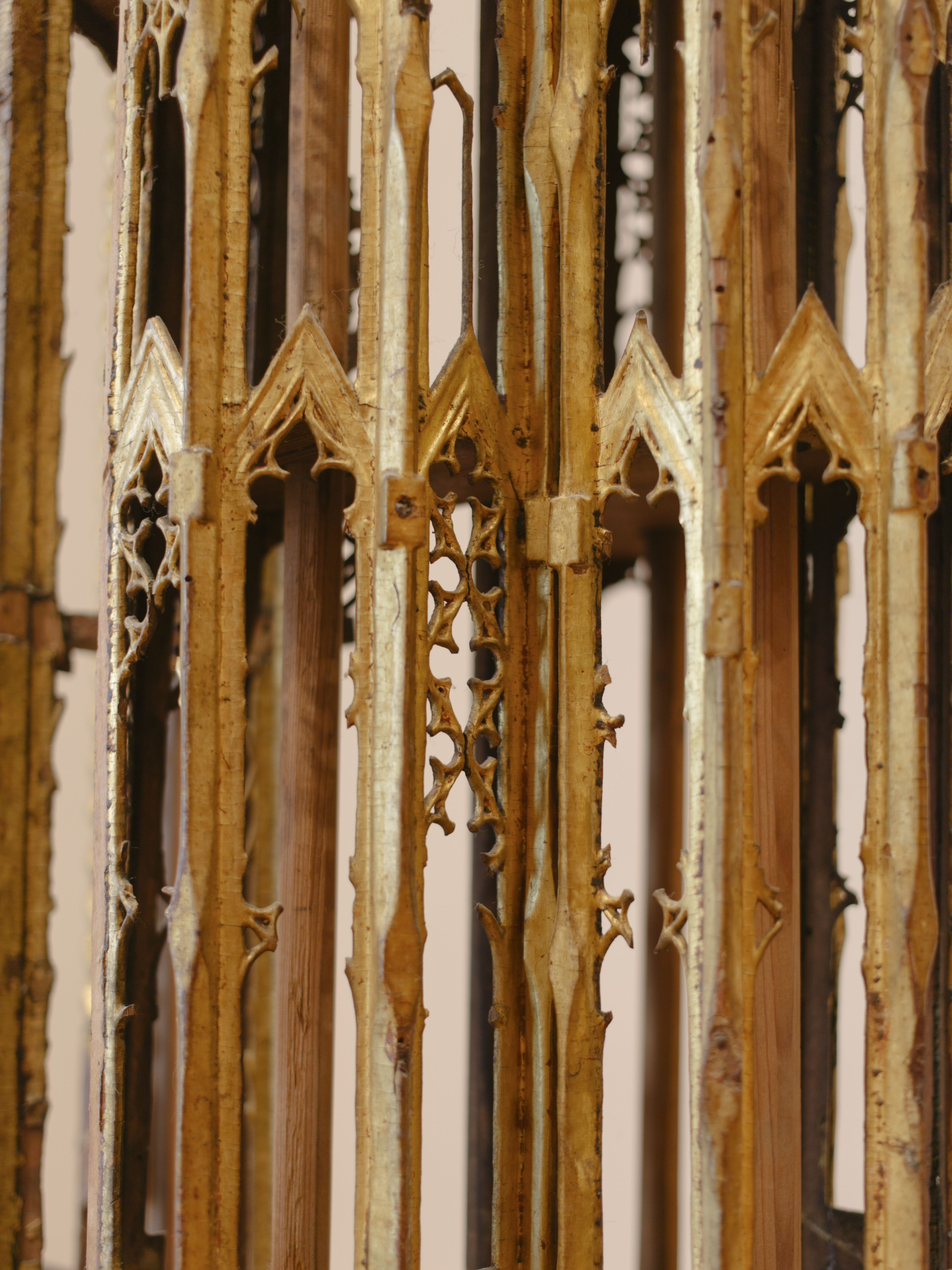

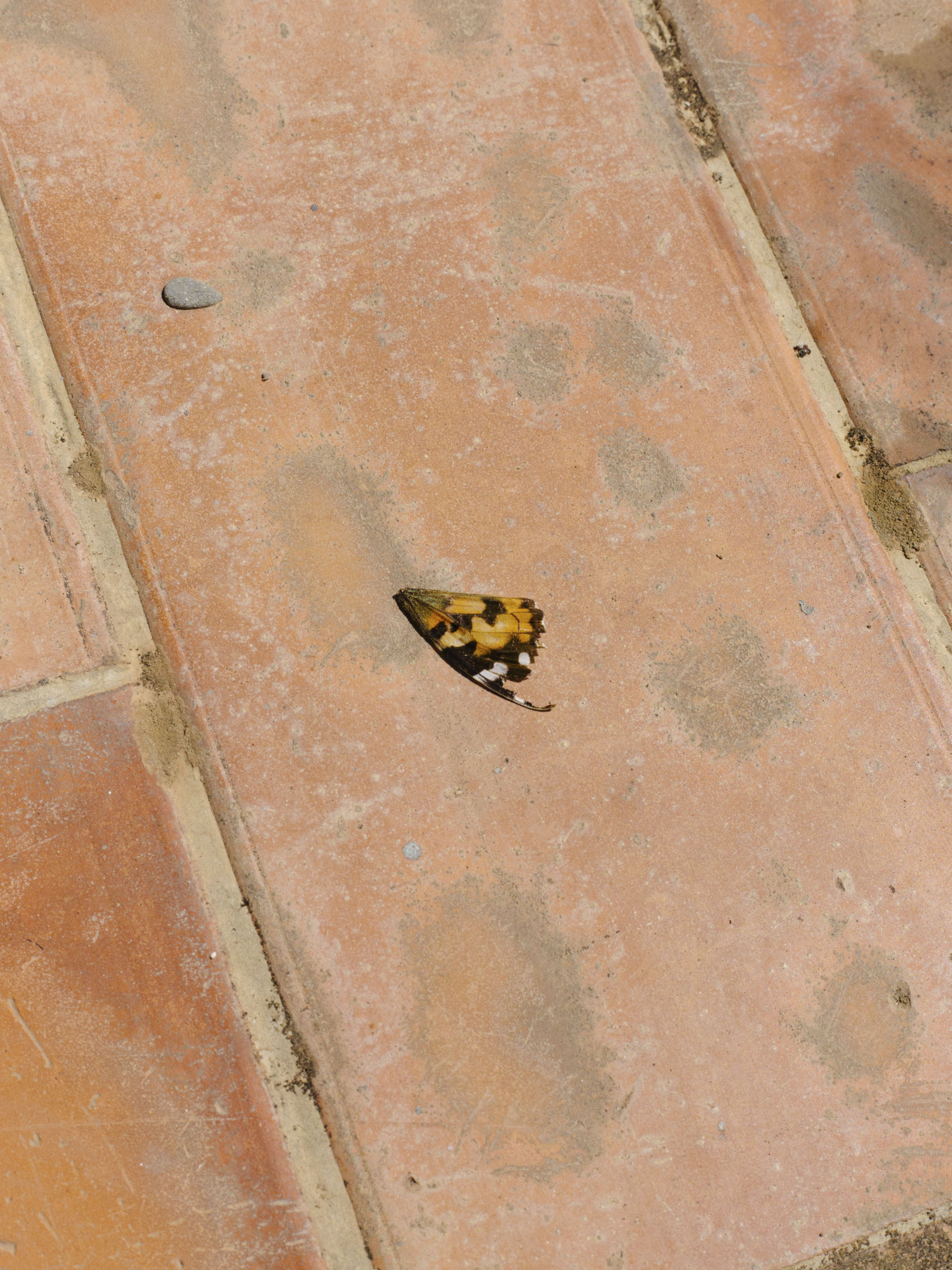
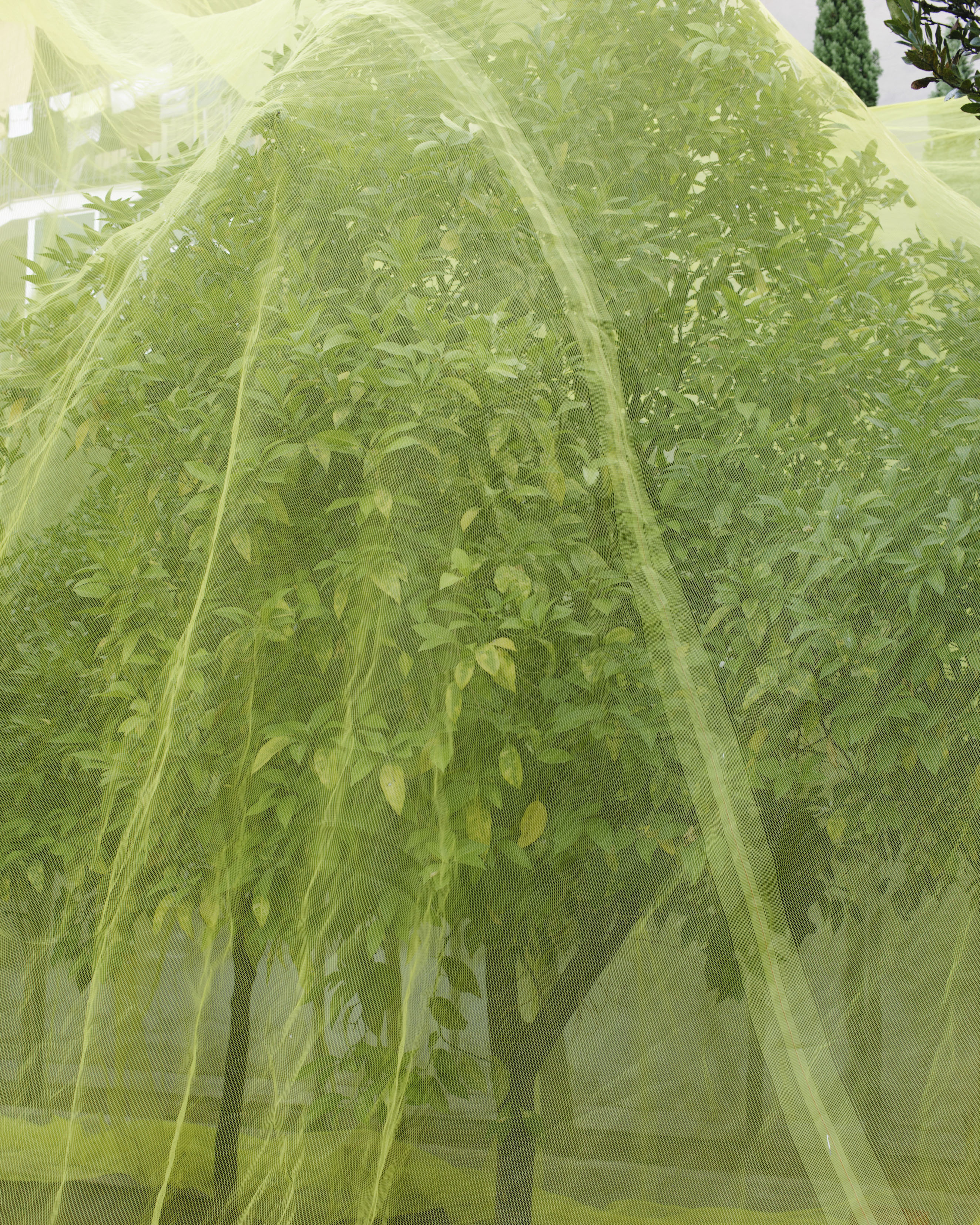

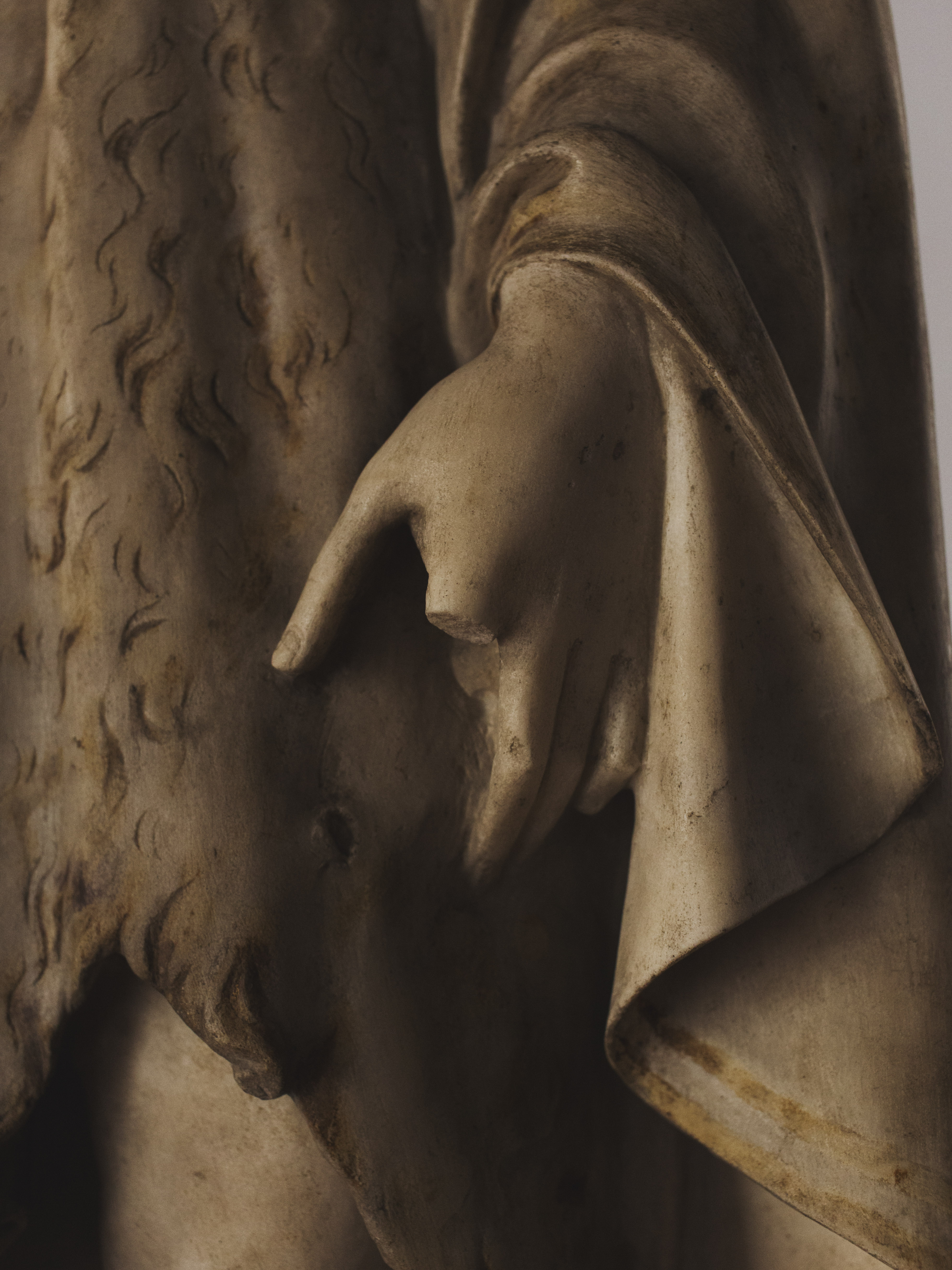
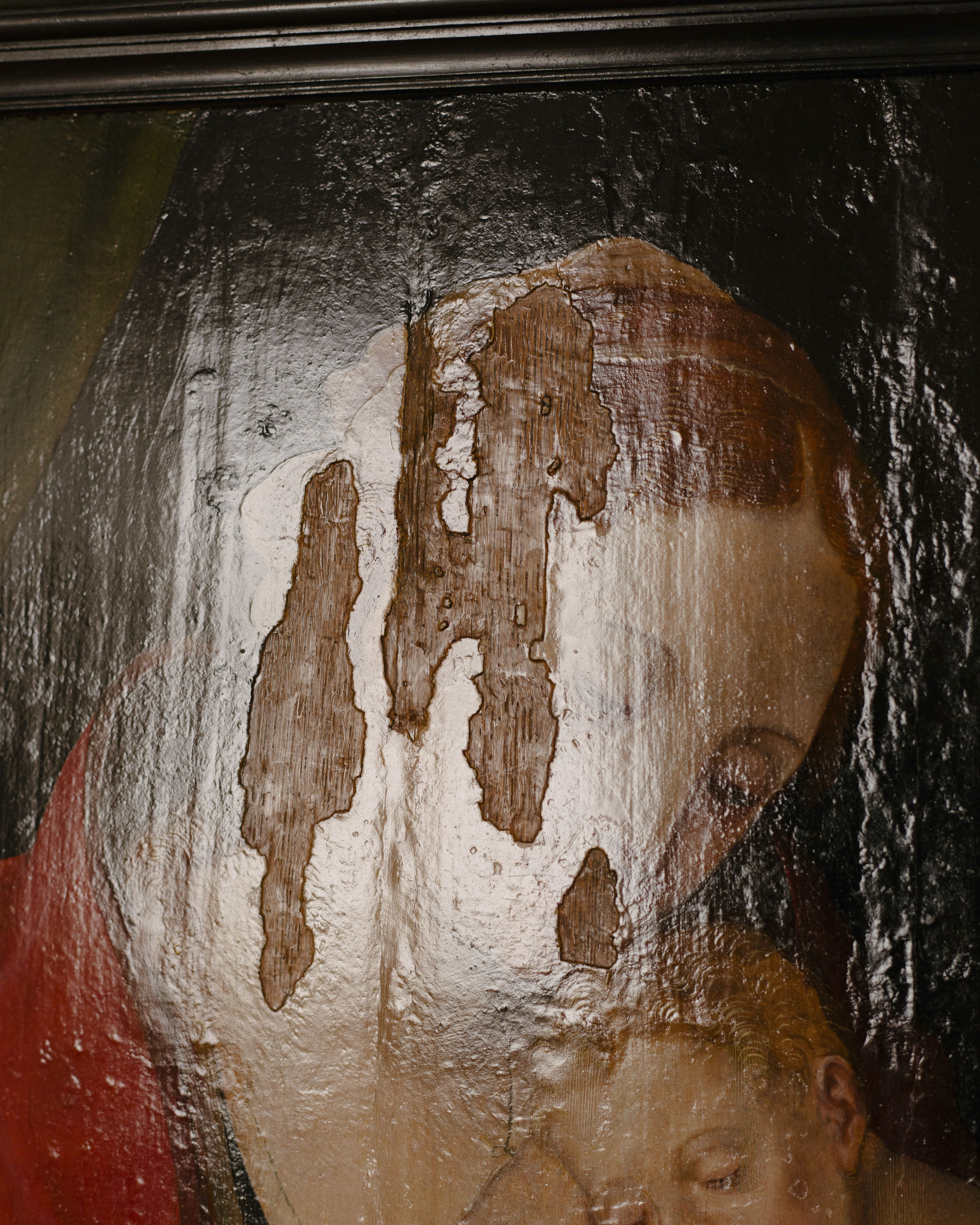

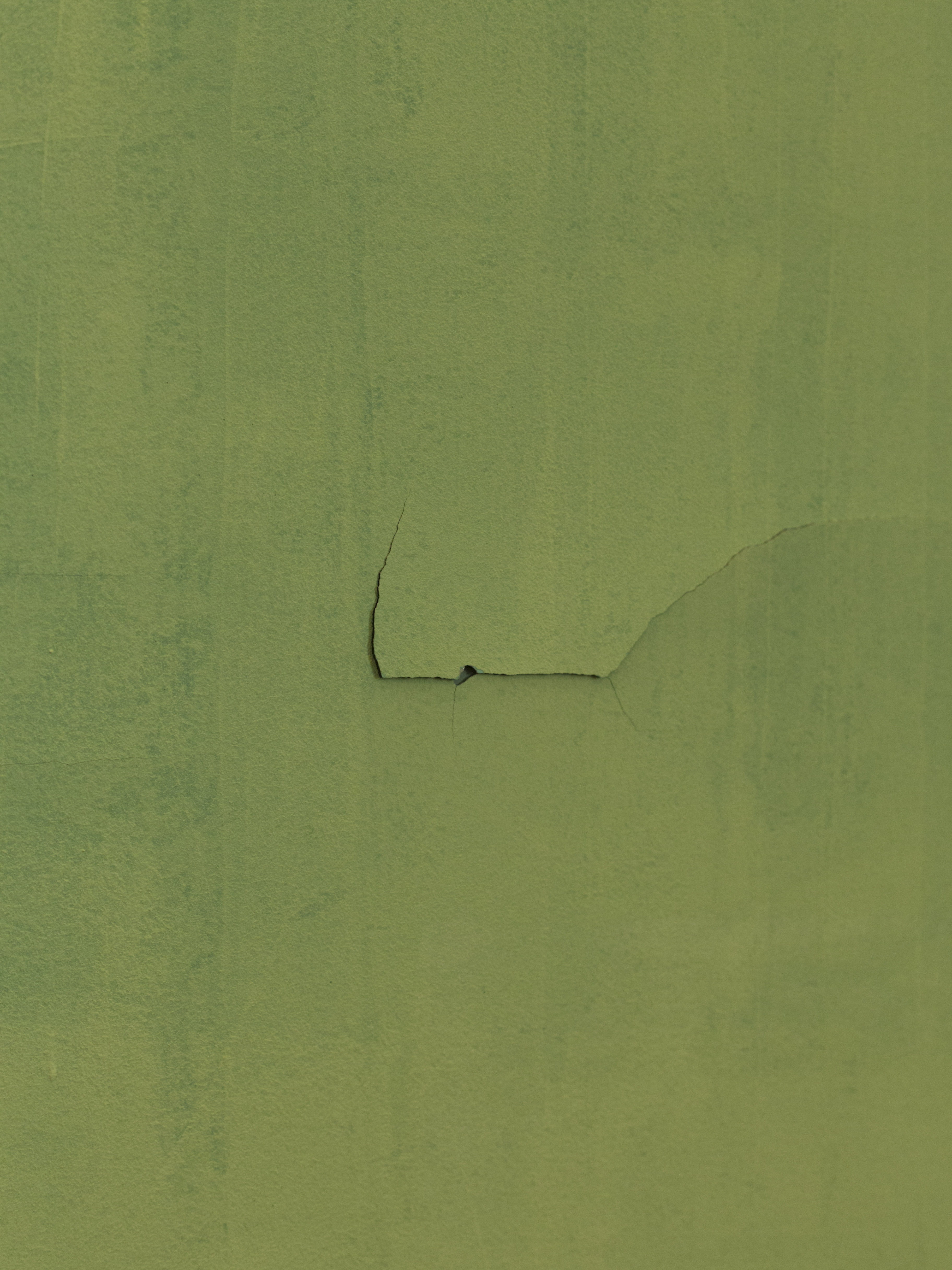
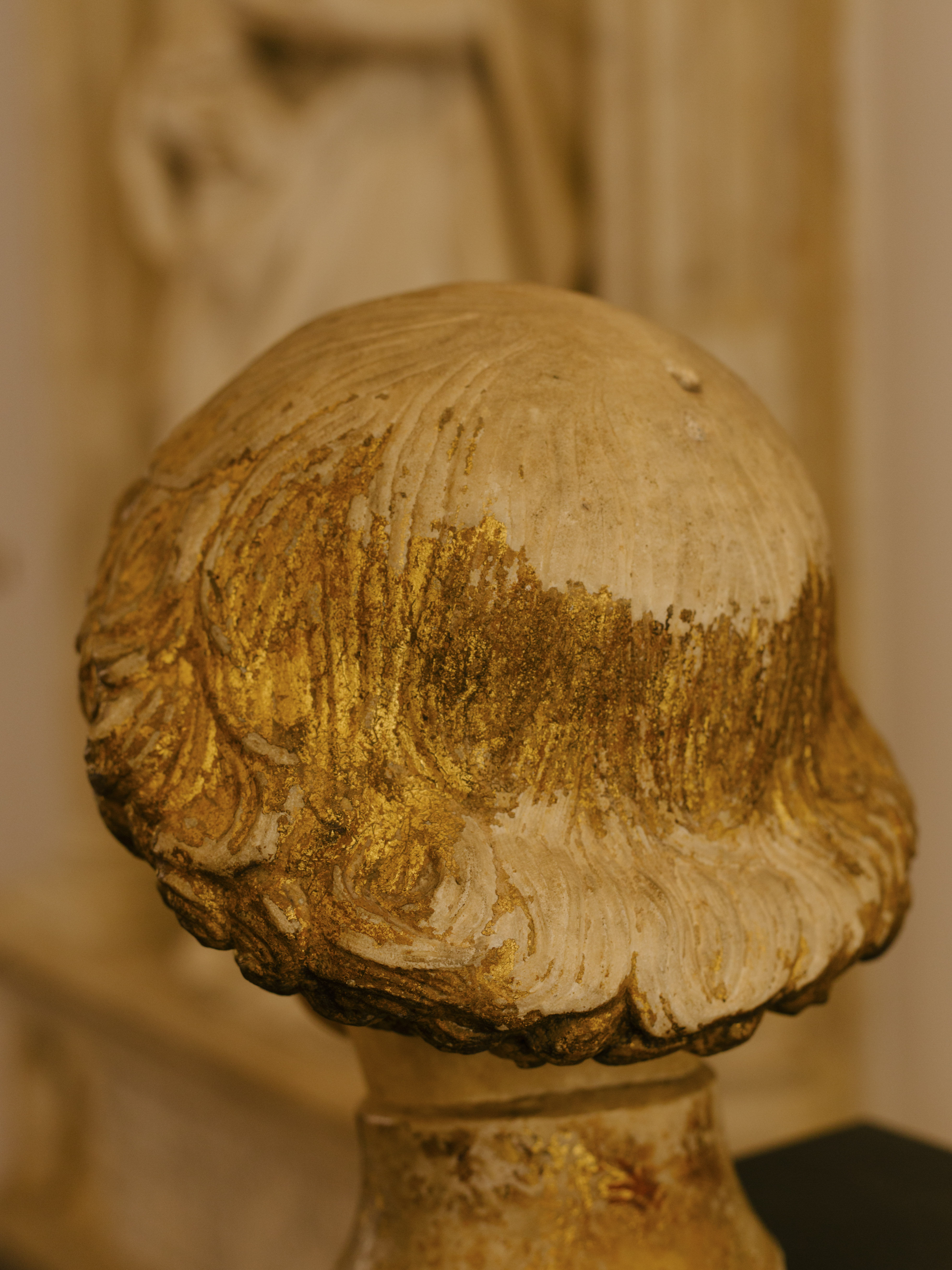
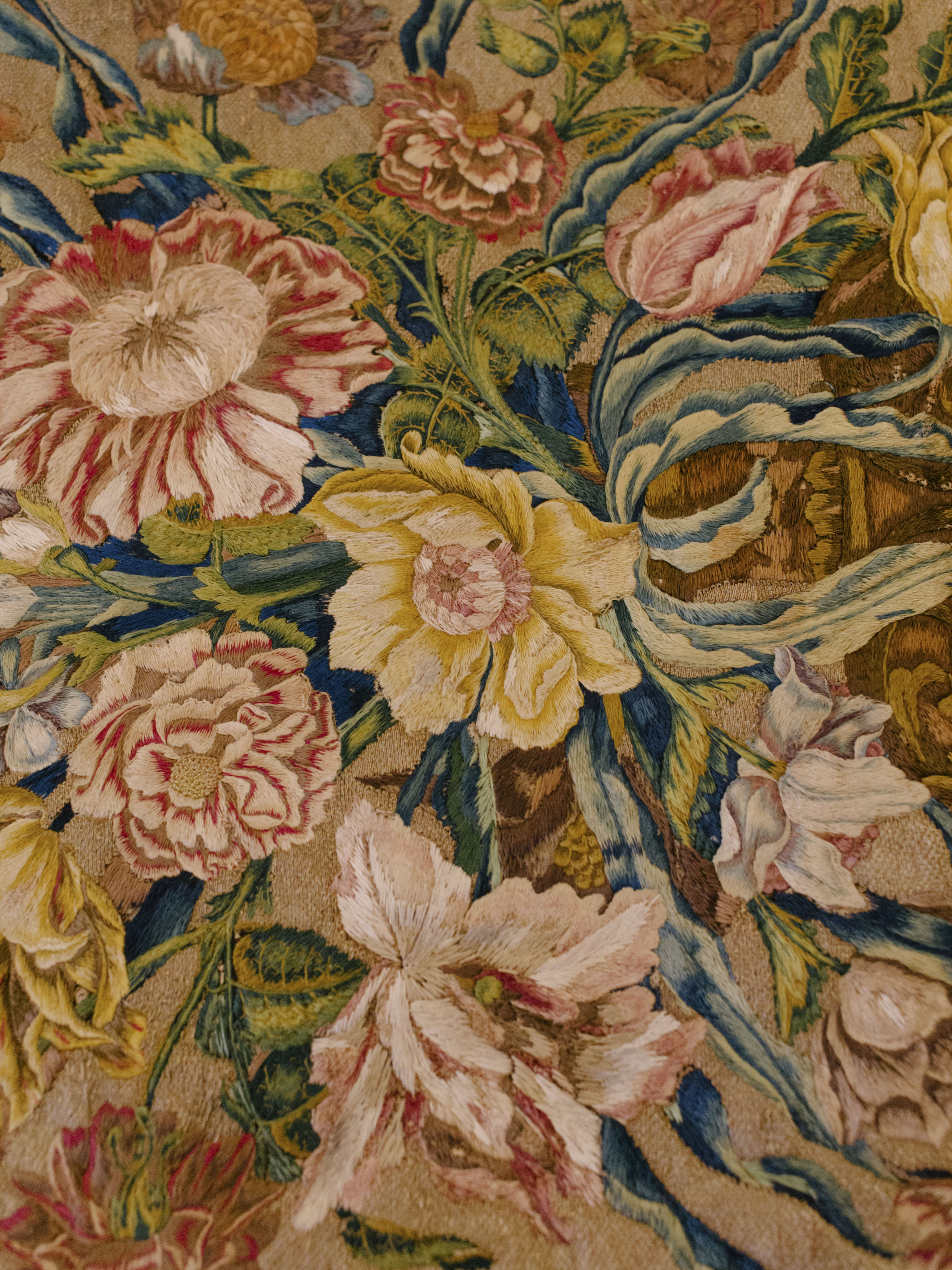
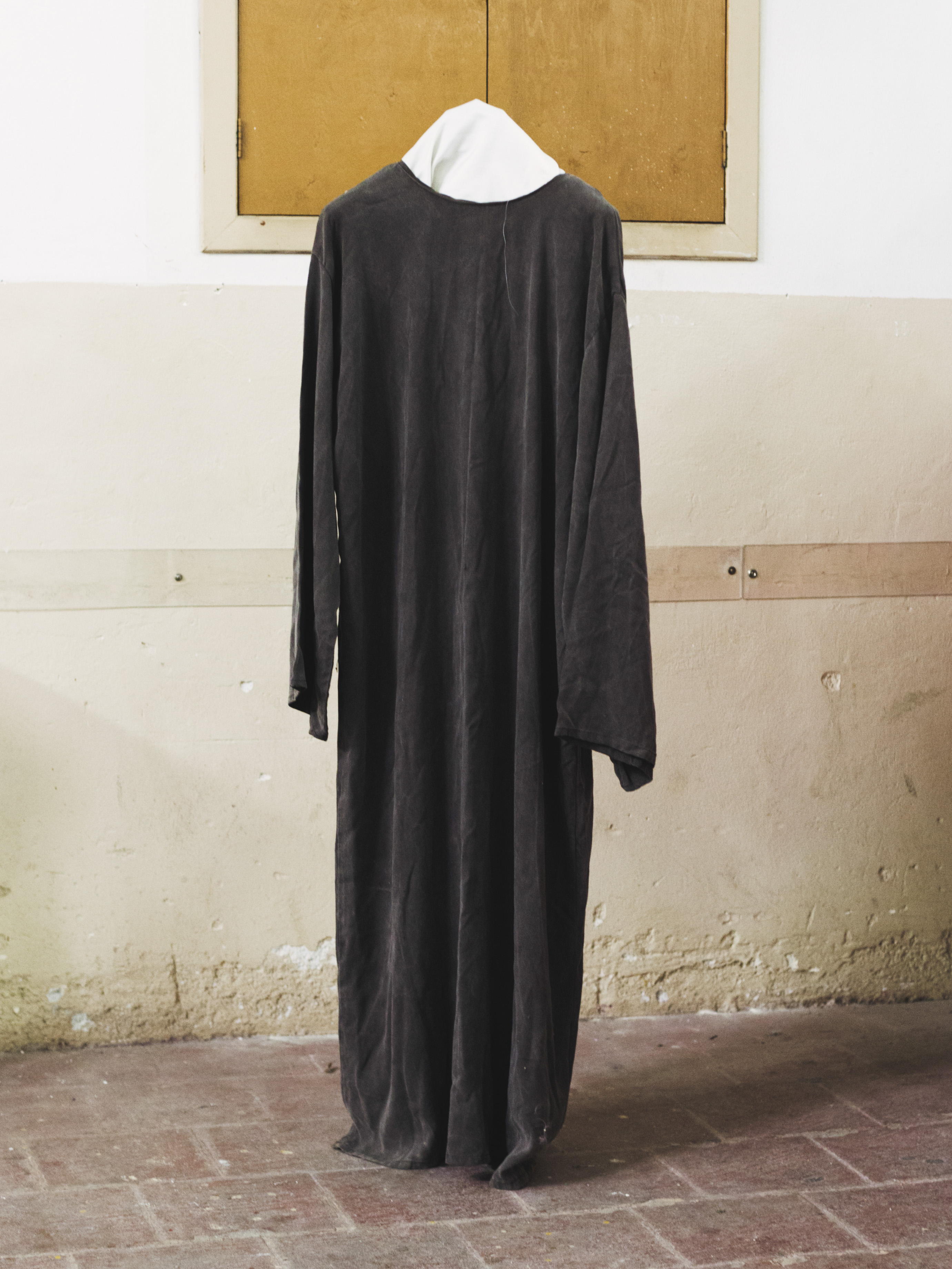
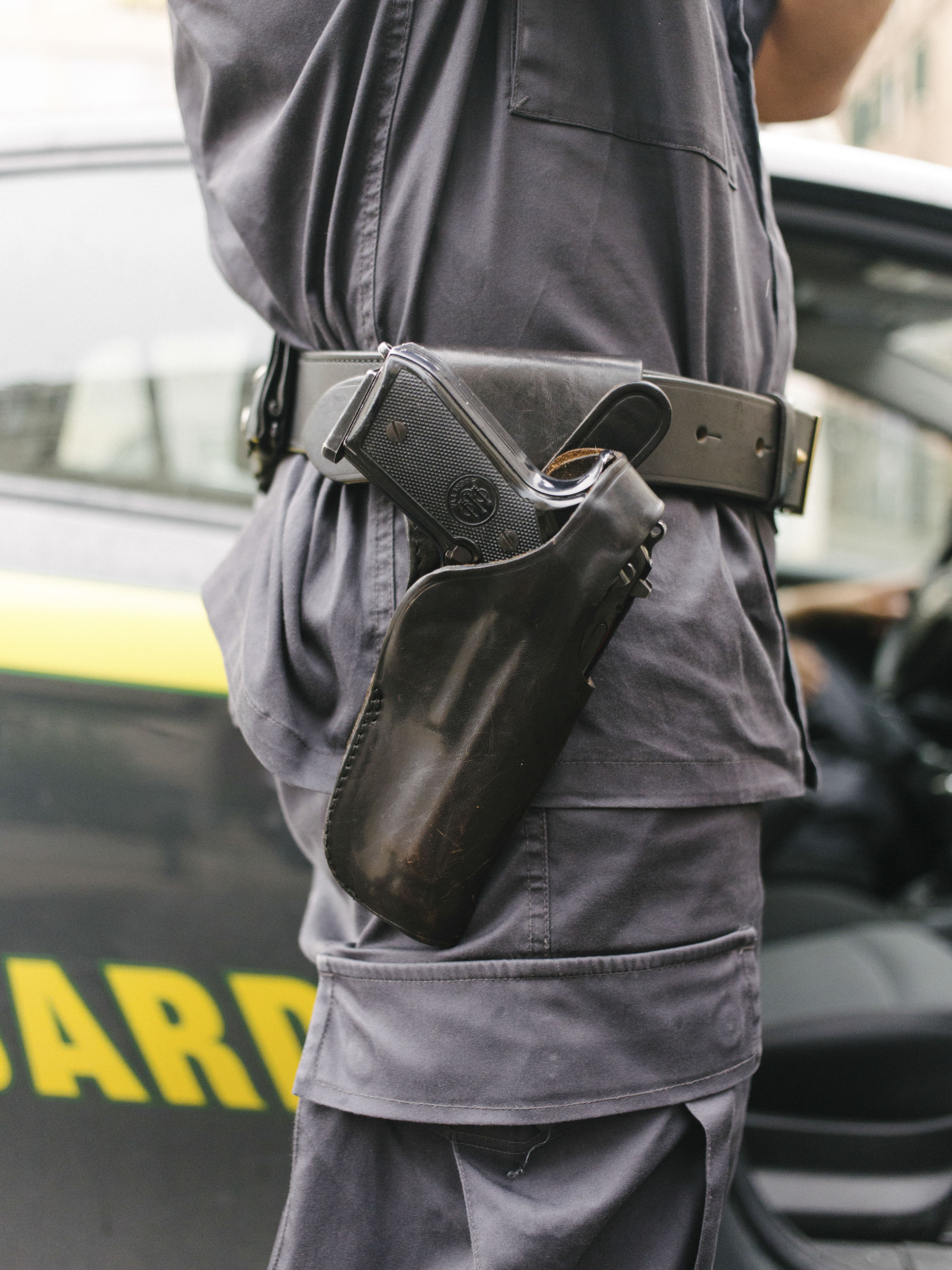
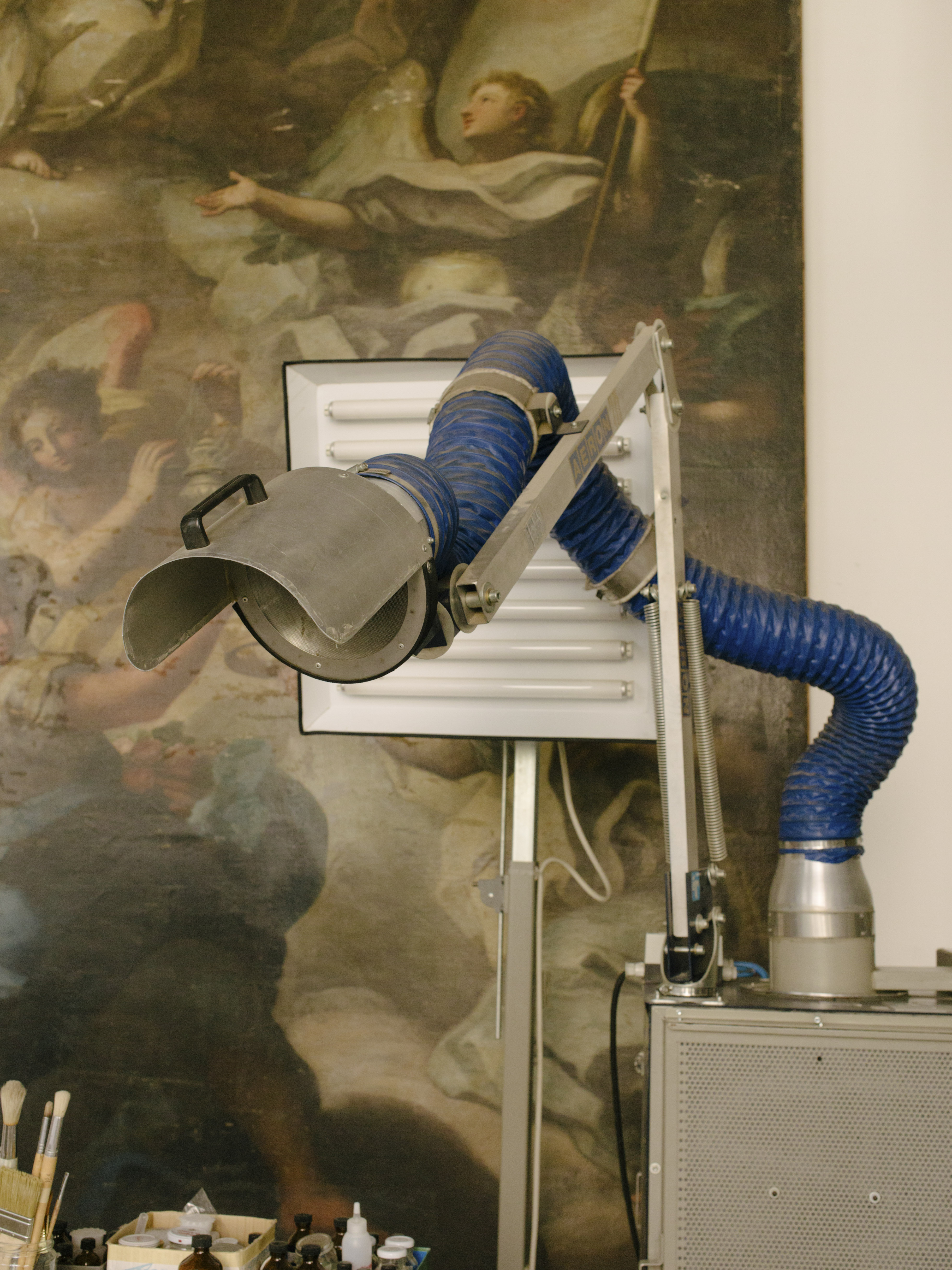
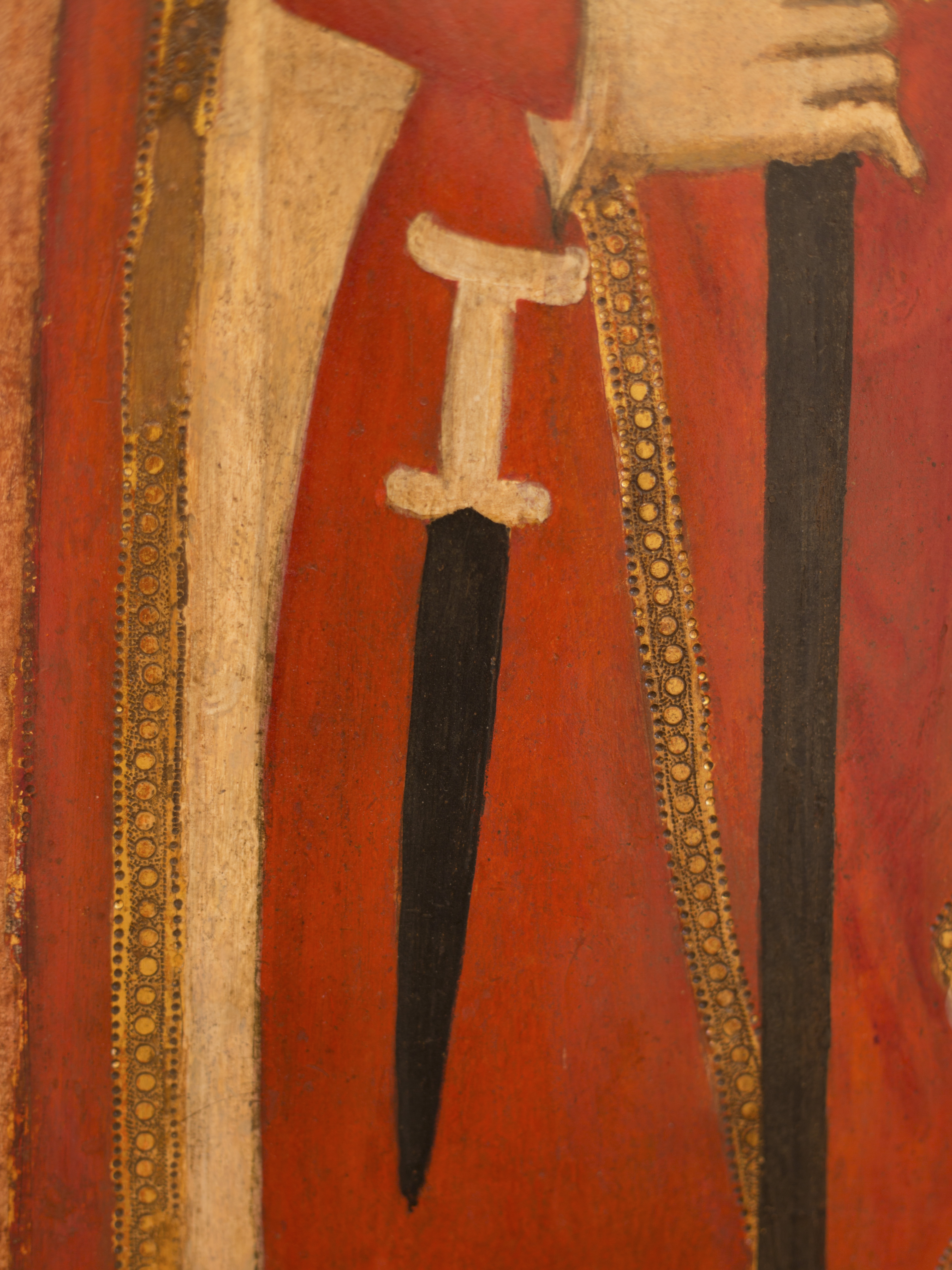

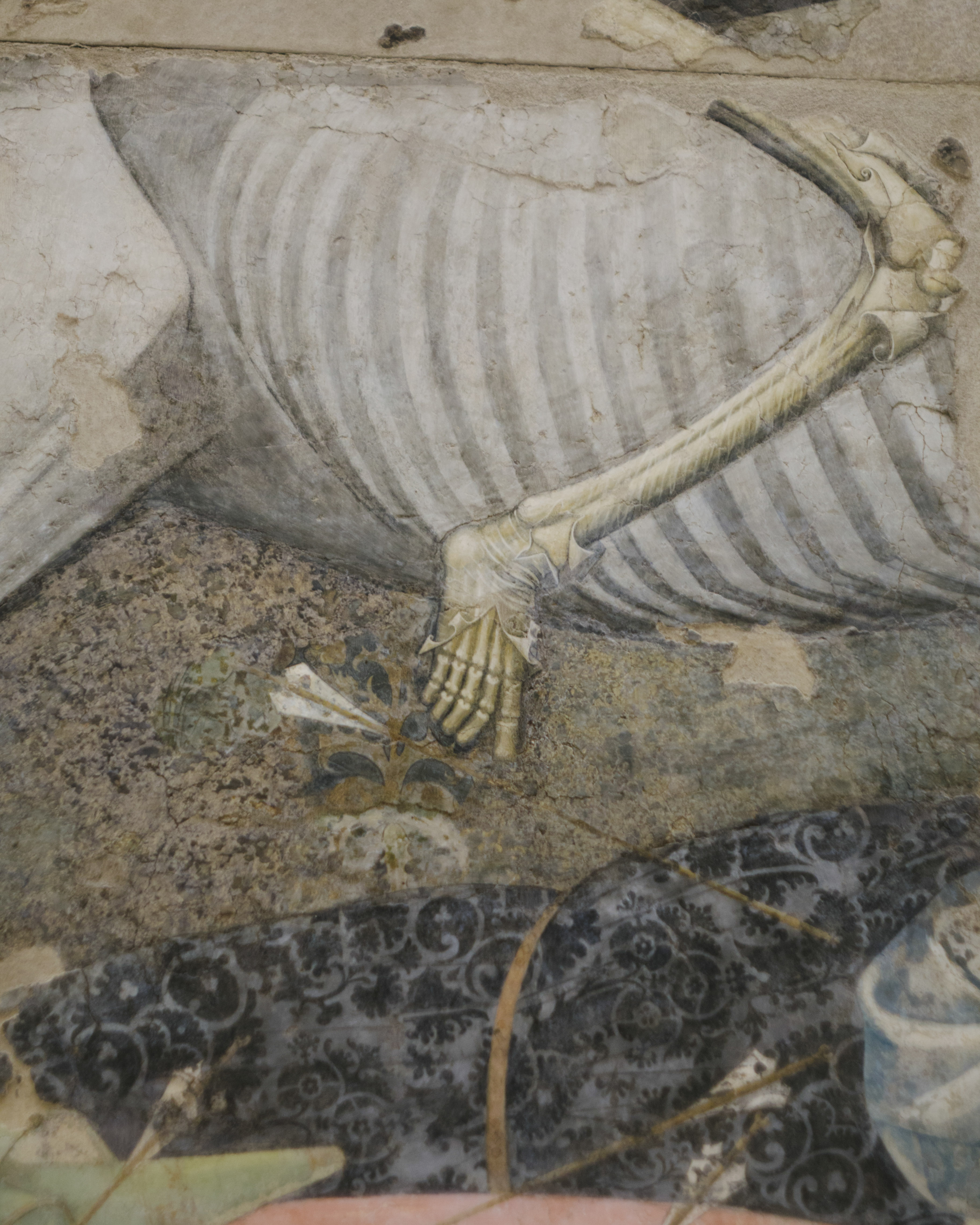
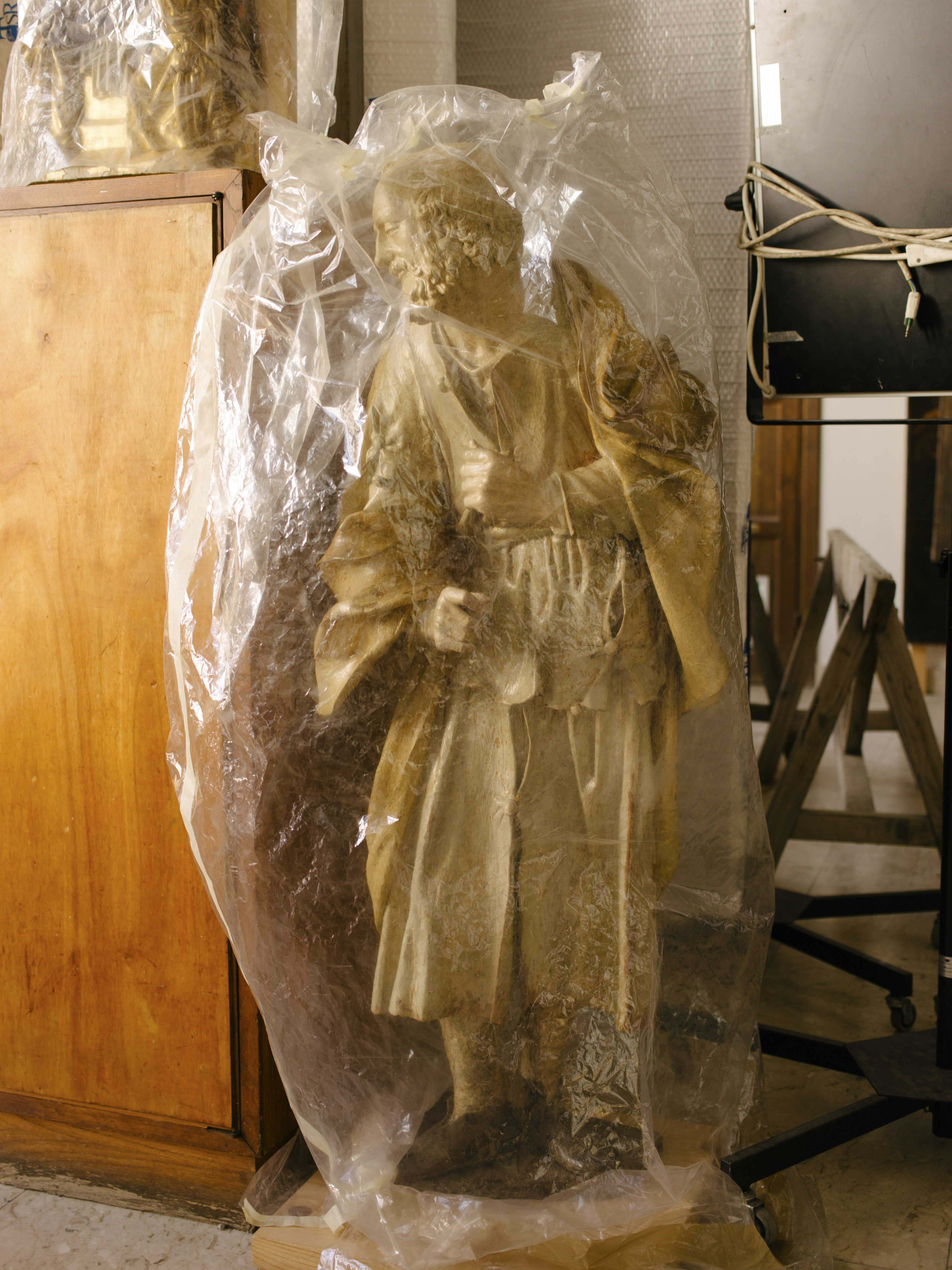
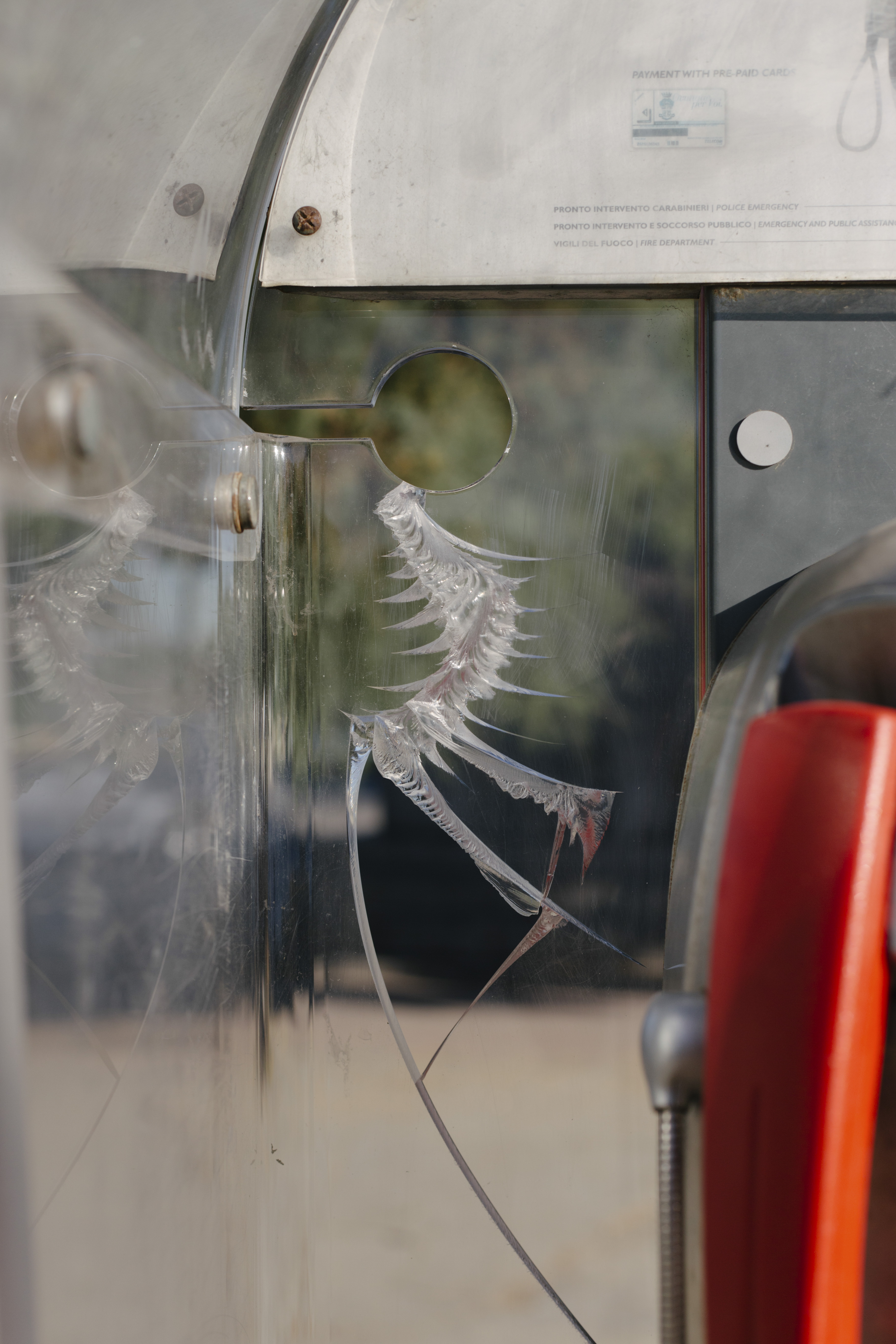
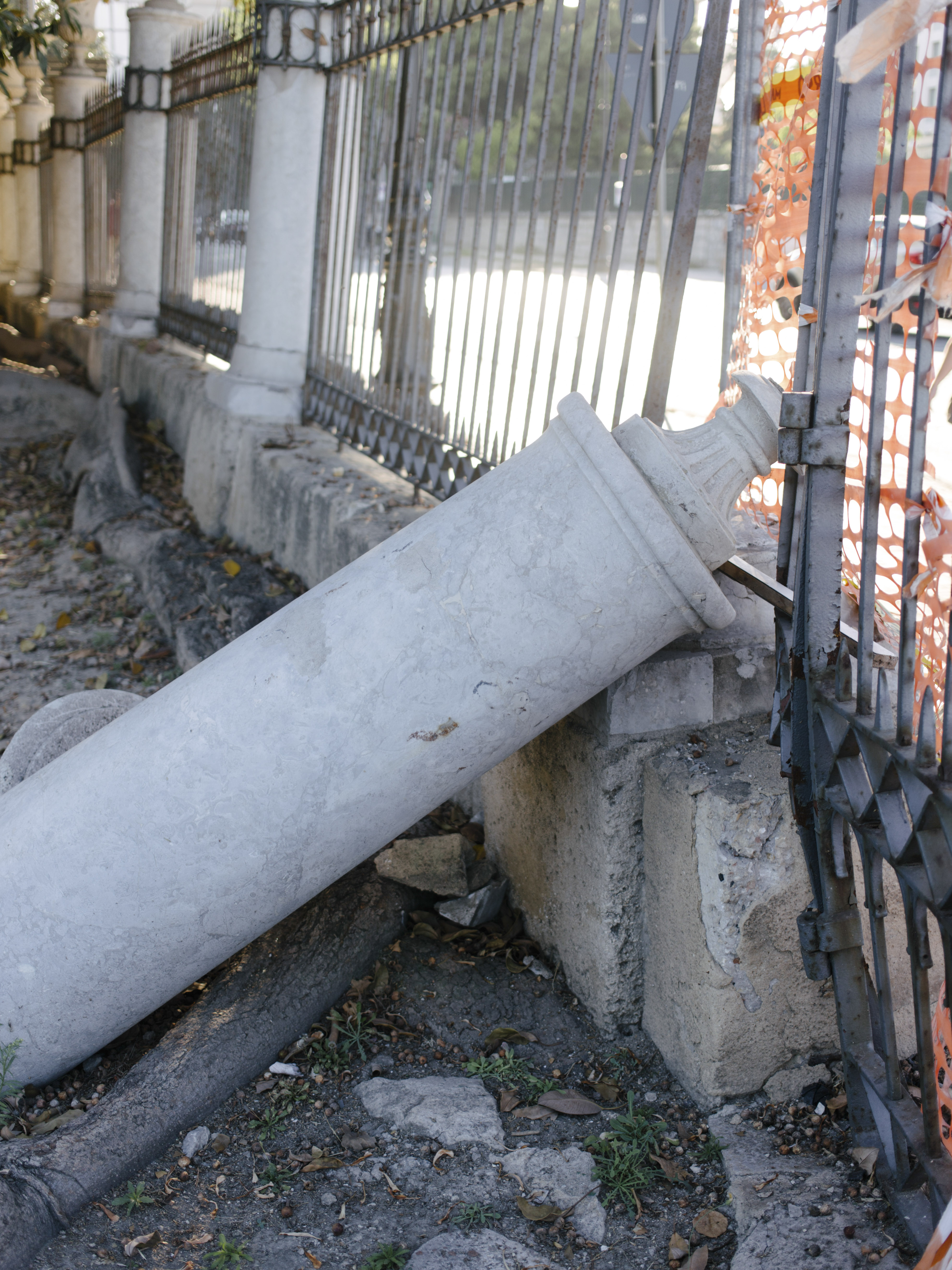
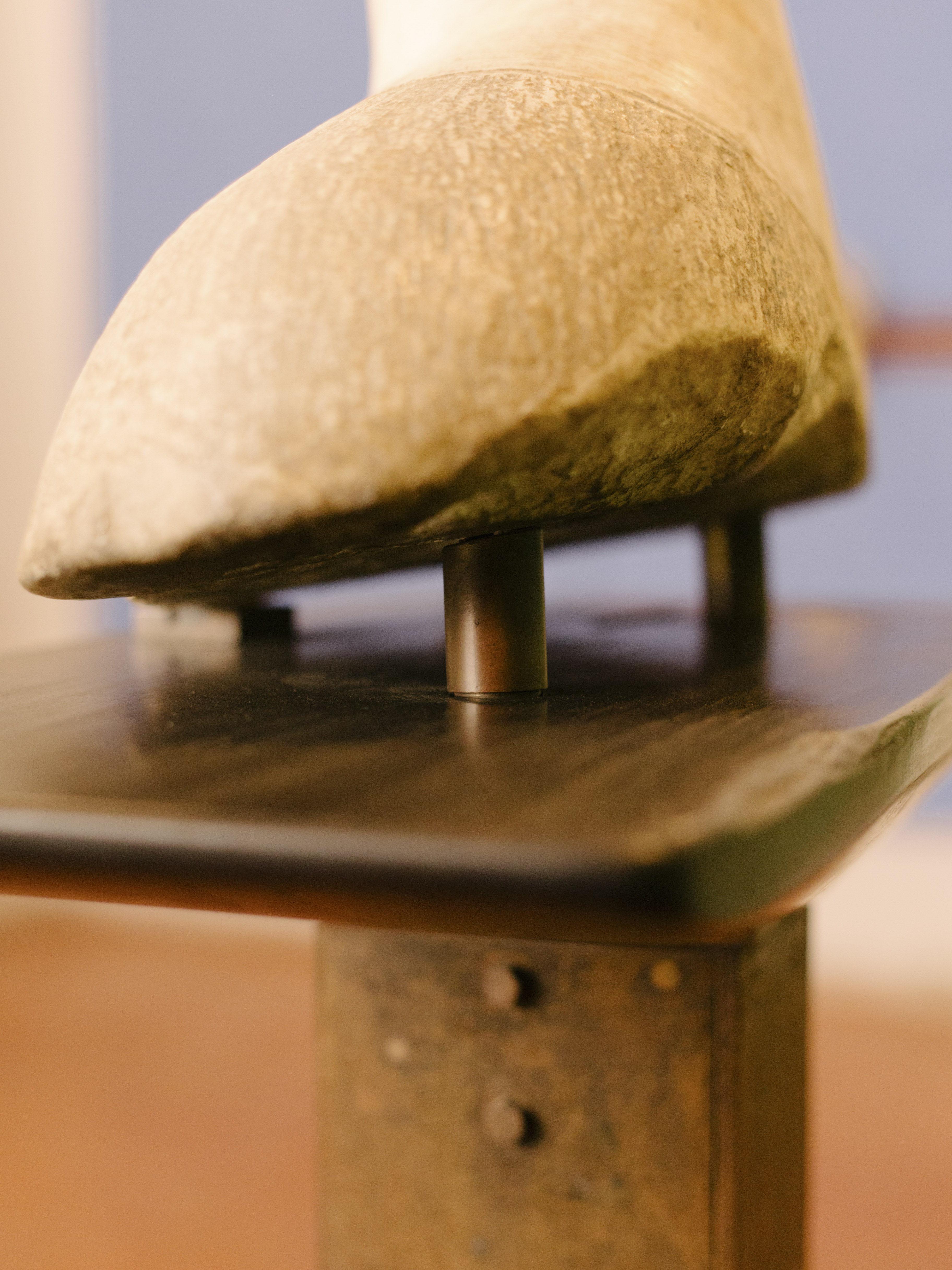

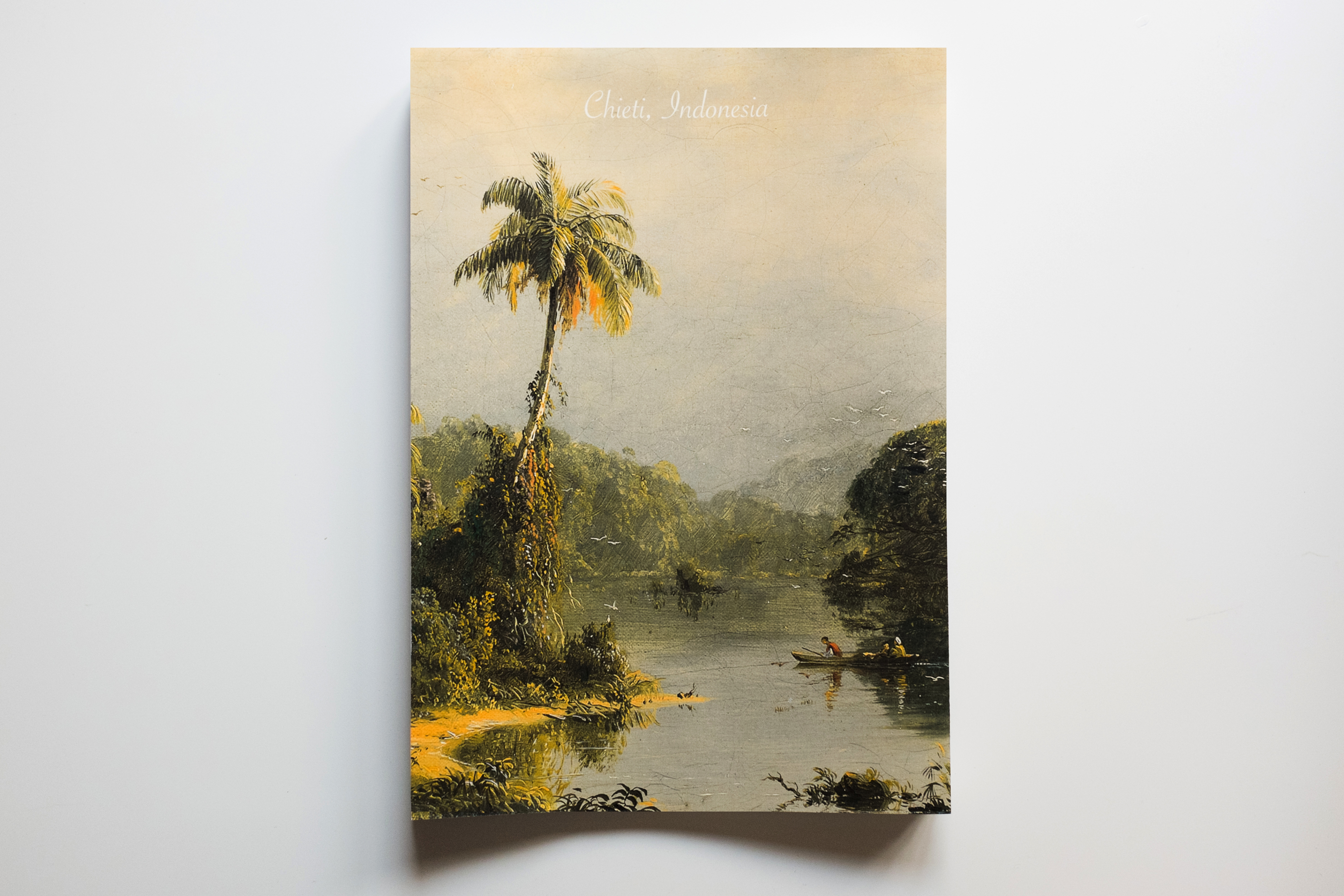
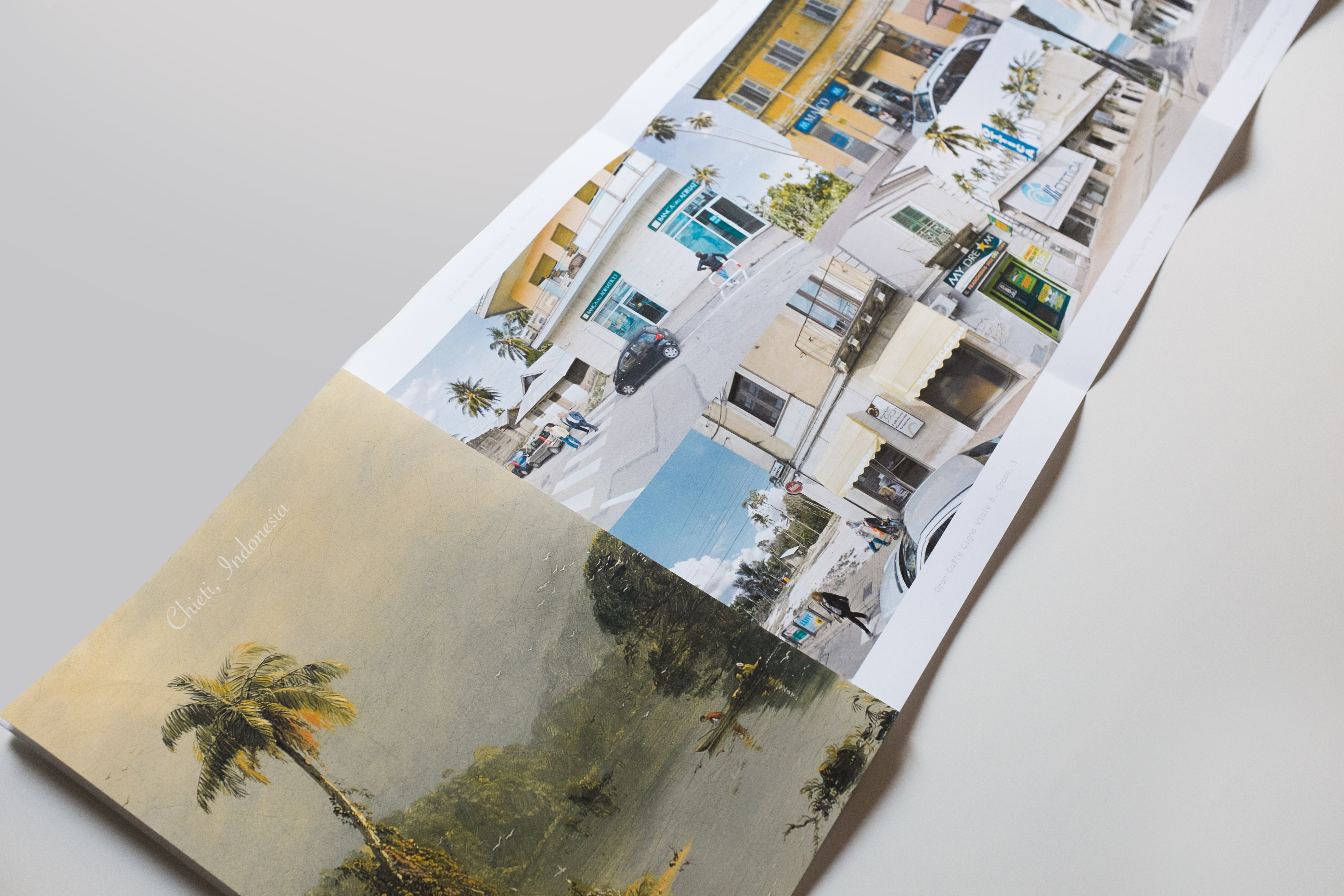
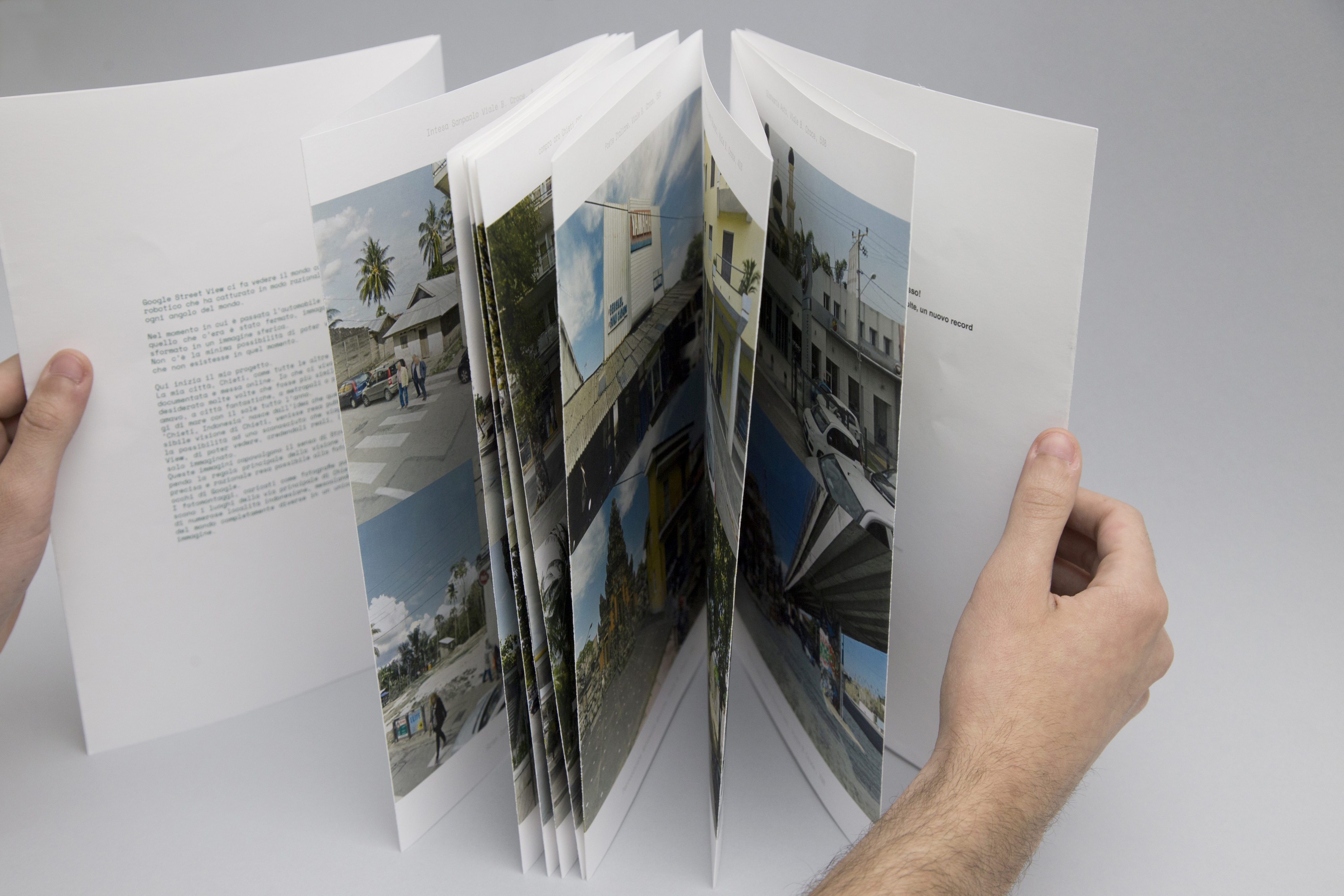


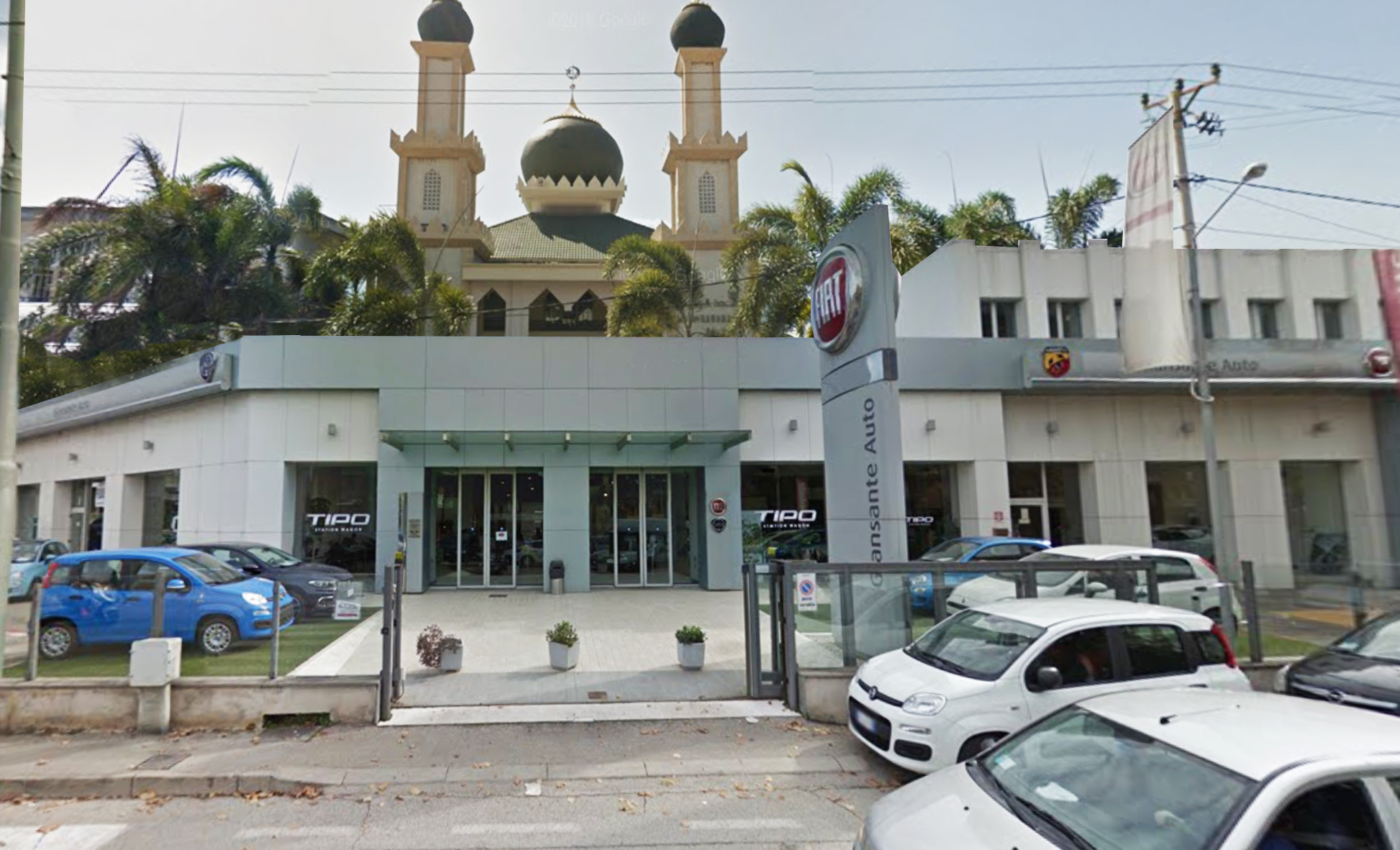


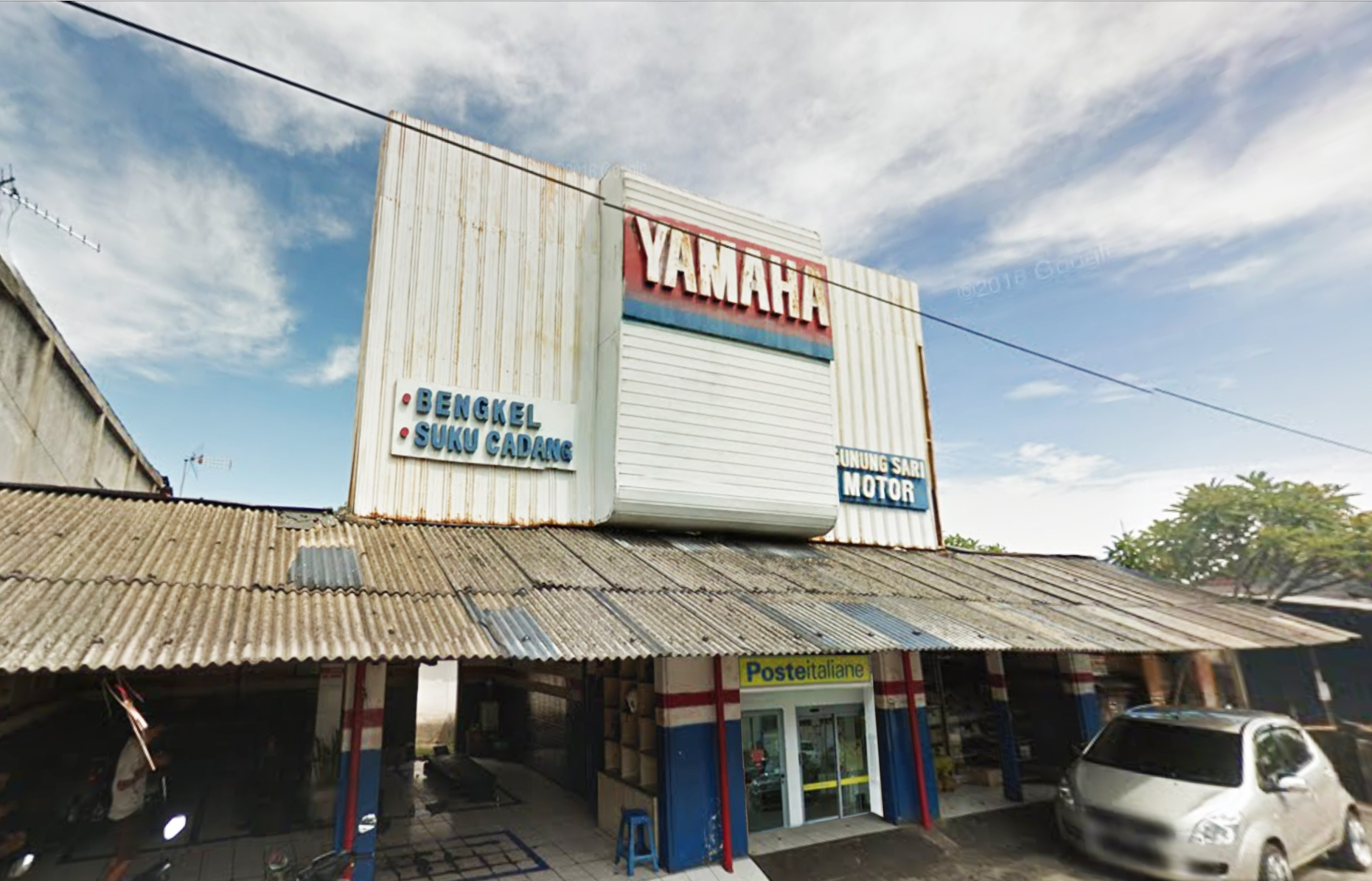
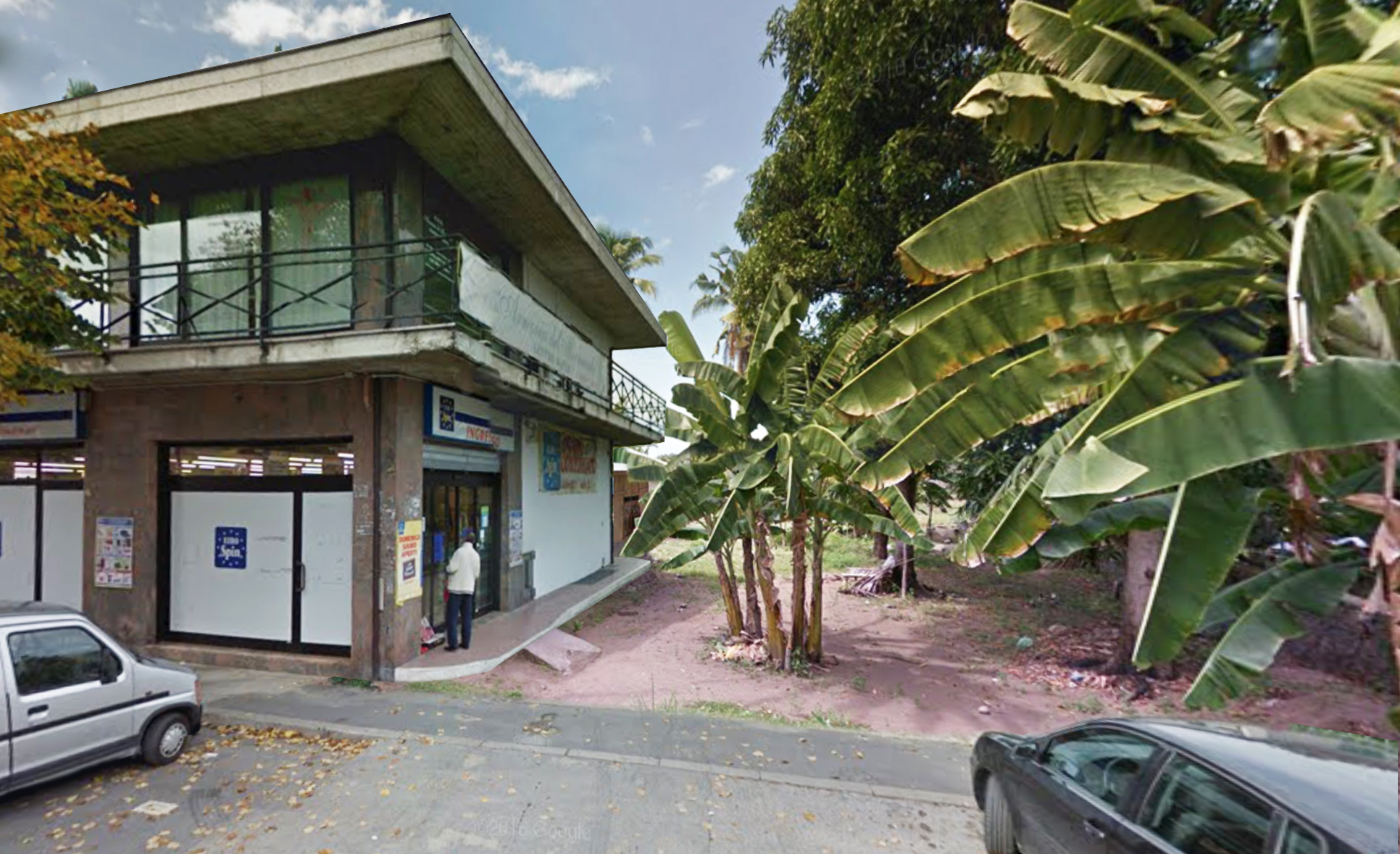
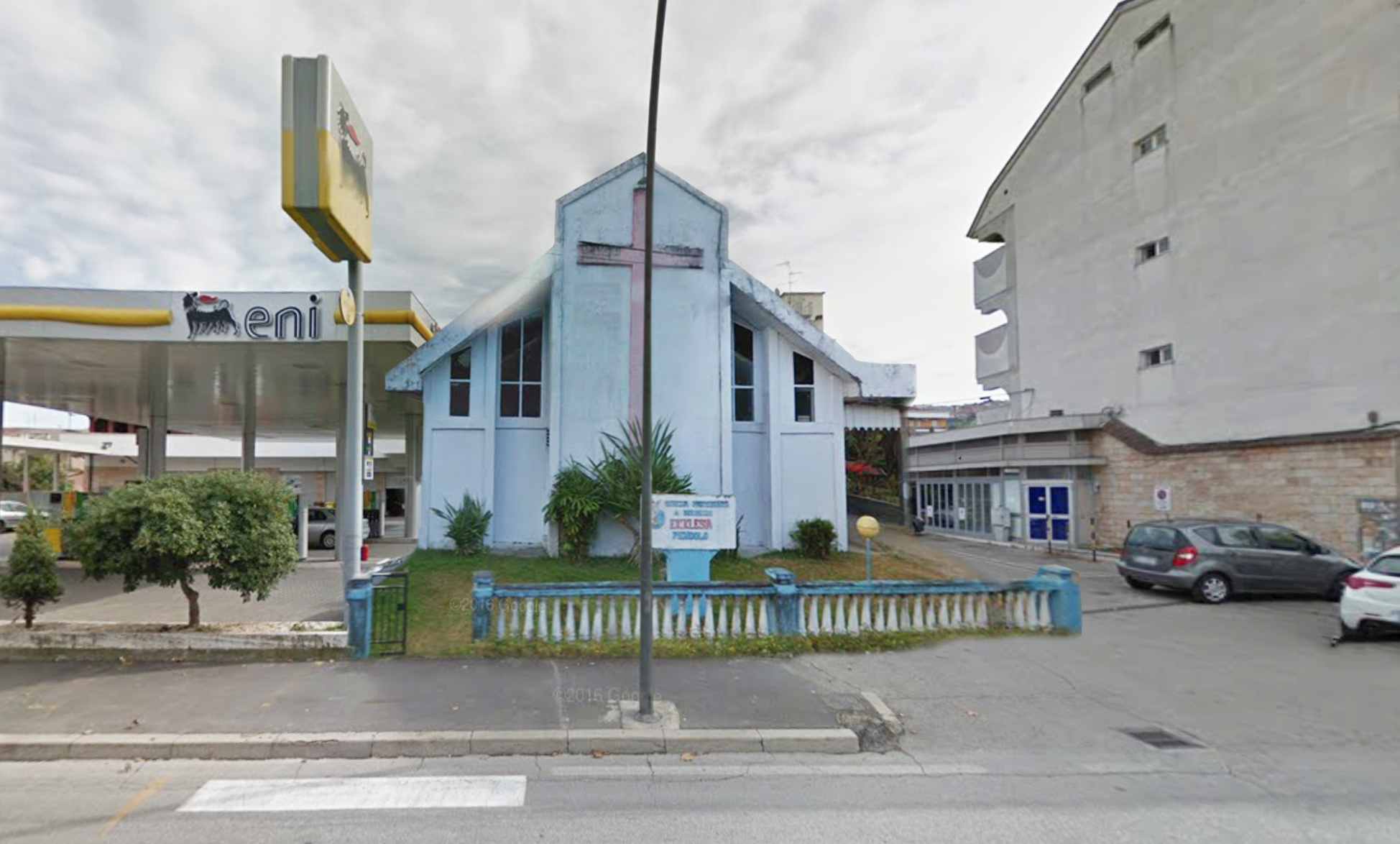
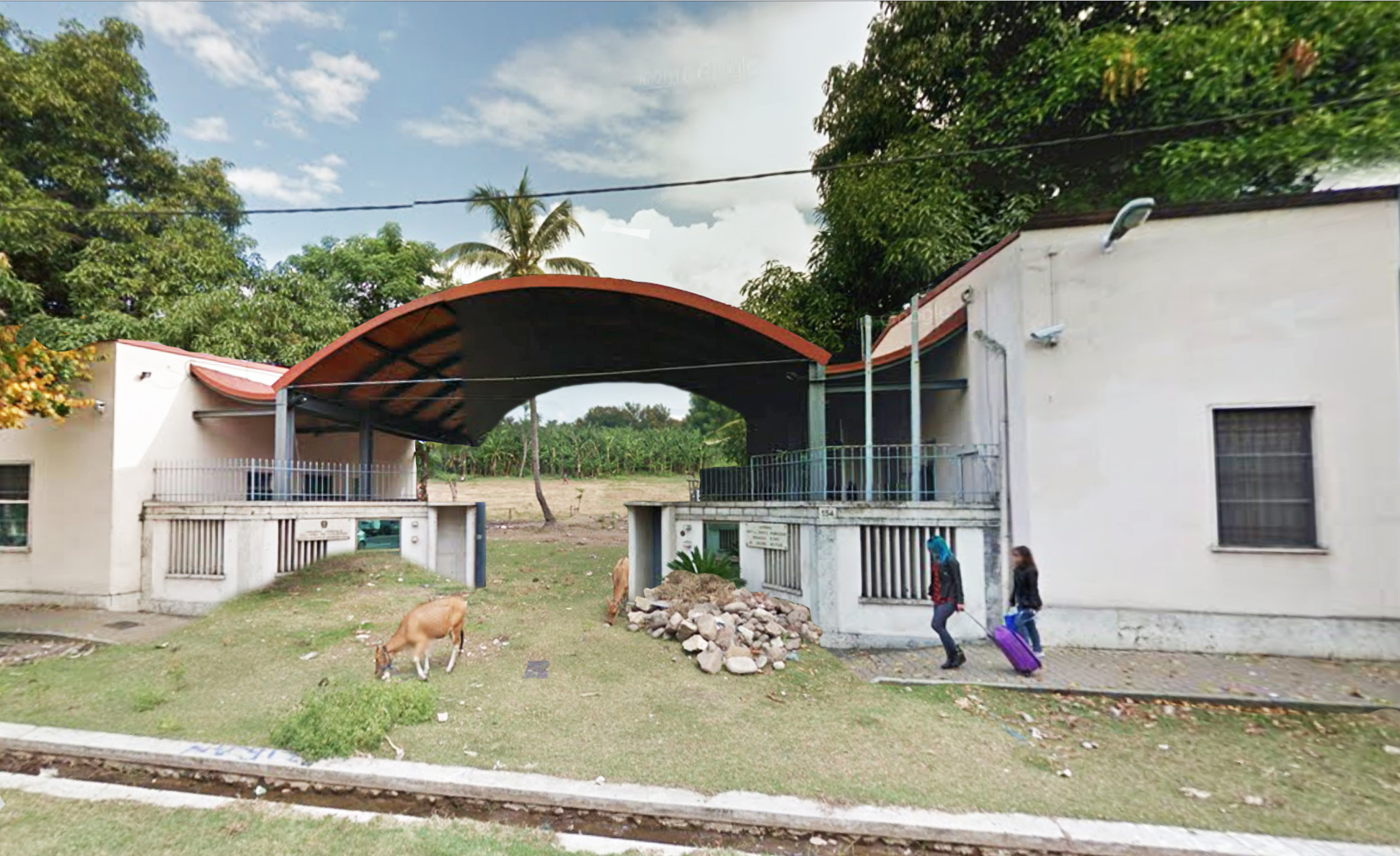
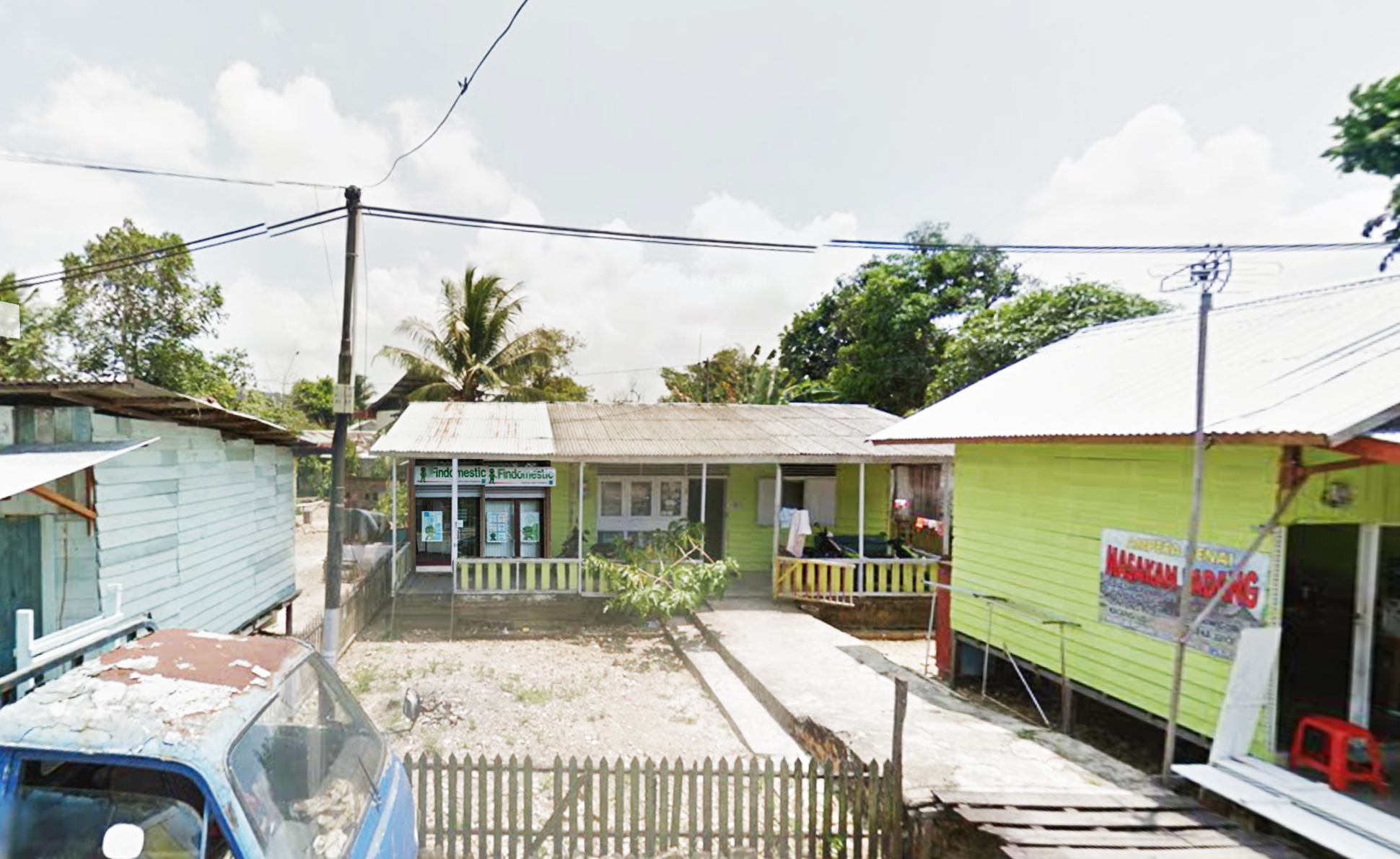

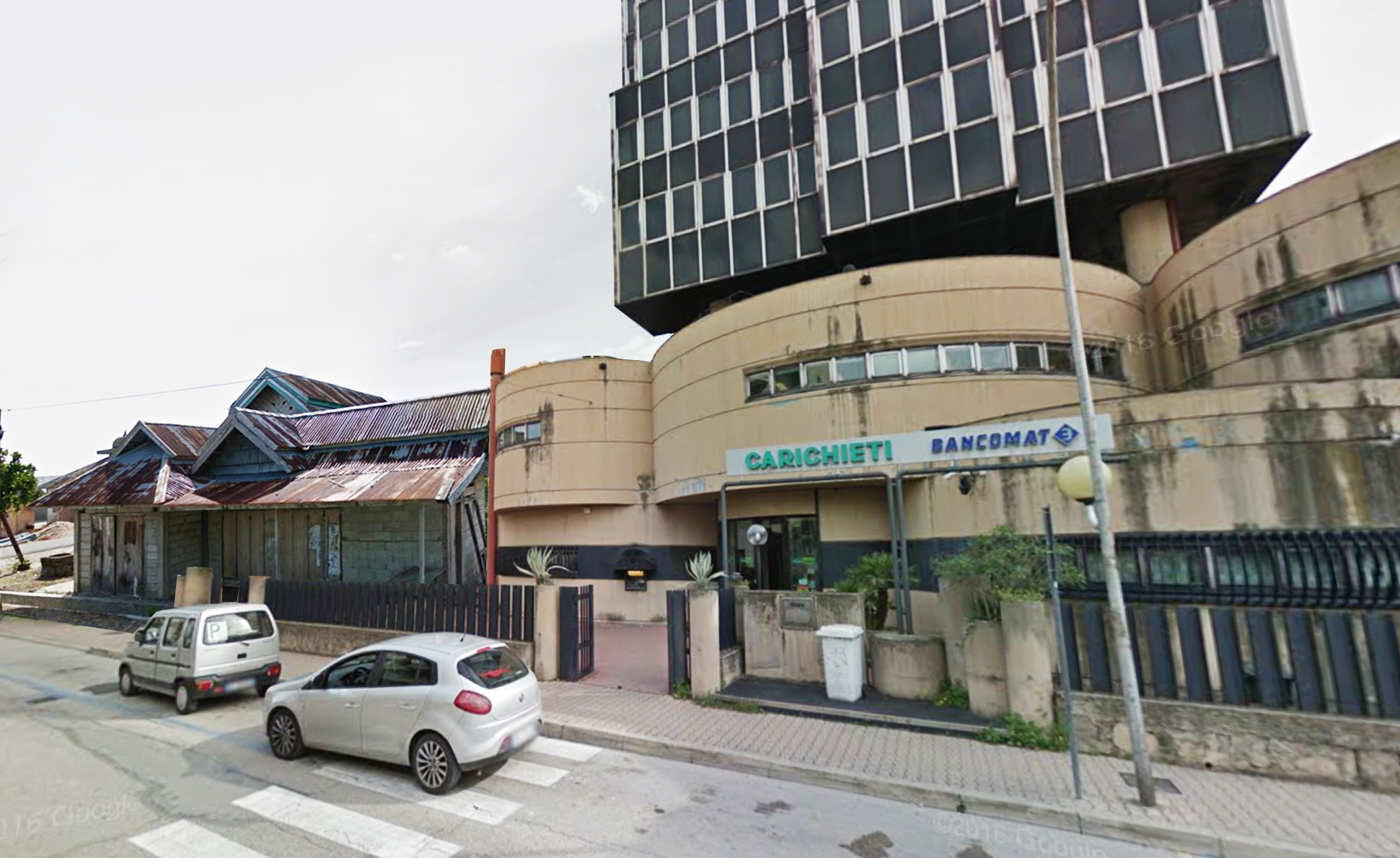
Chieti, Indonesia
2018-2019
dimensions 29,5x400 cm,
edition of 5 + 2 a.p.
Google Street View makes us observe the world through images collected by a robotic eye in a detailed and rational way. The moment the Google car passed, everything that was there was stopped, stored and transformed into a spherical image. Thanks to this technique, everything is photographed without discrimination. Nobody makes stylistic choices and there is no possibility of seeing anything other than reality.
Reflecting on this assumption I started the research.
The city where I grew up, Chieti, like many other inhabited centers, has been documented and put online. Living in a provincial city, as it happens for many people, I developed a relationship of love and hate towards the places I have always known. I have wished many times that the city was different, more like the places I loved, fantastic places, metropolises or small seaside villages with the sun all year round.
'Chieti, Indonesia' was born from the idea that this impossible vision of mine from Chieti was made public, opening the possibility for a stranger who travels Street View, to be able to see, believing them to be real, the places that I have only imagined. realized they overturn the sense of Street View, breaking the main rule of the vision of an accurate reality made possible by Google's nine-eye camera. The photomontages, loaded into the system as public photographs, unite the places of the main street of Chieti with those of numerous Indonesian localities, mixing two completely different visions of the world in a single impossible image.
2018-2019
dimensions 29,5x400 cm,
edition of 5 + 2 a.p.
Google Street View makes us observe the world through images collected by a robotic eye in a detailed and rational way. The moment the Google car passed, everything that was there was stopped, stored and transformed into a spherical image. Thanks to this technique, everything is photographed without discrimination. Nobody makes stylistic choices and there is no possibility of seeing anything other than reality.
Reflecting on this assumption I started the research.
The city where I grew up, Chieti, like many other inhabited centers, has been documented and put online. Living in a provincial city, as it happens for many people, I developed a relationship of love and hate towards the places I have always known. I have wished many times that the city was different, more like the places I loved, fantastic places, metropolises or small seaside villages with the sun all year round.
'Chieti, Indonesia' was born from the idea that this impossible vision of mine from Chieti was made public, opening the possibility for a stranger who travels Street View, to be able to see, believing them to be real, the places that I have only imagined. realized they overturn the sense of Street View, breaking the main rule of the vision of an accurate reality made possible by Google's nine-eye camera. The photomontages, loaded into the system as public photographs, unite the places of the main street of Chieti with those of numerous Indonesian localities, mixing two completely different visions of the world in a single impossible image.
(italian)
Google Street View ci fa osservare il mondo attraverso le immagini raccolte da un occhio robotico in maniera dettagliata e razionale. Nel momento in cui è passata l’automobile di Google tutto quello che c’era è stato fermato, immagazzinato e trasformato in un immagine sferica. Grazie a questa tecnica viene fotografato tutto senza discriminazione. Nessuno fa scelte stilistiche e non esiste la possibilità di vedere altro che il reale.
Riflettendo su questo presupposto ho iniziato la ricerca.
La città dove sono cresciuto, Chieti, come tante altri centri abitati, è stata documentata e messa online. Vivendo in una città di provincia, come accade per molte persone, ho sviluppato un rapporto di amore ed odio verso i luoghi che conosco da sempre. Ho desiderato molte volte che la città fosse diversa, più simile ai posti che amavo, a luoghi fantastici, a metropoli o piccoli villaggi di mare con il sole tutto l’anno.
‘Chieti, Indonesia’ nasce dall’idea che questa mia impossibile visione di Chieti, venisse resa pubblica, aprendo la possibilità ad uno sconosciuto che viaggia Street View, di poter vedere, credendoli reali, i posti che ho solo immaginato.Queste immagini che ho realizzato capovolgono il senso di Street View, rompendo la regola principale della visione di una realtà accurata resa possibile dalla fotocamera a nove occhi di Google. I fotomontaggi, caricati nel sistema come fotografie pubbliche, uniscono i luoghi della via principale di Chieti con quelli di numerose località indonesiane, mescolando due visioni del mondo completamente diverse in un unica impossibile immagine.
Google Street View ci fa osservare il mondo attraverso le immagini raccolte da un occhio robotico in maniera dettagliata e razionale. Nel momento in cui è passata l’automobile di Google tutto quello che c’era è stato fermato, immagazzinato e trasformato in un immagine sferica. Grazie a questa tecnica viene fotografato tutto senza discriminazione. Nessuno fa scelte stilistiche e non esiste la possibilità di vedere altro che il reale.
Riflettendo su questo presupposto ho iniziato la ricerca.
La città dove sono cresciuto, Chieti, come tante altri centri abitati, è stata documentata e messa online. Vivendo in una città di provincia, come accade per molte persone, ho sviluppato un rapporto di amore ed odio verso i luoghi che conosco da sempre. Ho desiderato molte volte che la città fosse diversa, più simile ai posti che amavo, a luoghi fantastici, a metropoli o piccoli villaggi di mare con il sole tutto l’anno.
‘Chieti, Indonesia’ nasce dall’idea che questa mia impossibile visione di Chieti, venisse resa pubblica, aprendo la possibilità ad uno sconosciuto che viaggia Street View, di poter vedere, credendoli reali, i posti che ho solo immaginato.Queste immagini che ho realizzato capovolgono il senso di Street View, rompendo la regola principale della visione di una realtà accurata resa possibile dalla fotocamera a nove occhi di Google. I fotomontaggi, caricati nel sistema come fotografie pubbliche, uniscono i luoghi della via principale di Chieti con quelli di numerose località indonesiane, mescolando due visioni del mondo completamente diverse in un unica impossibile immagine.
